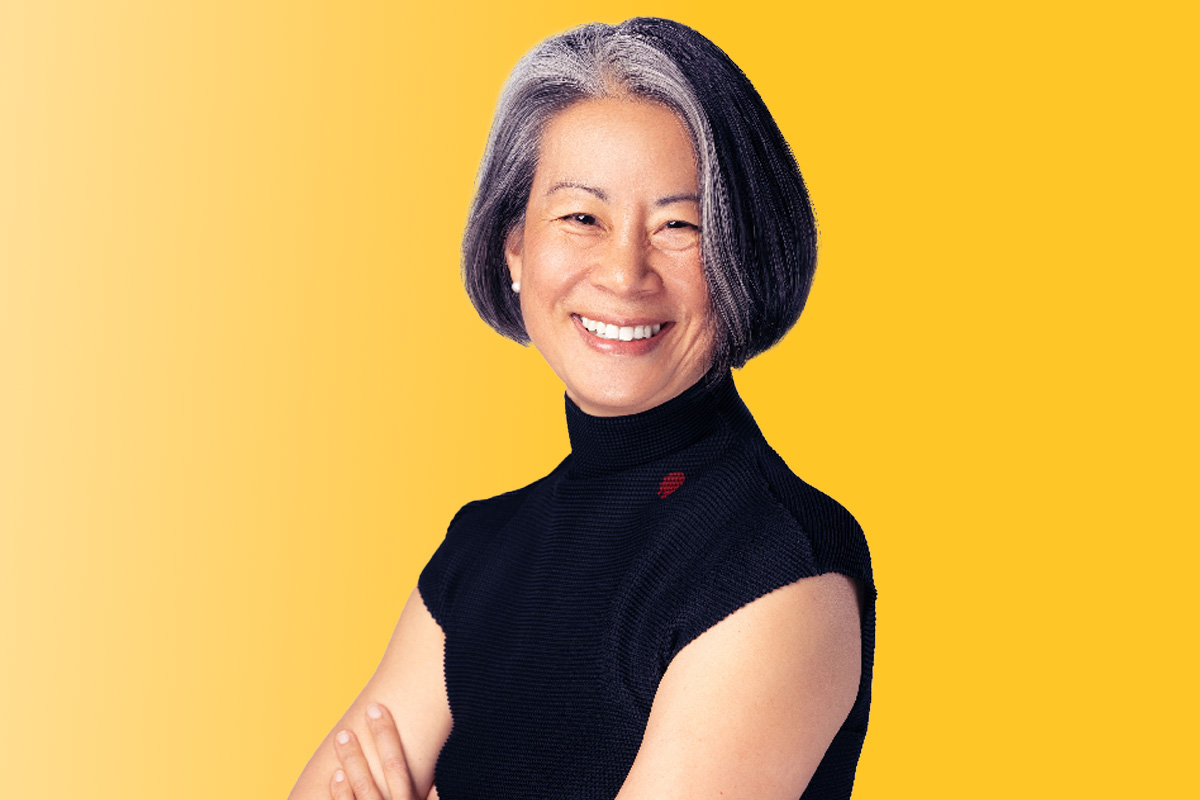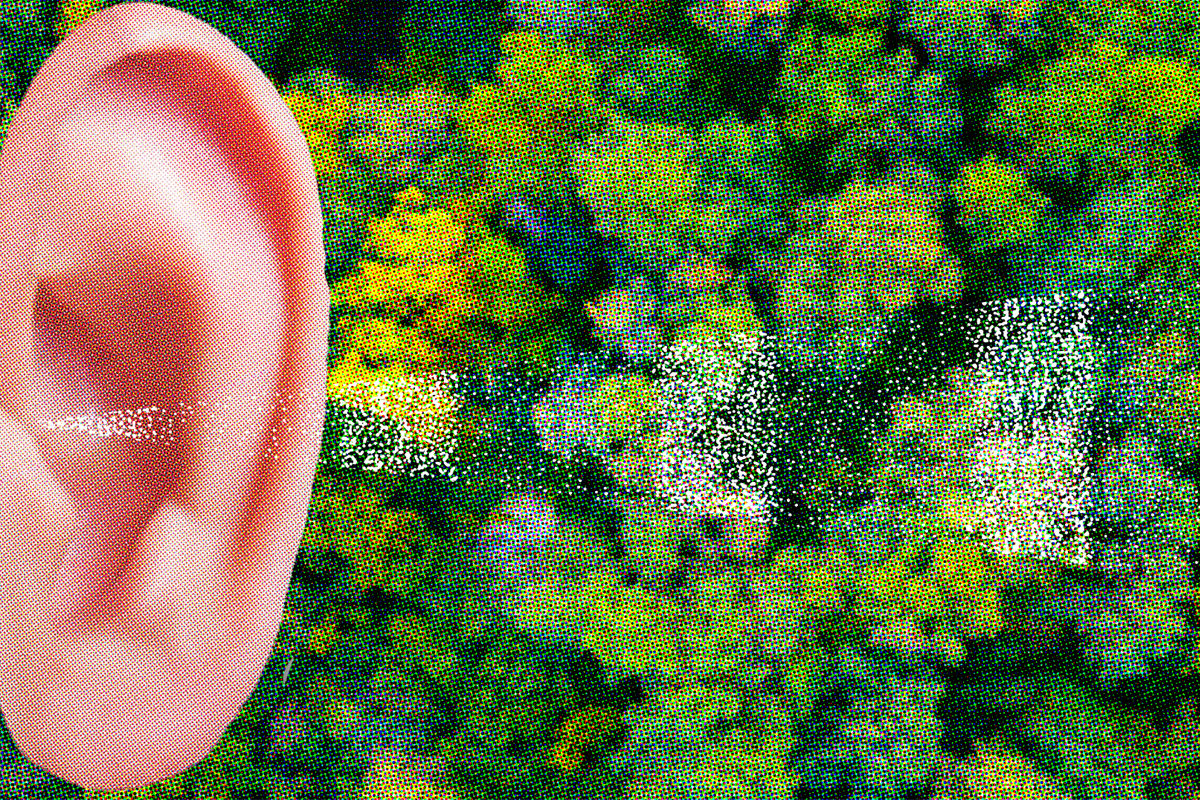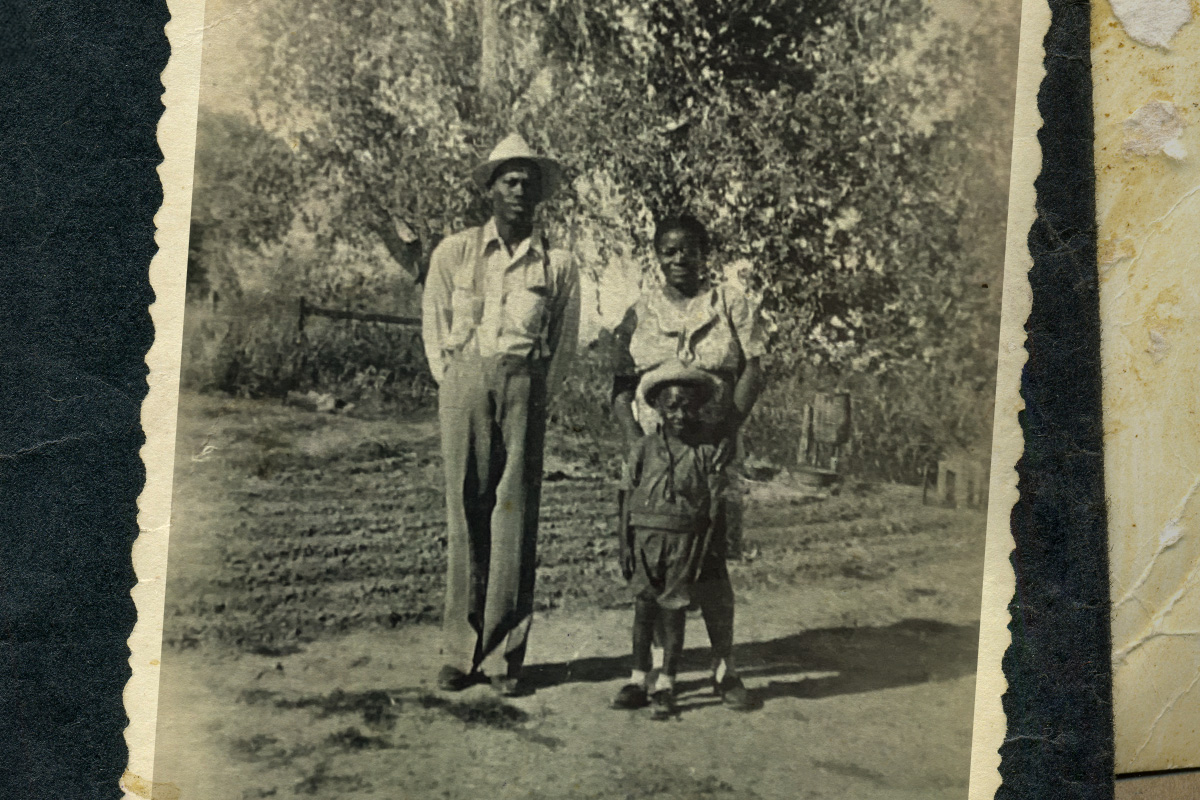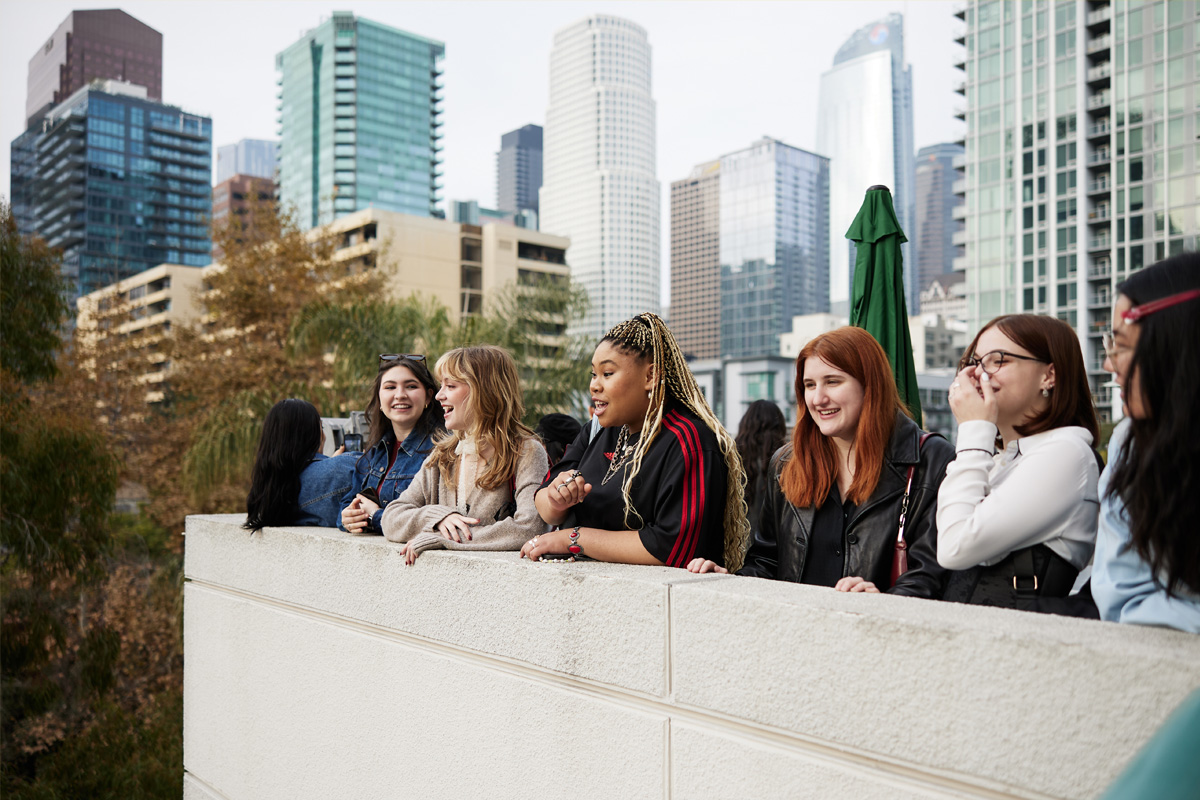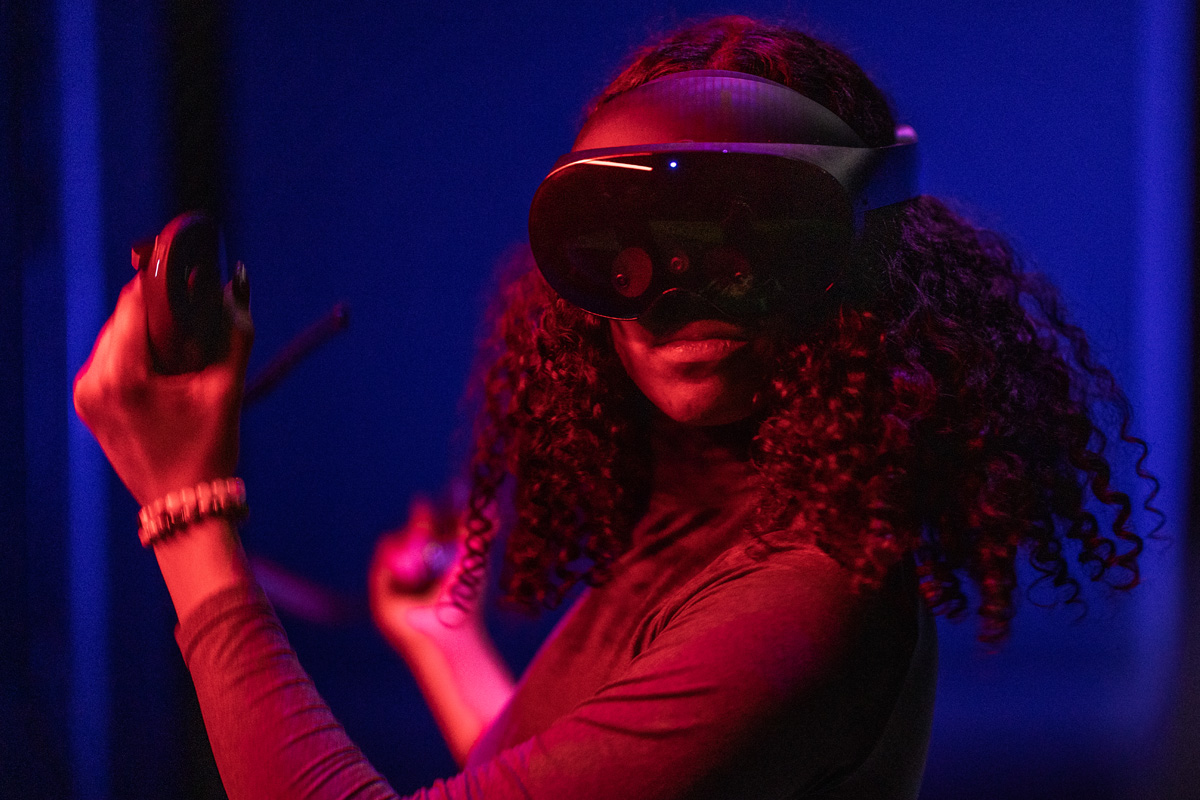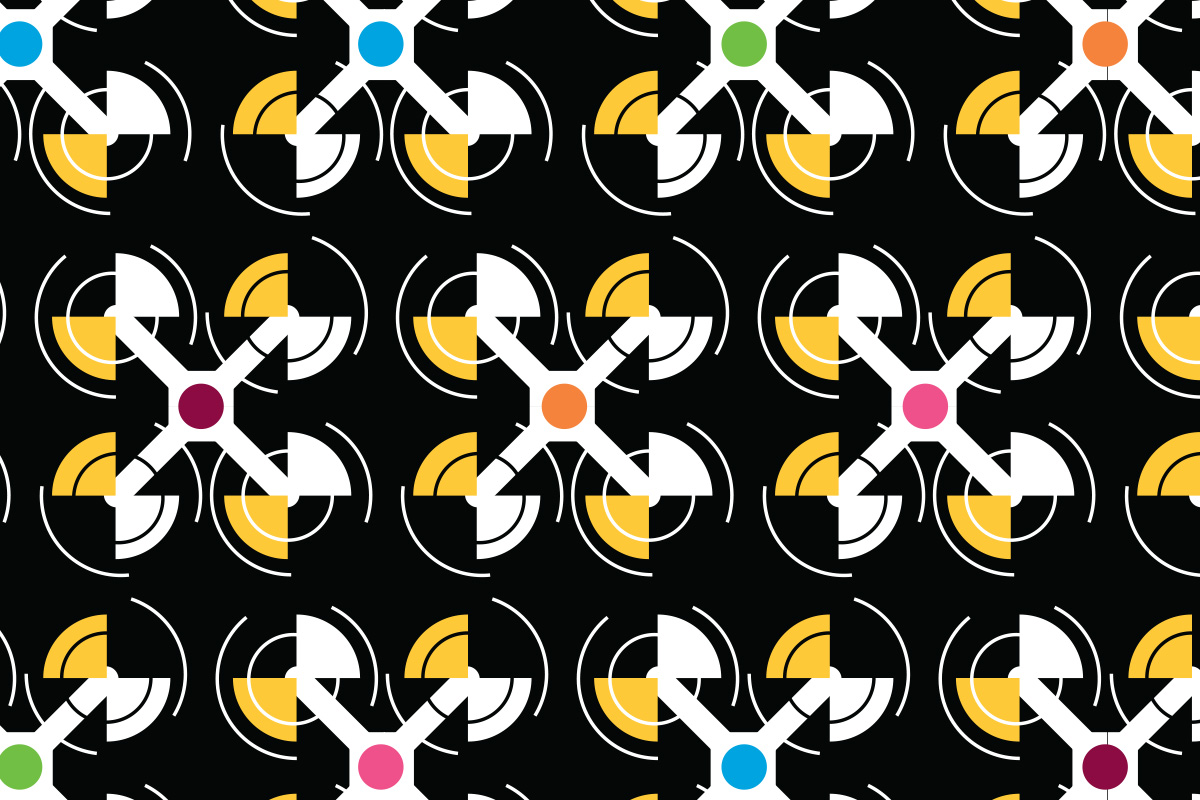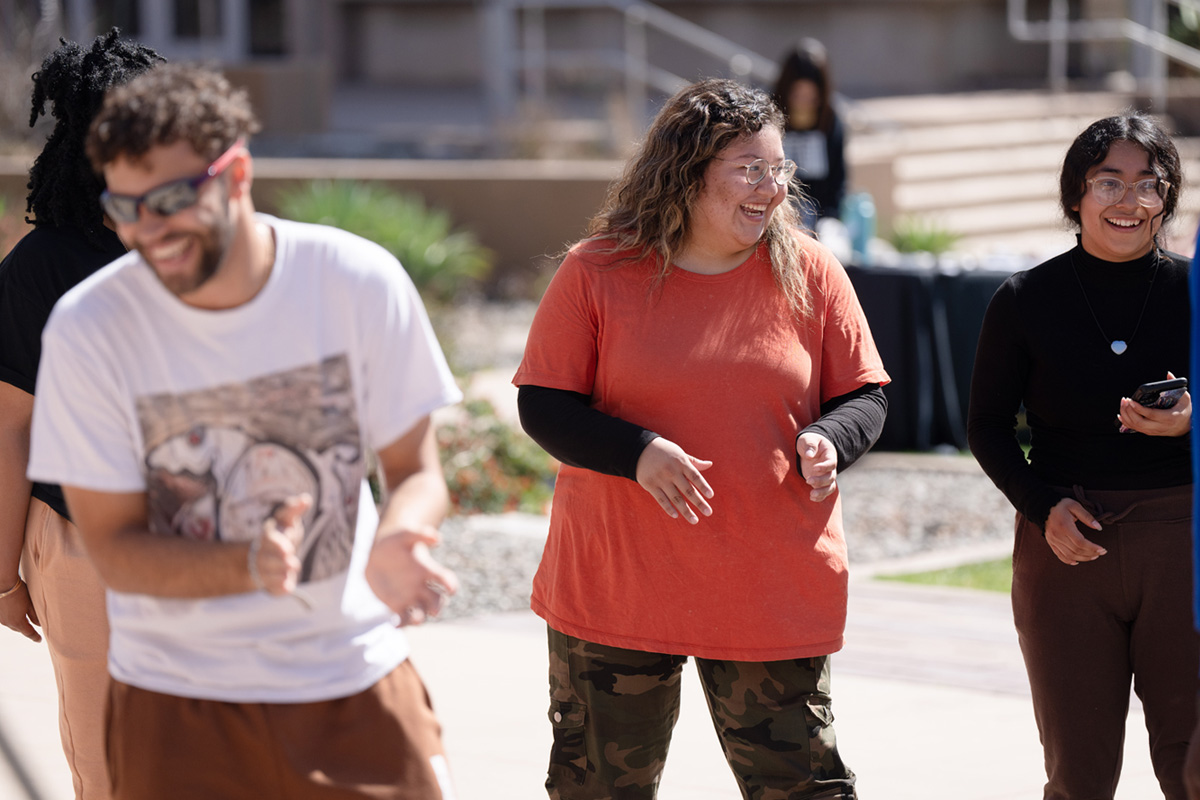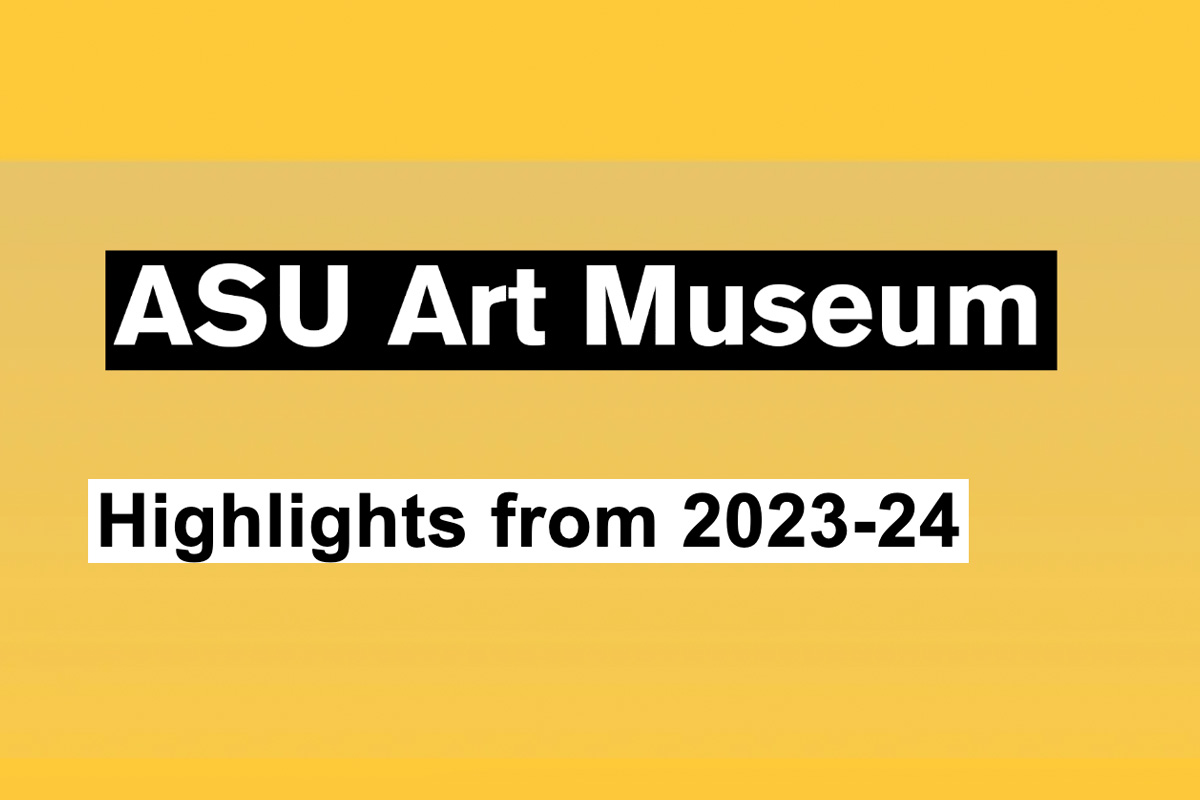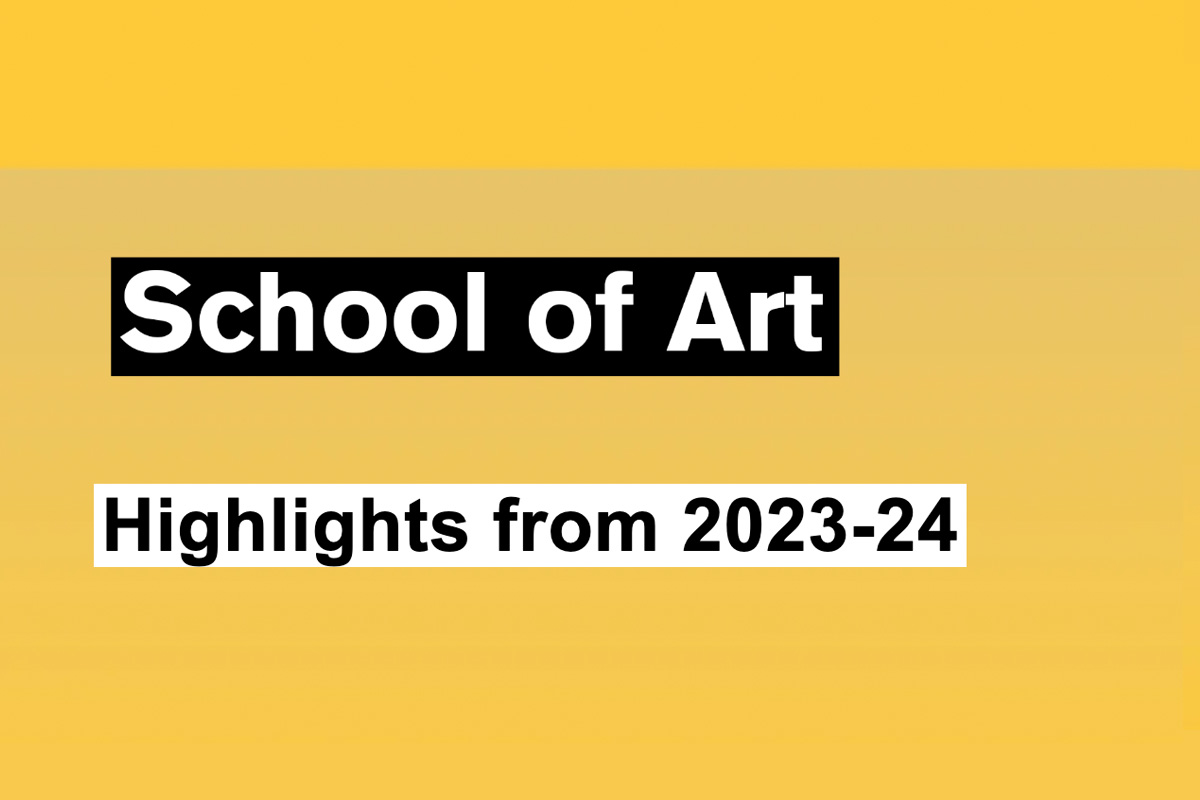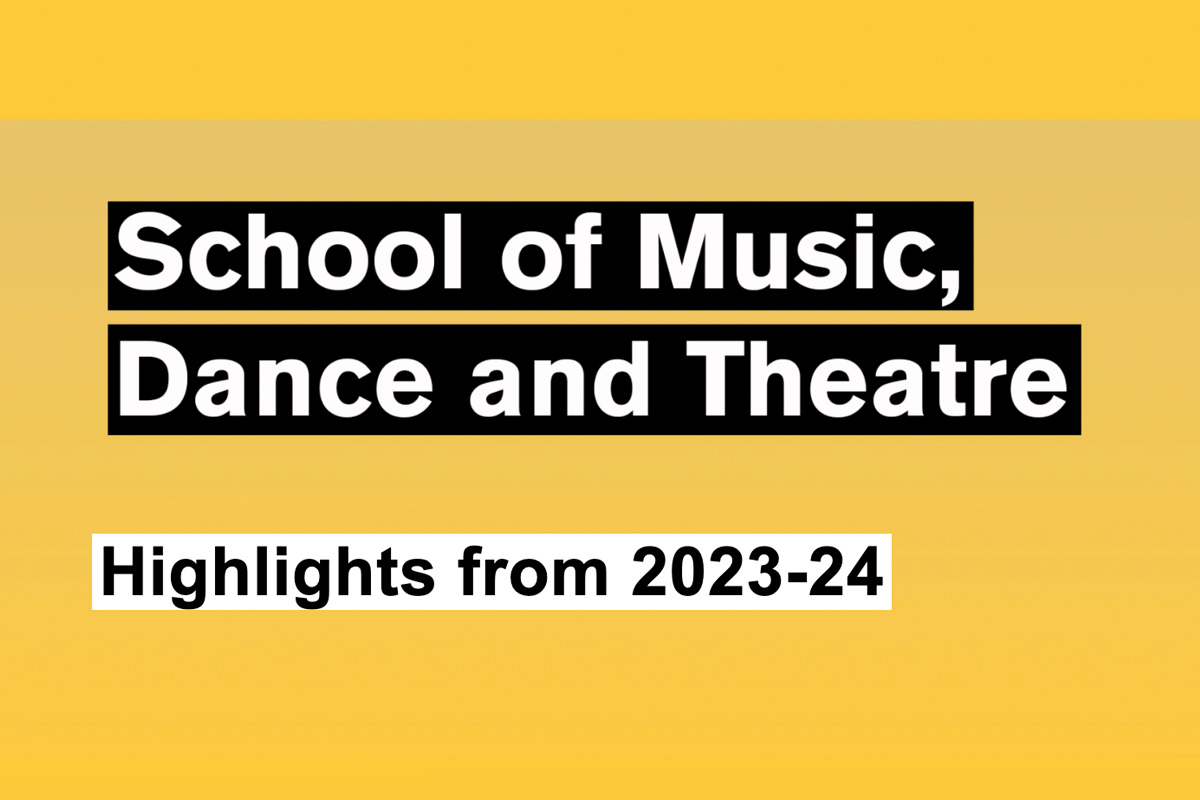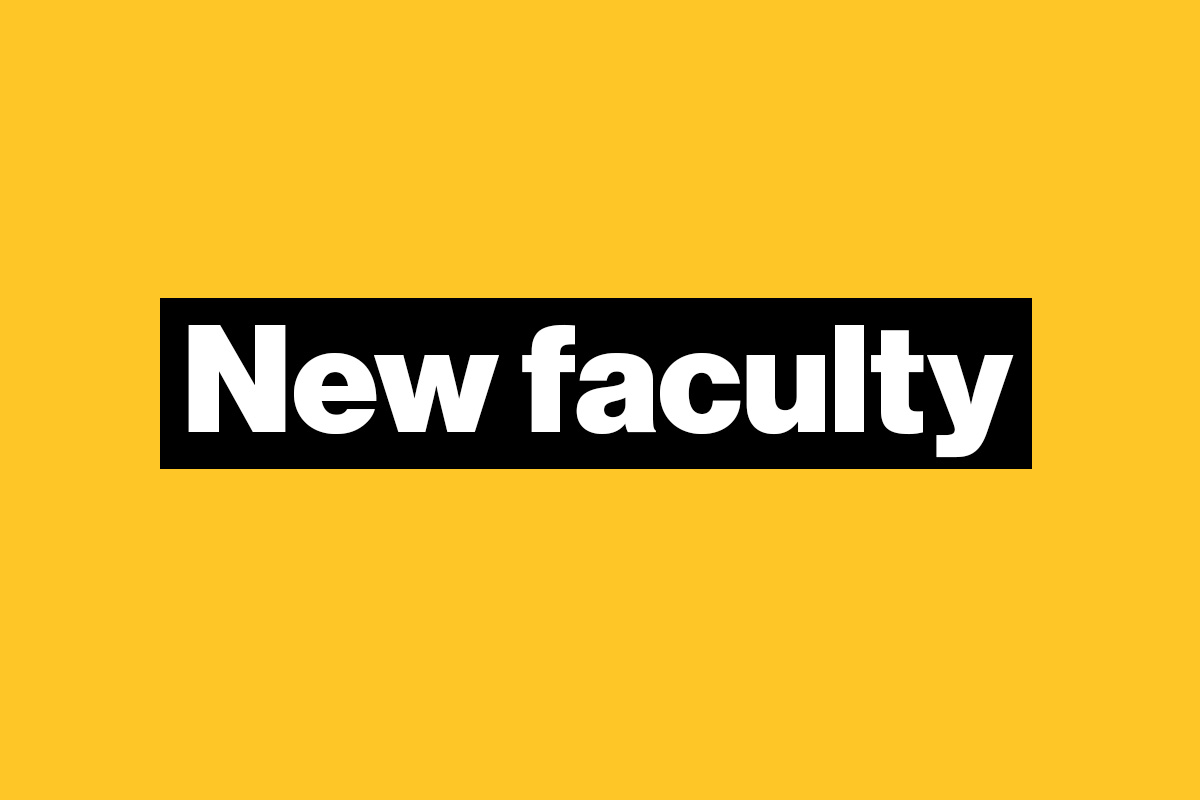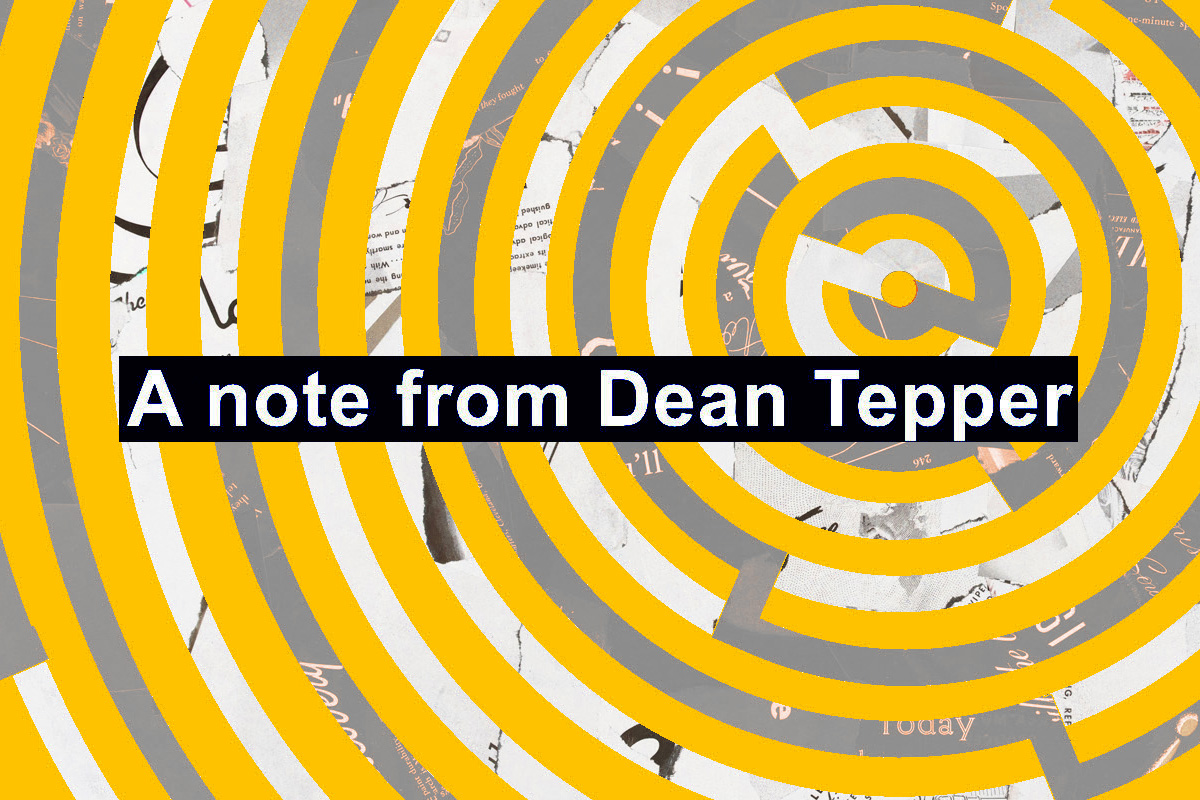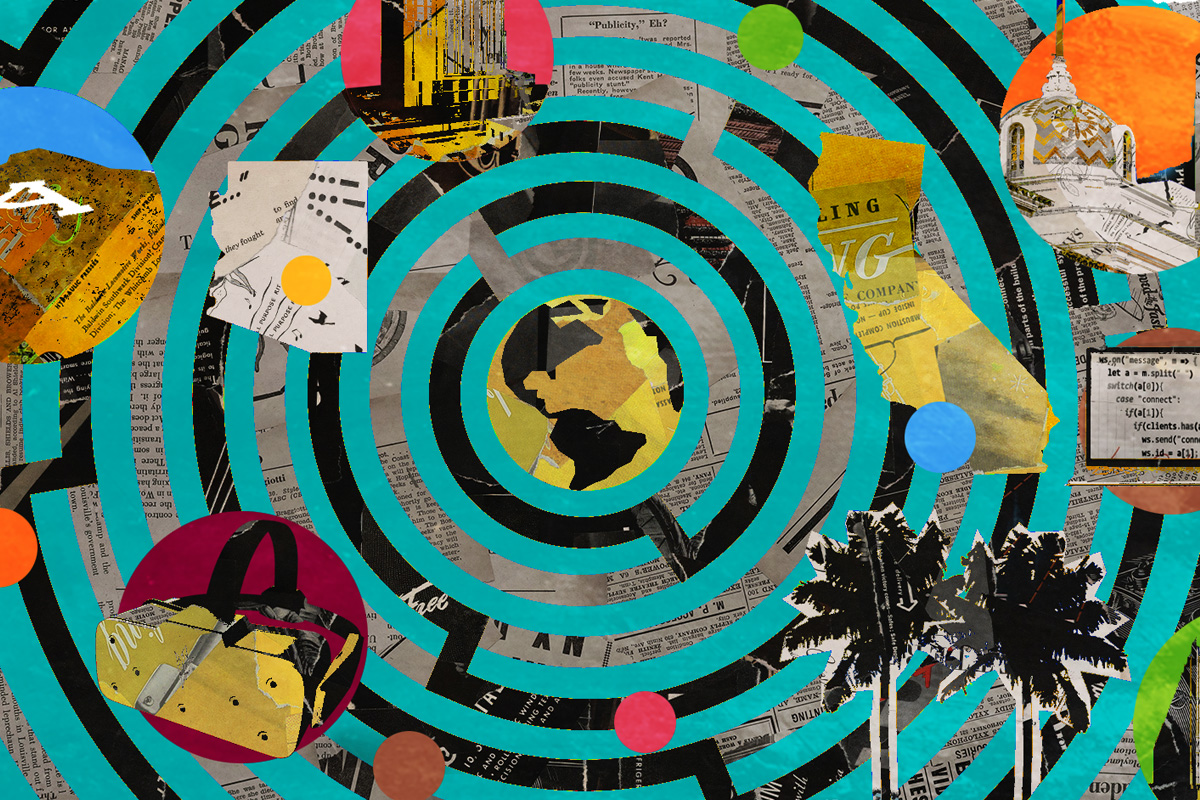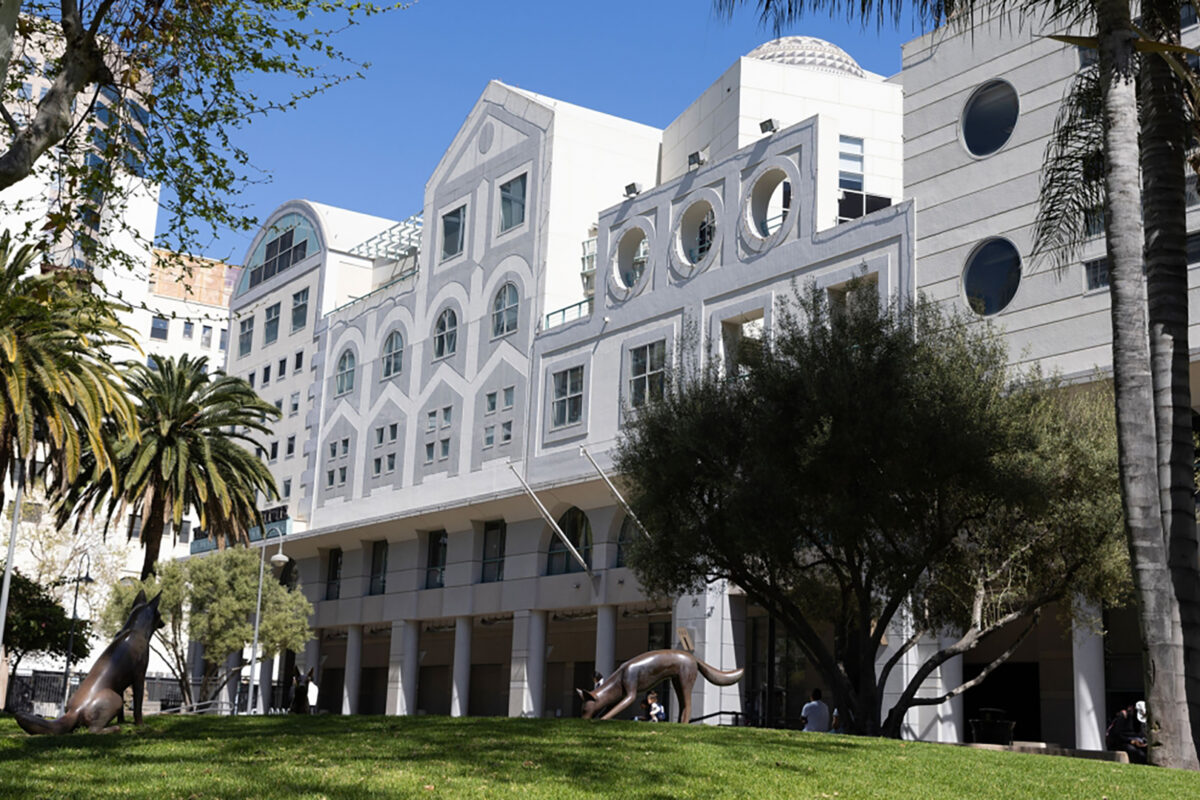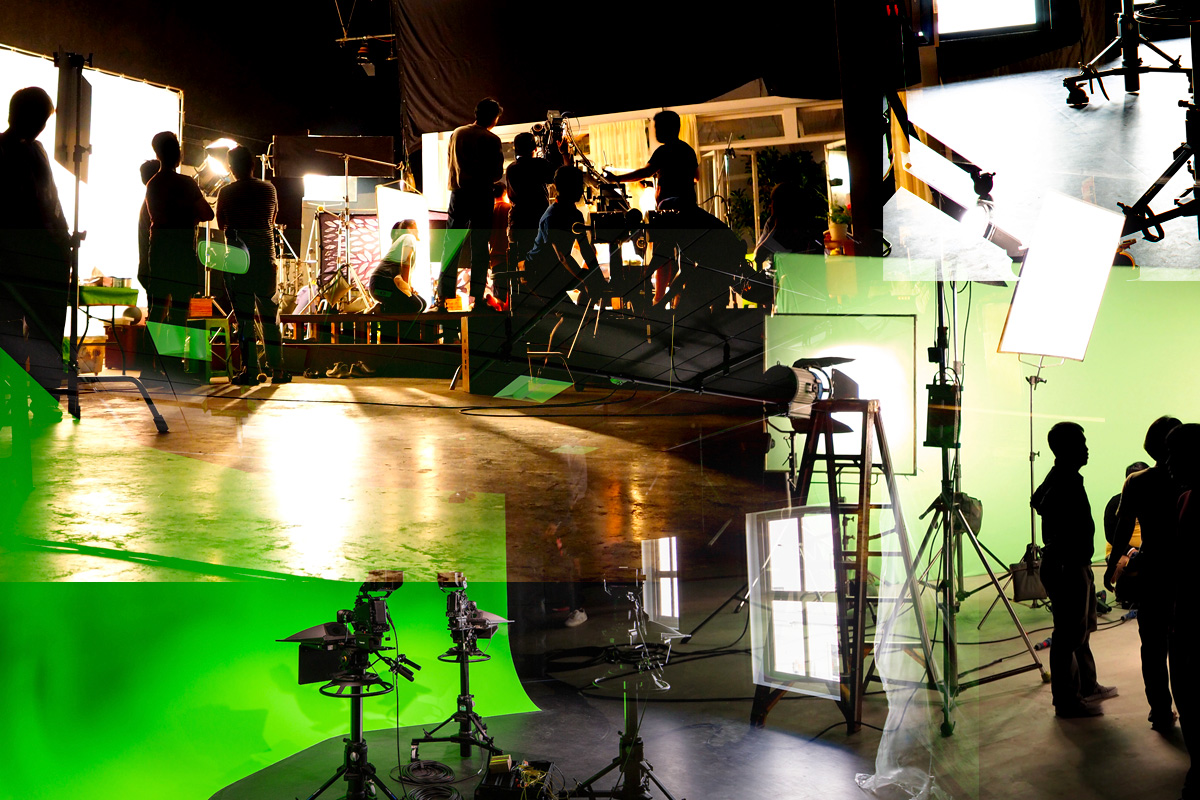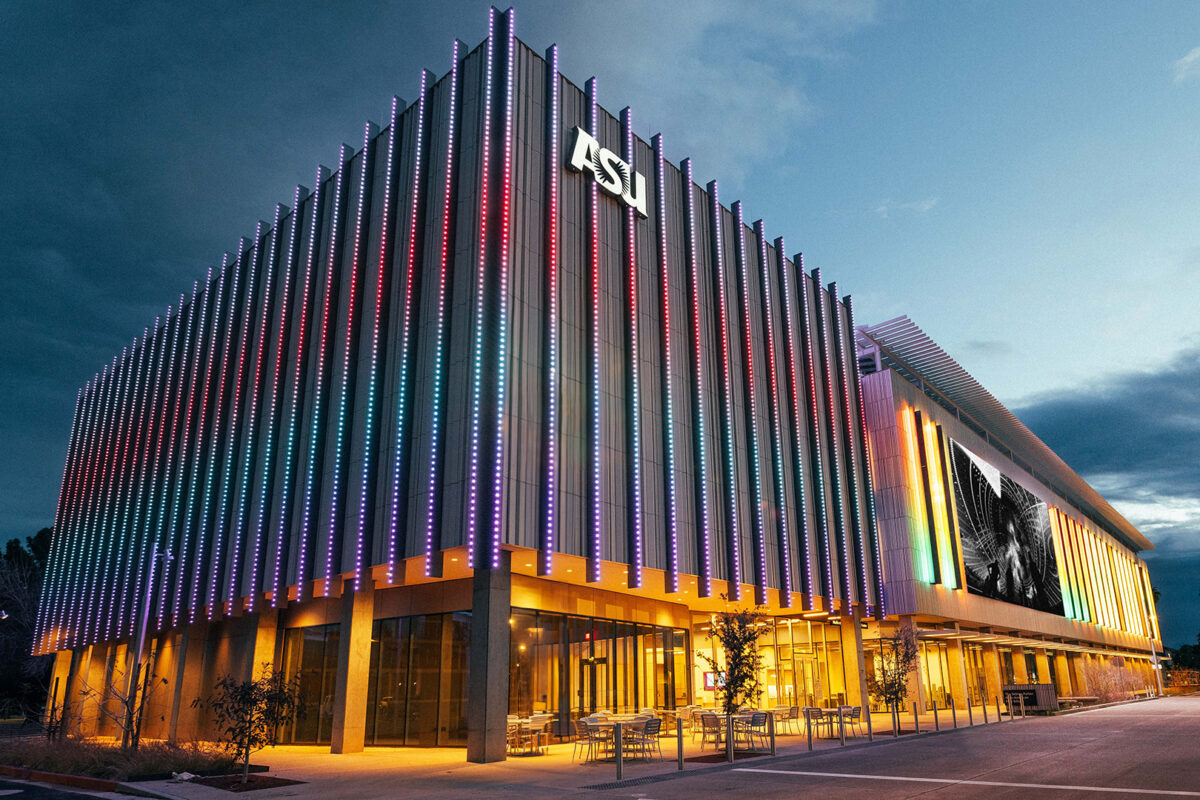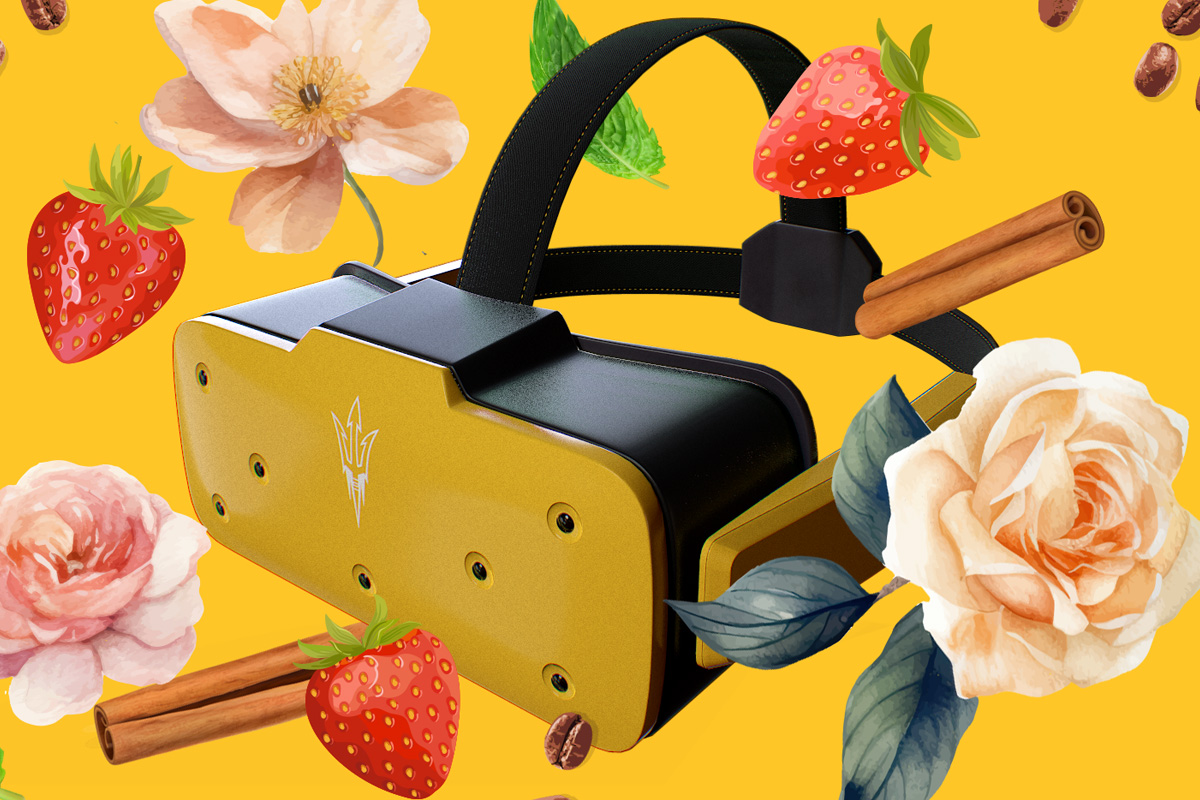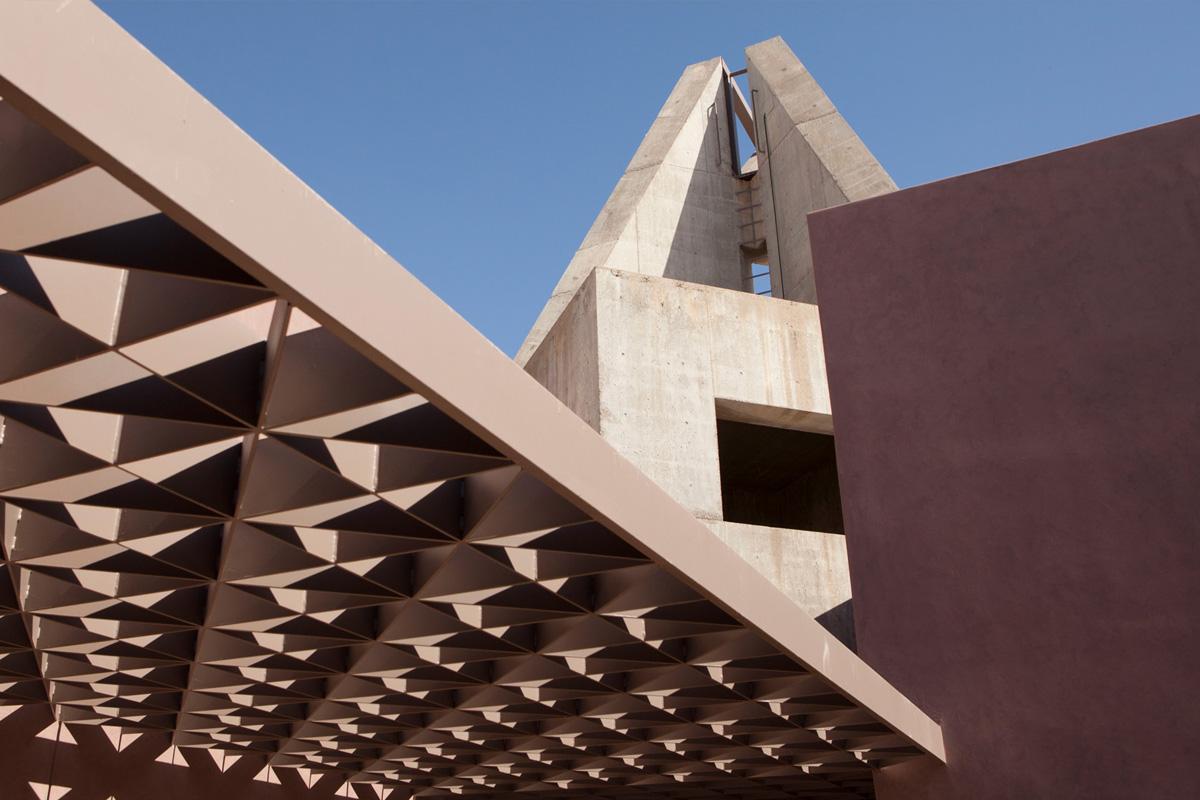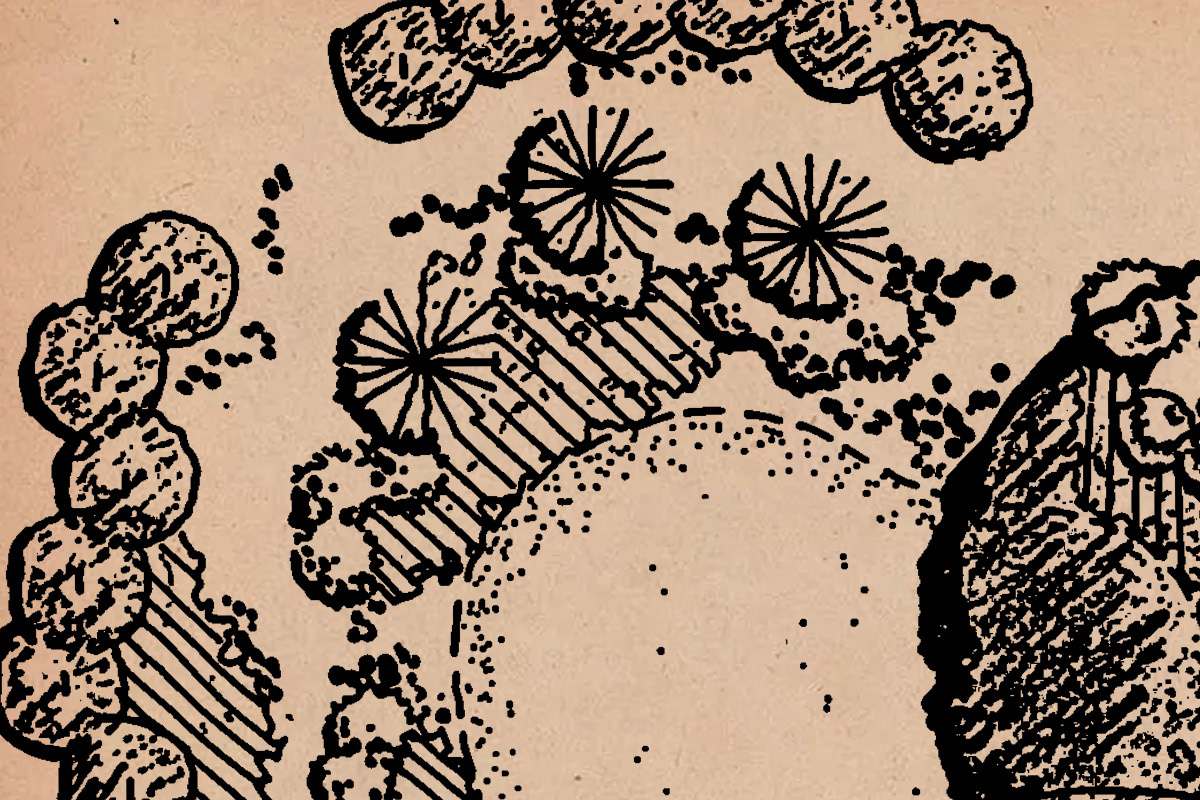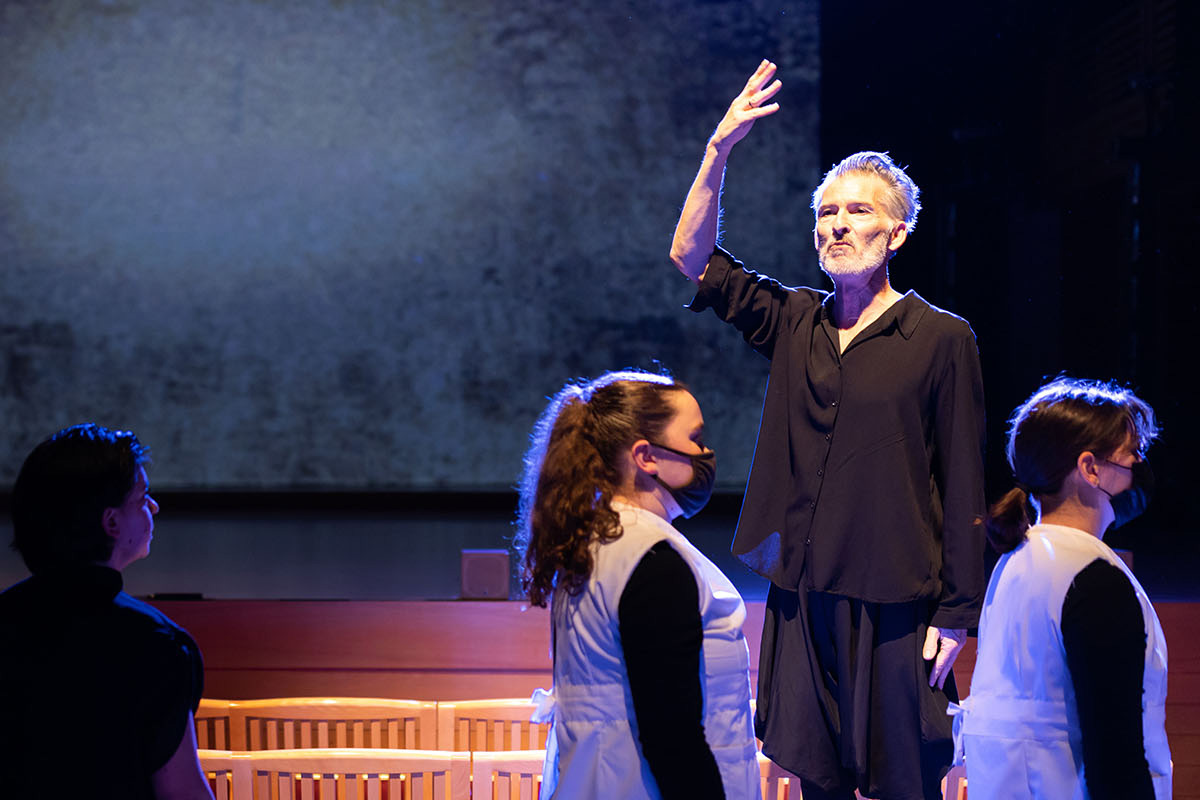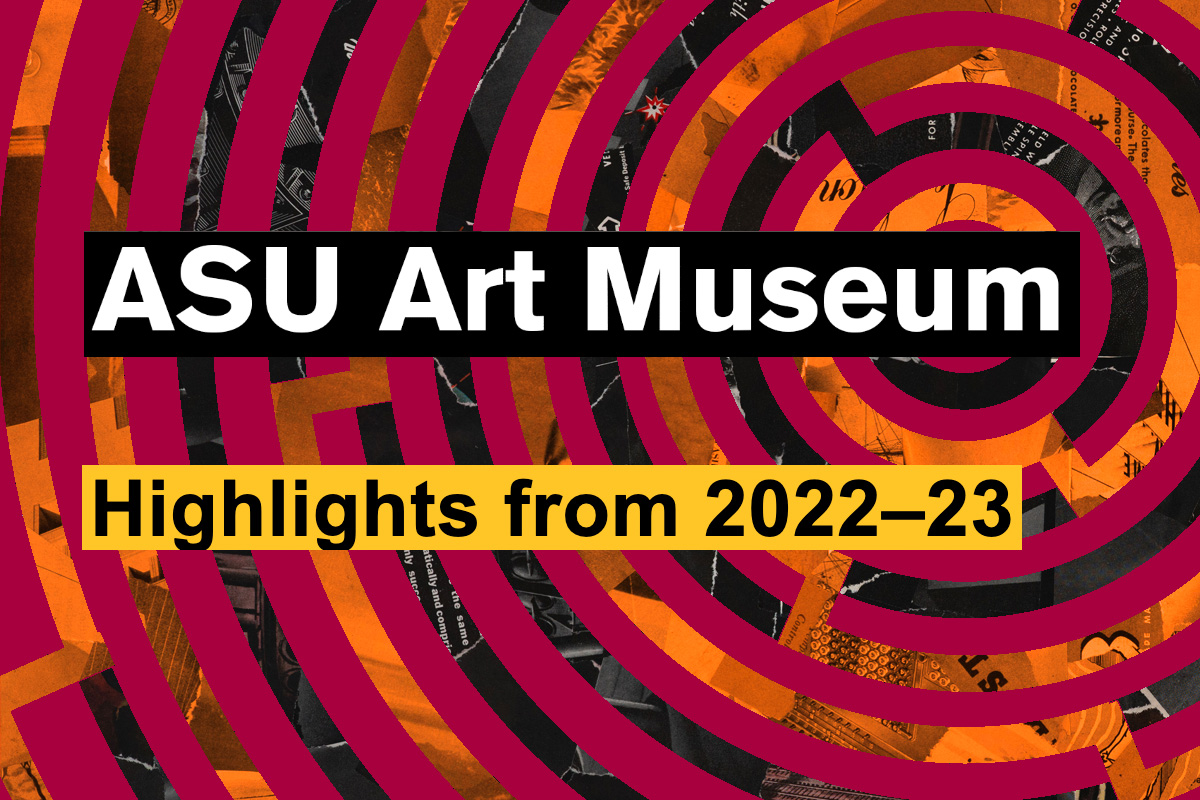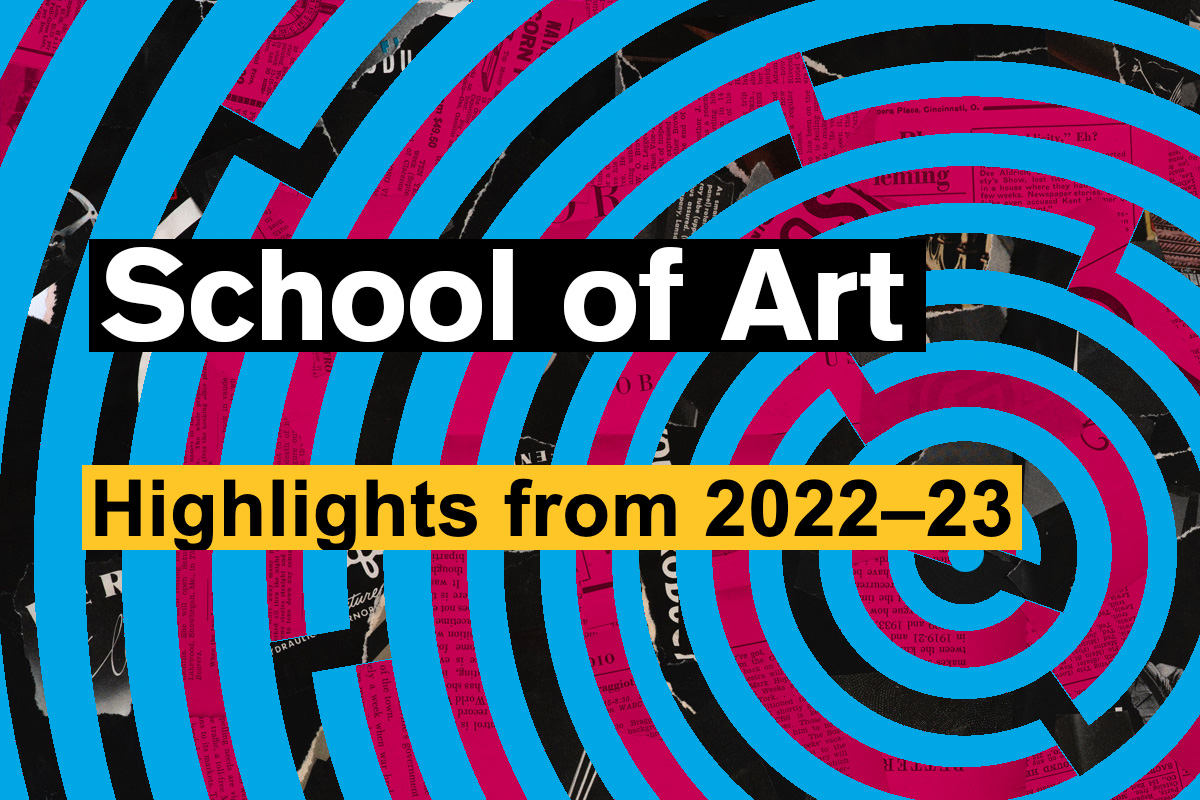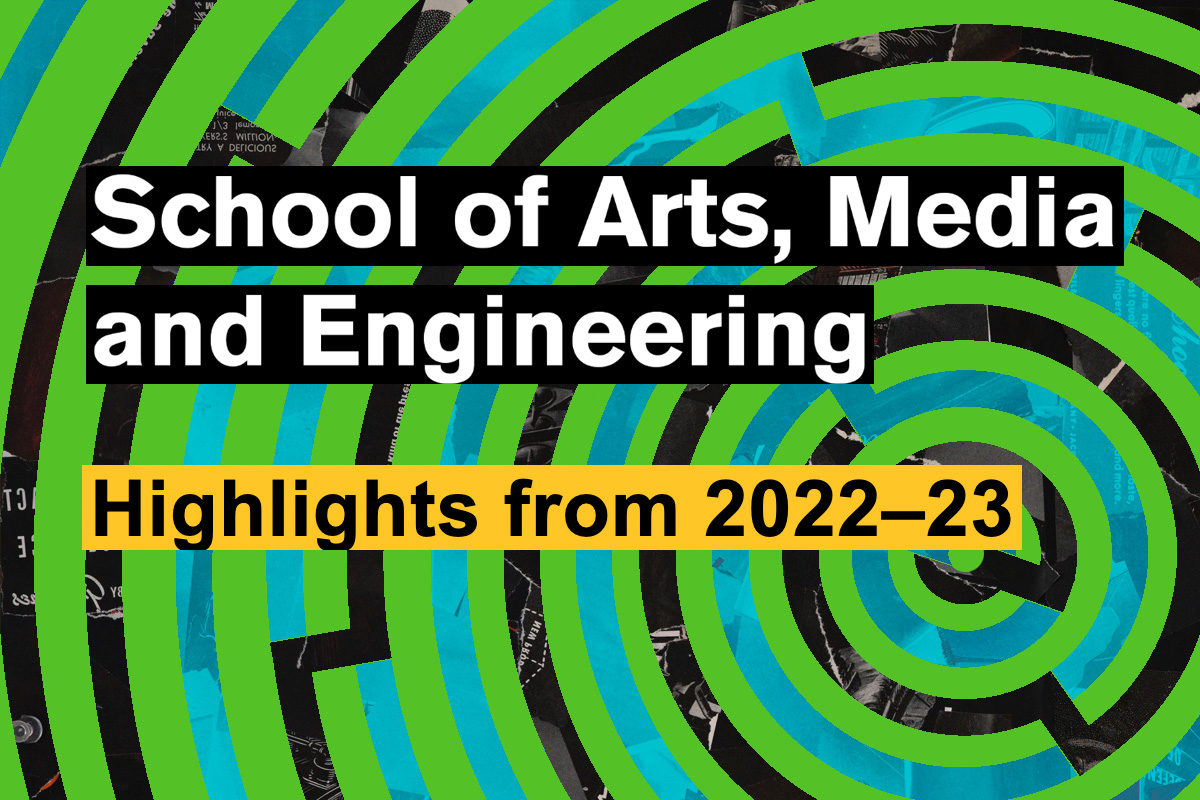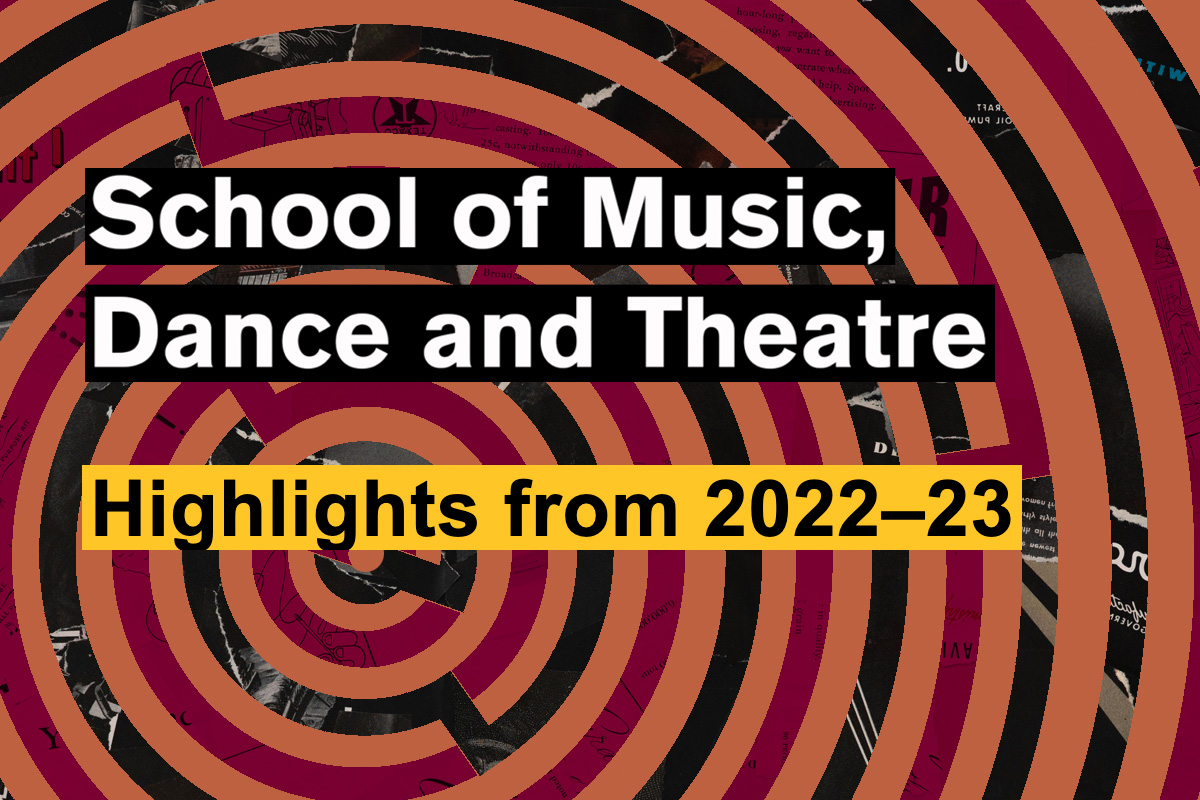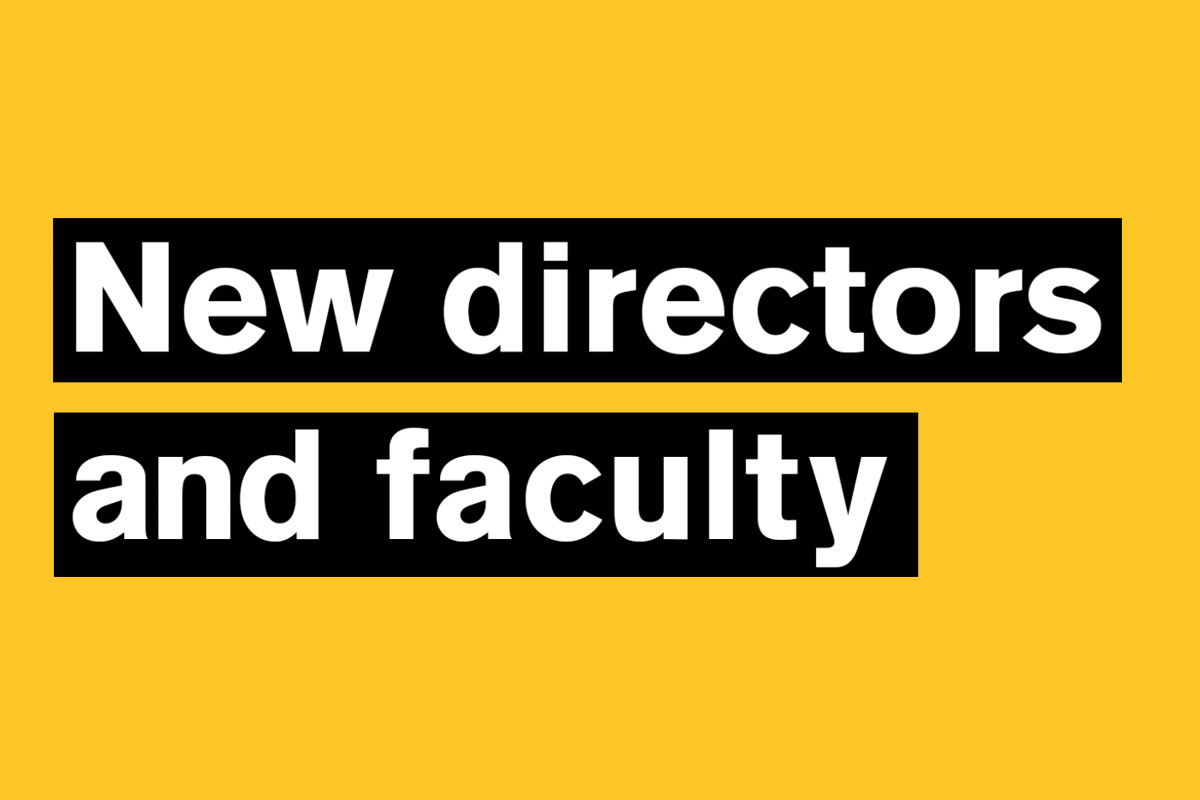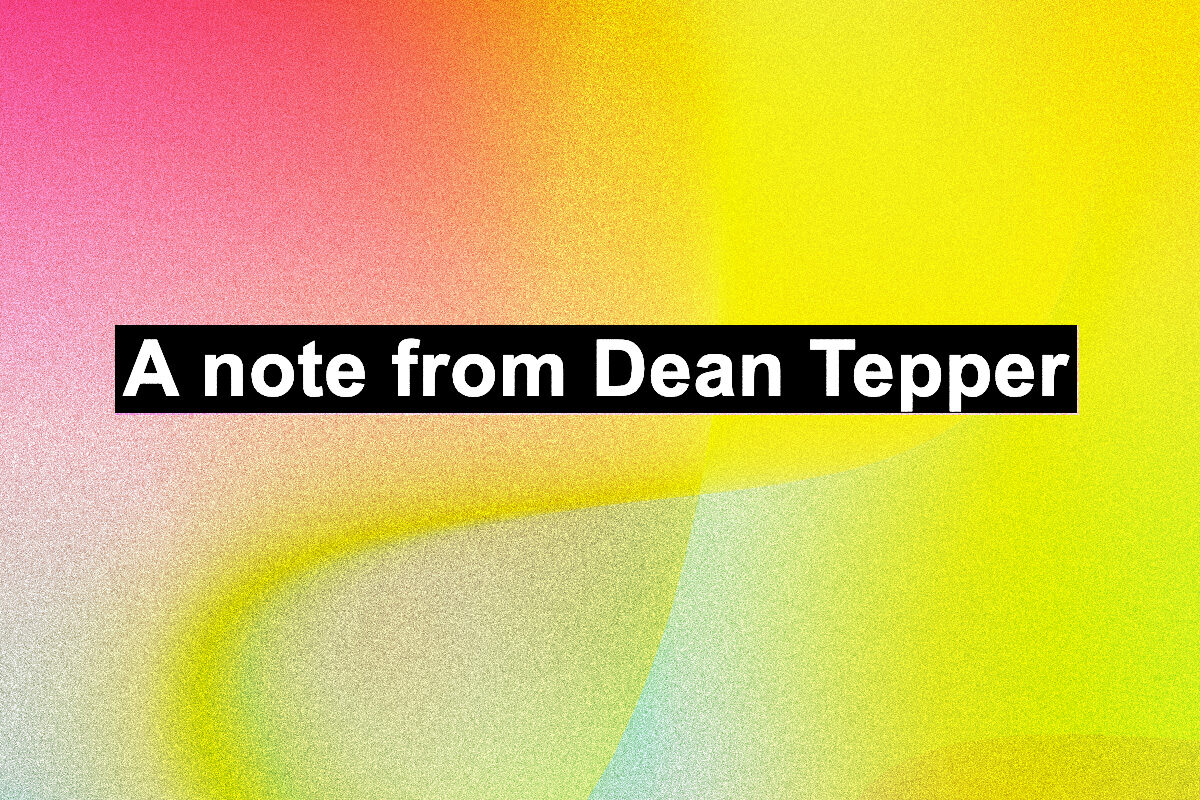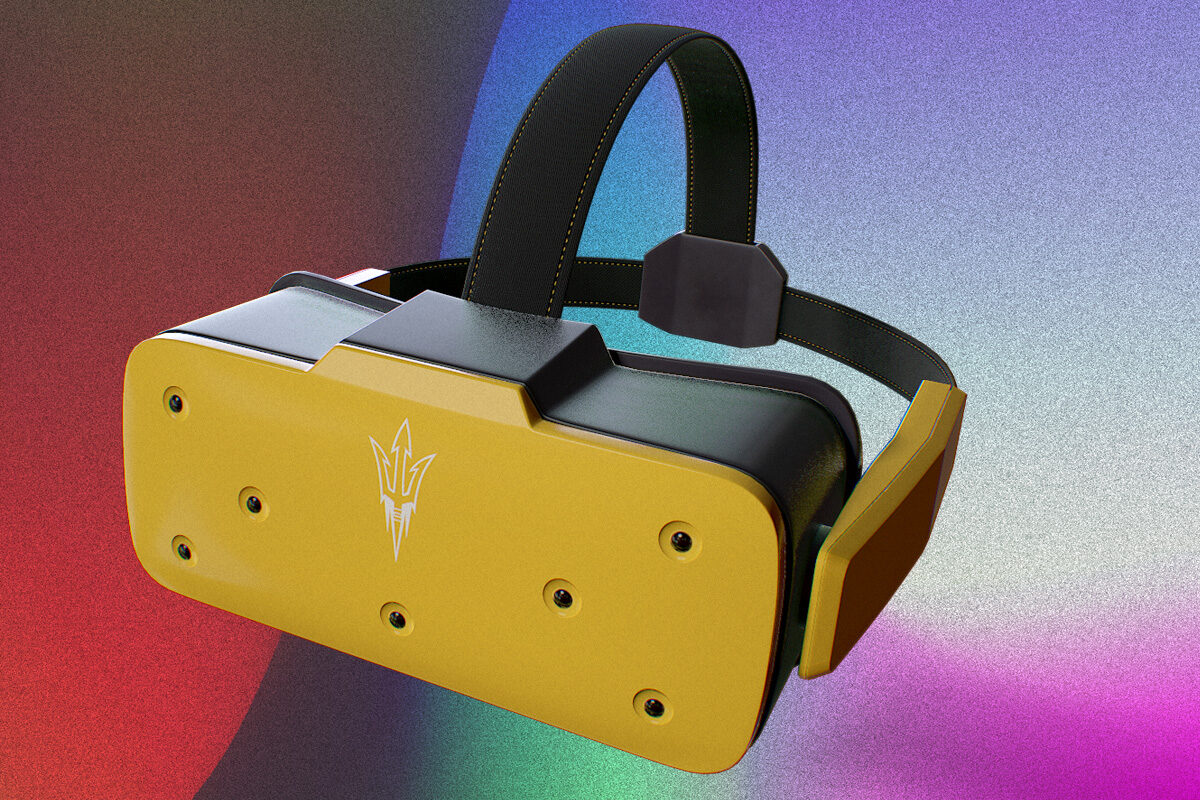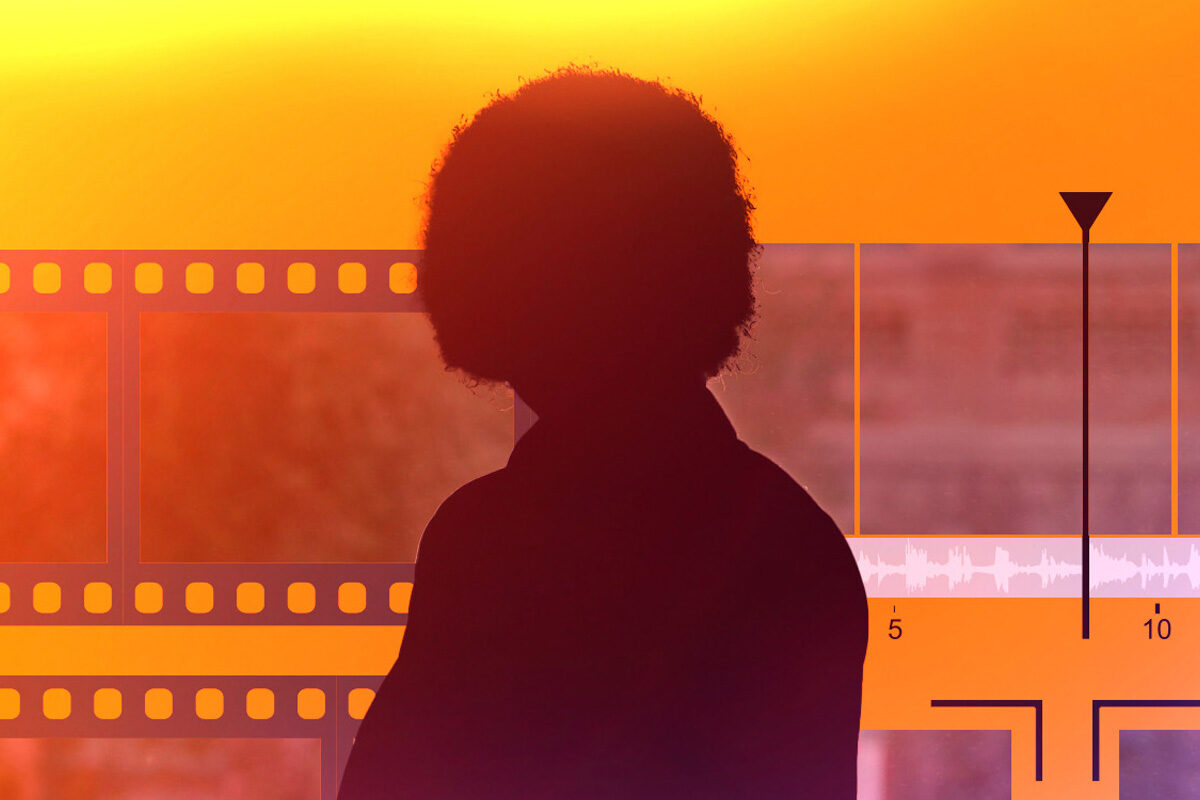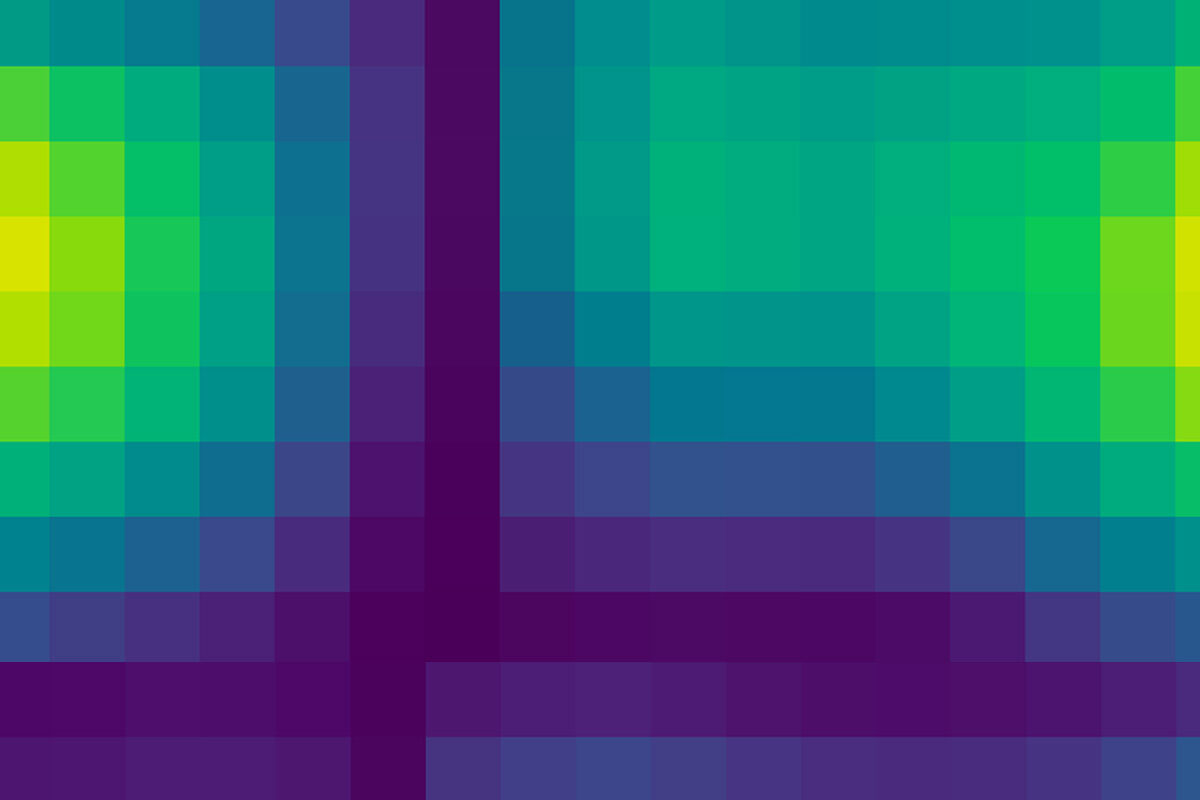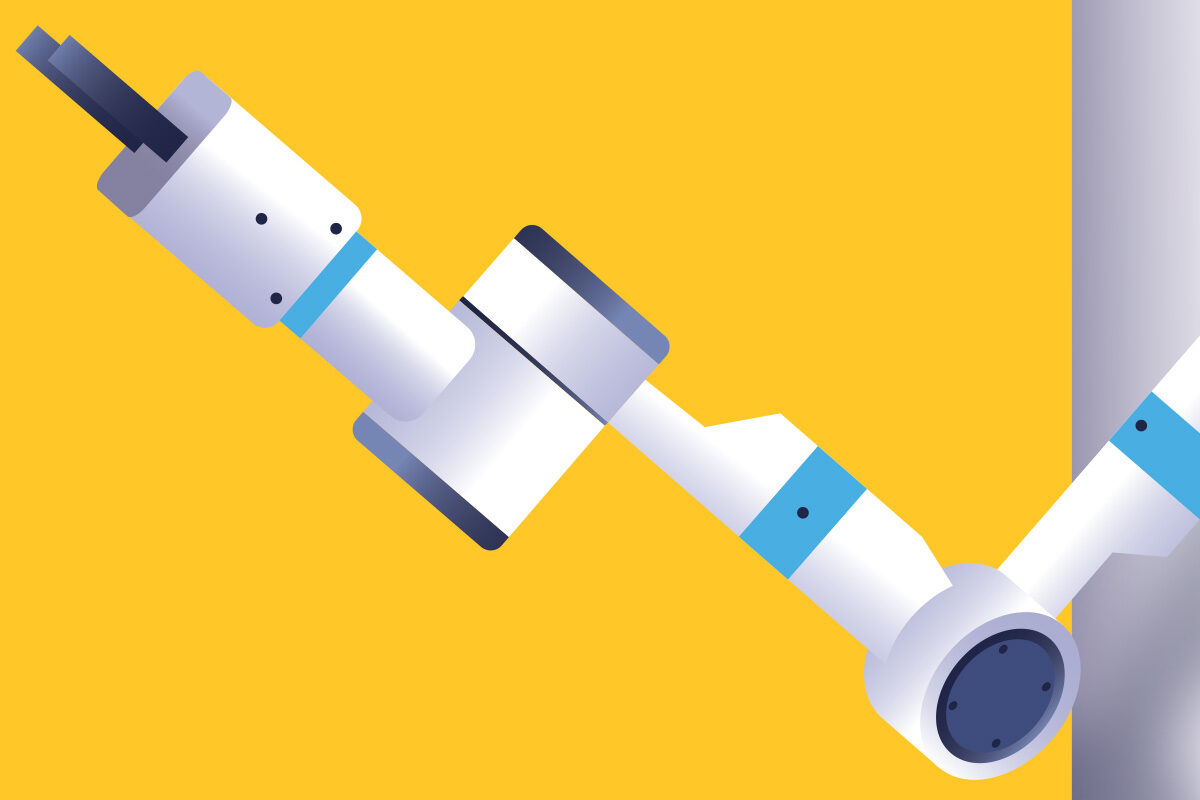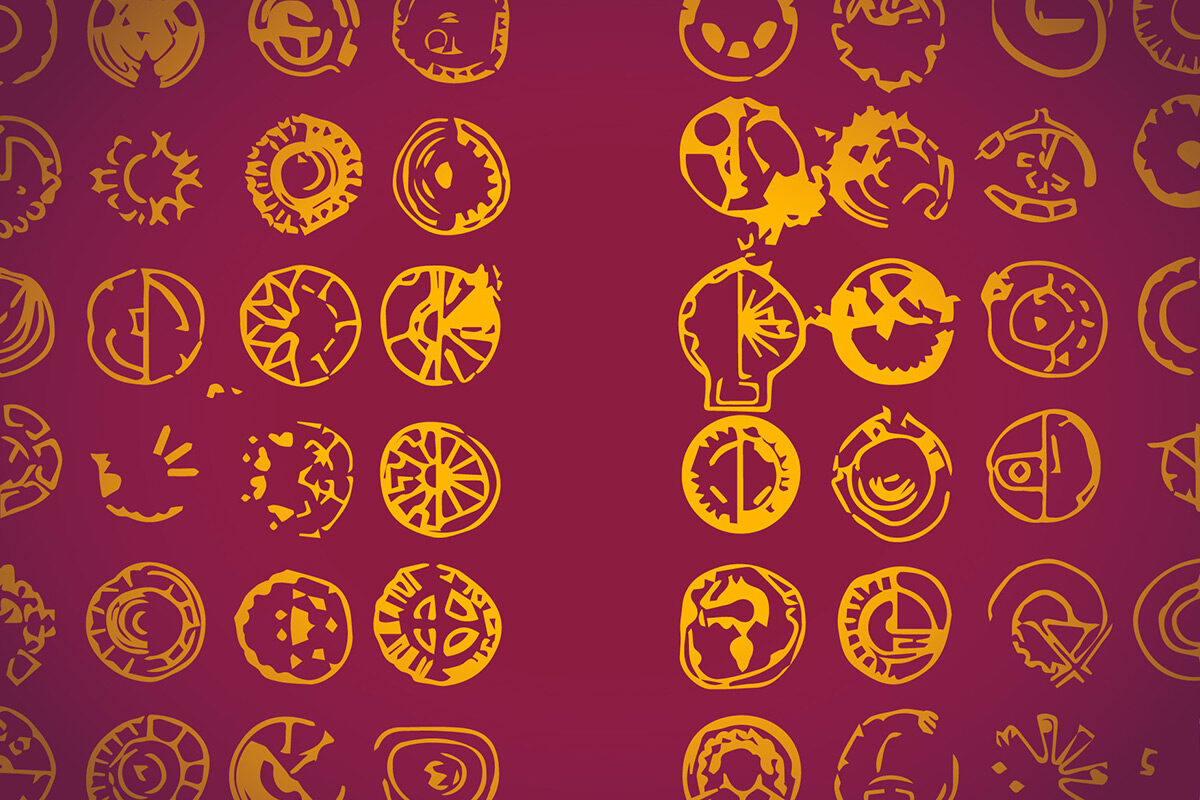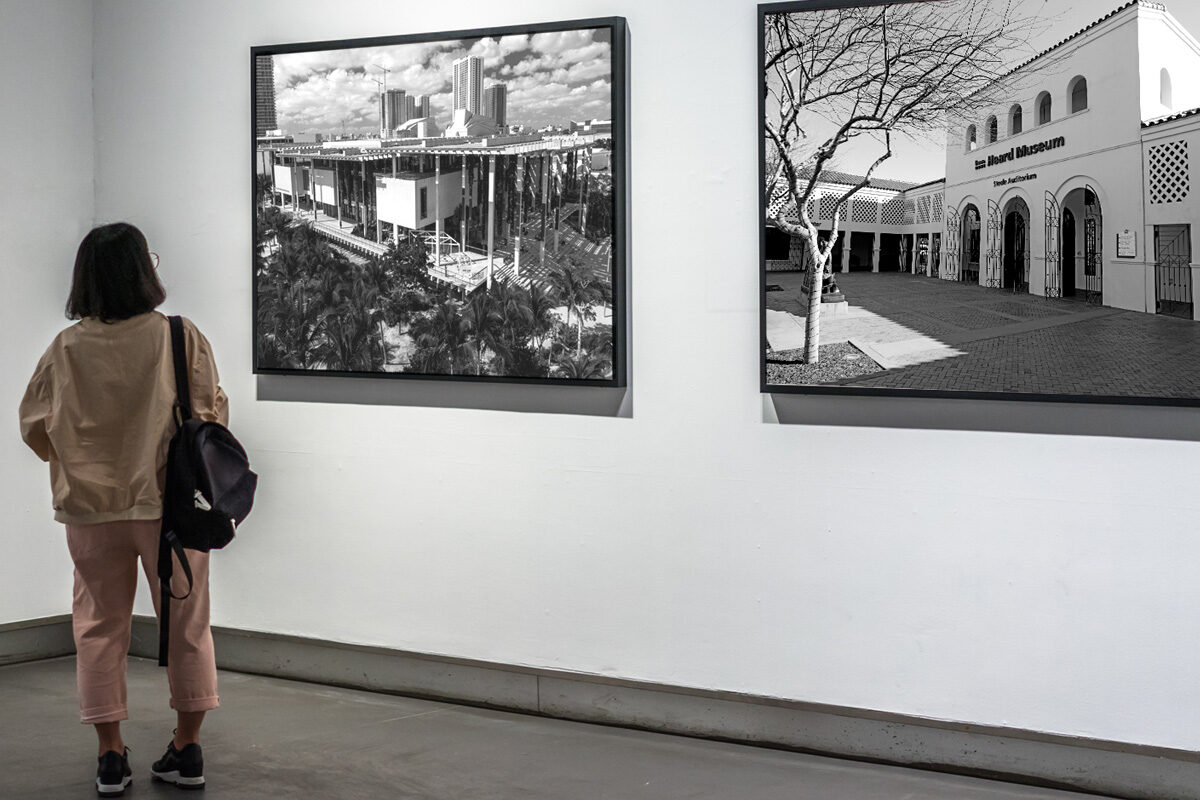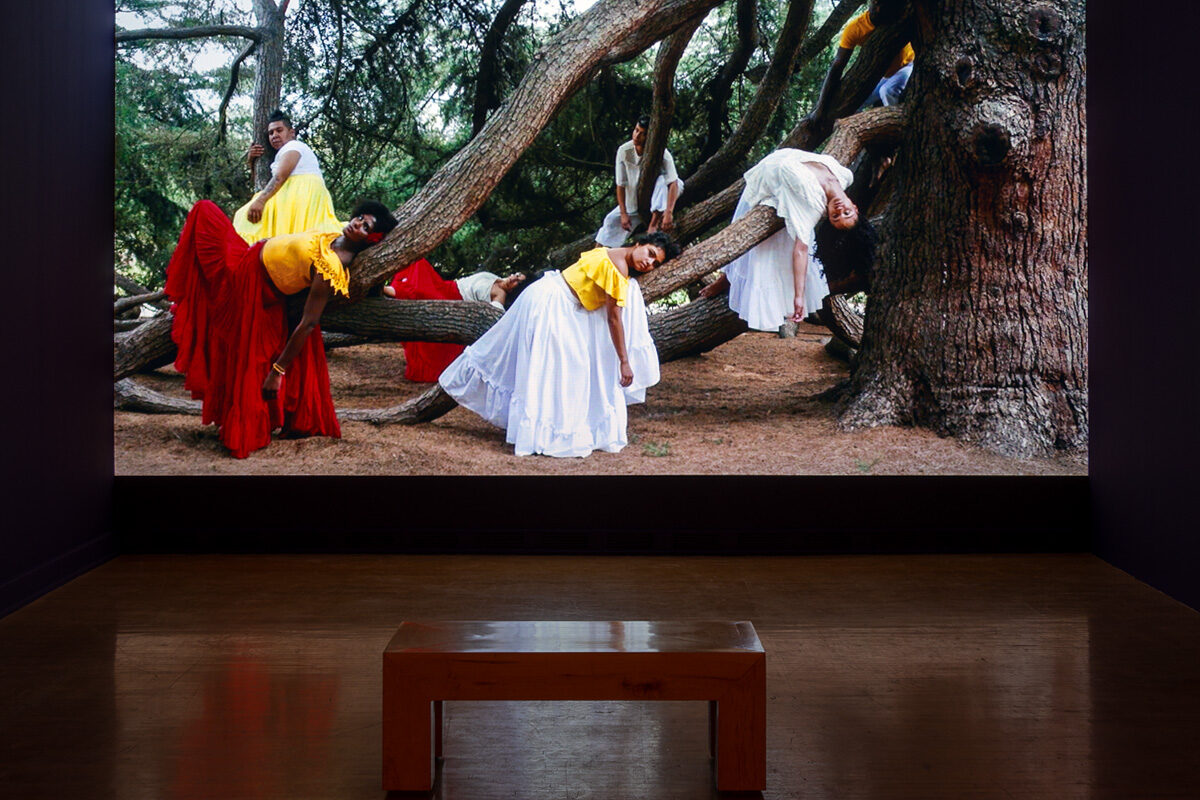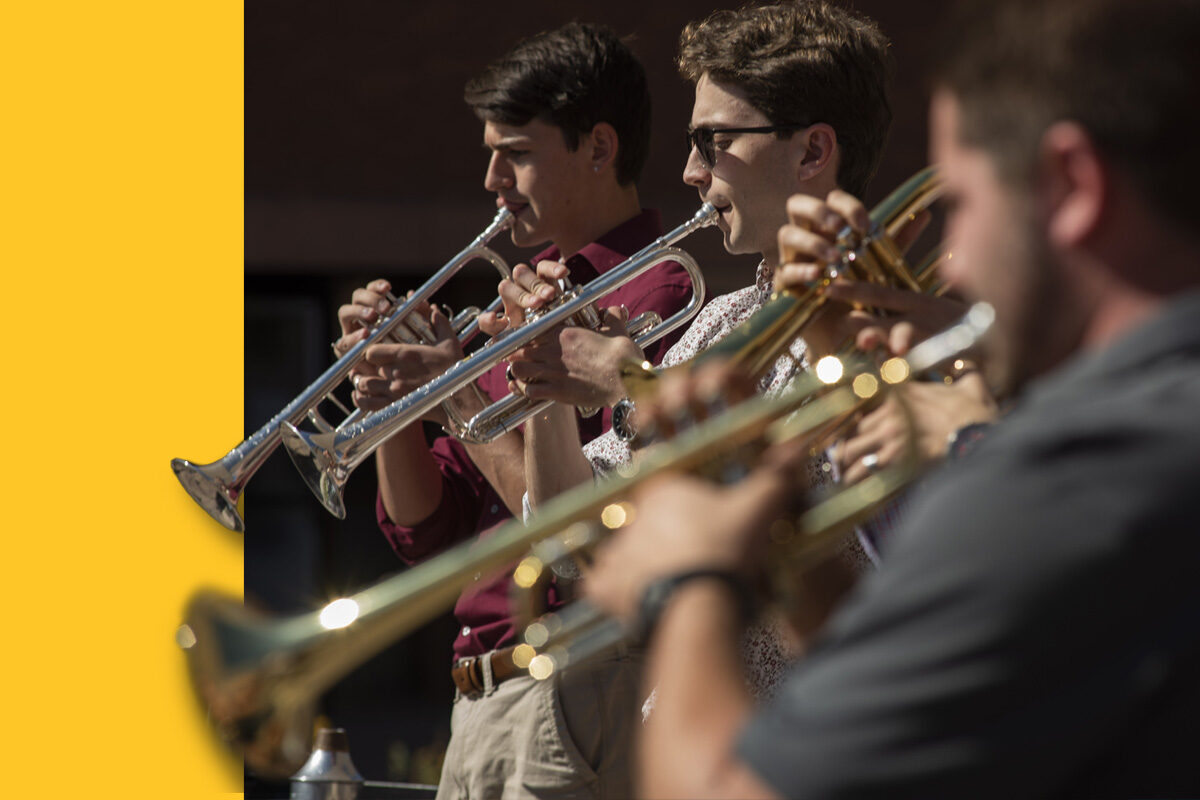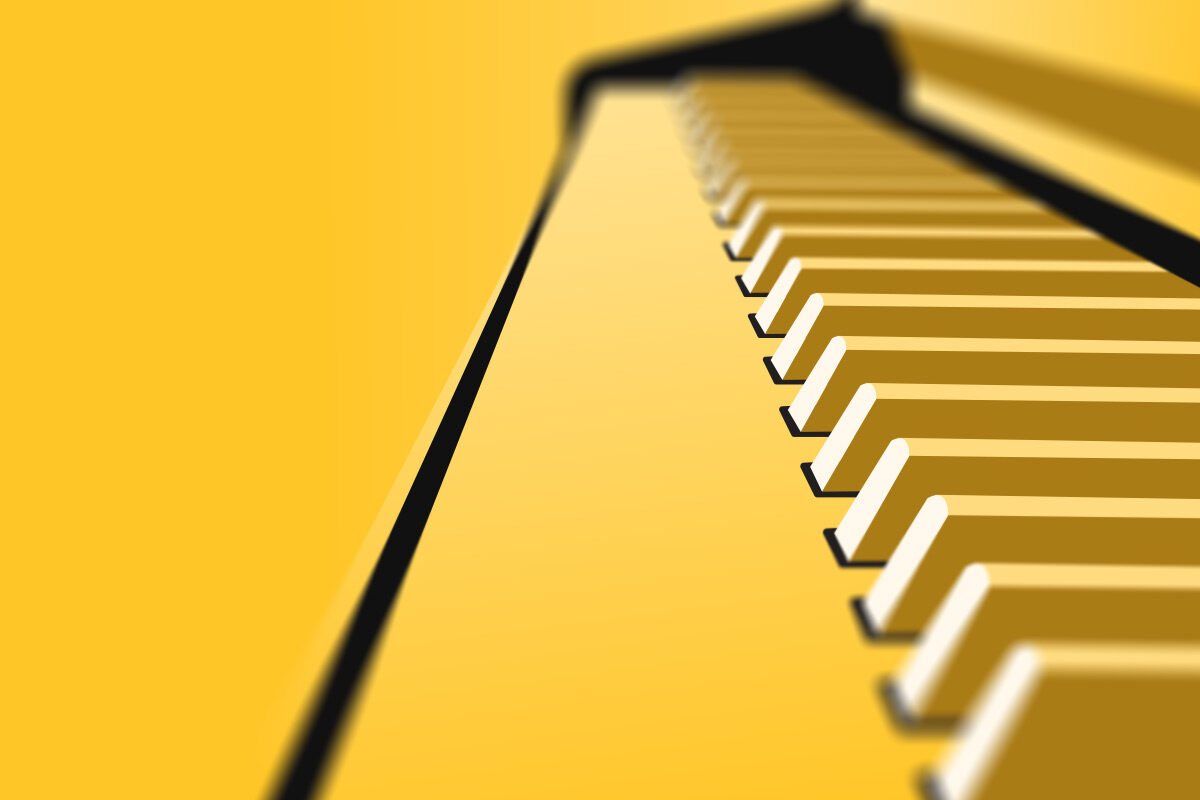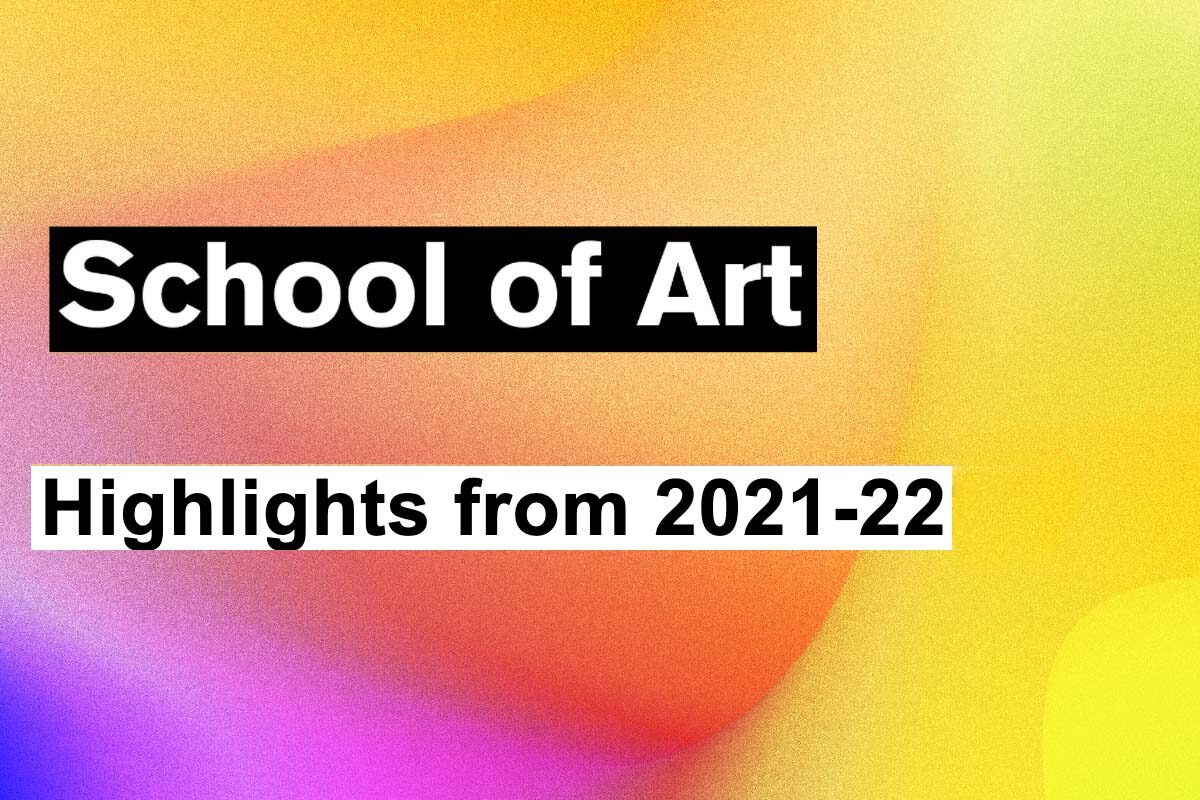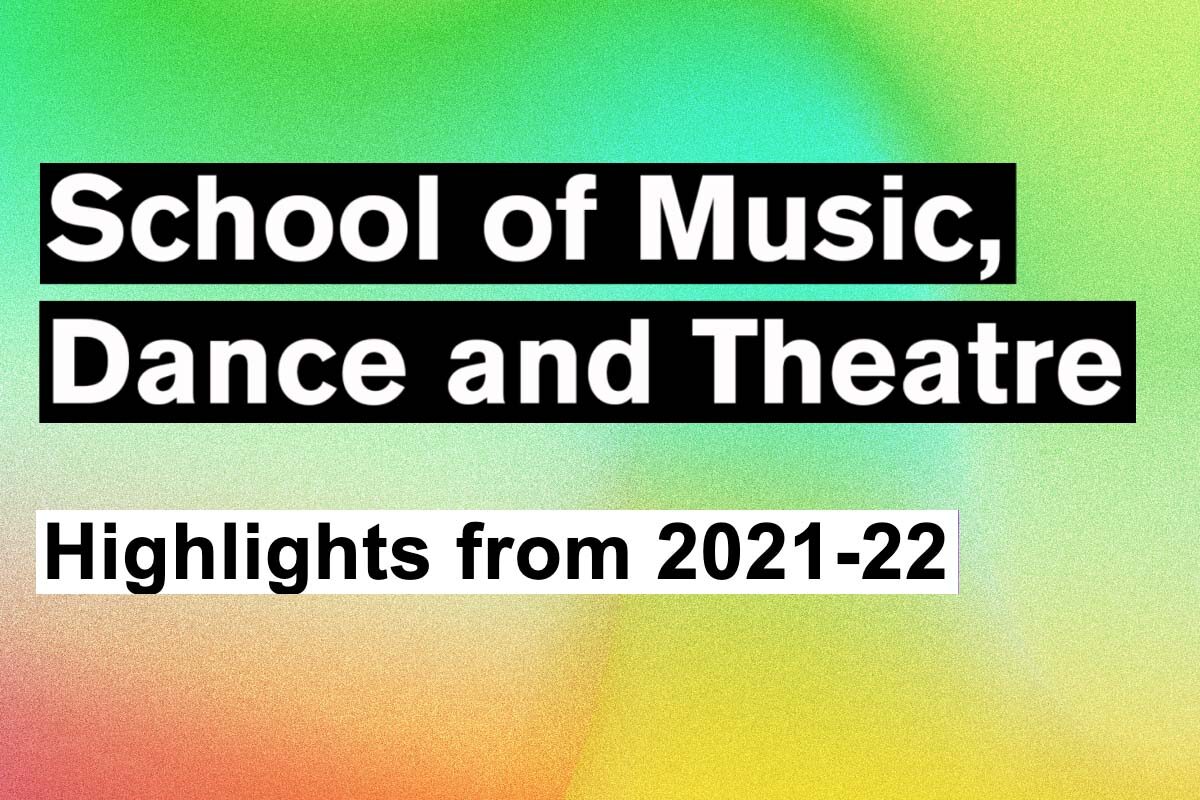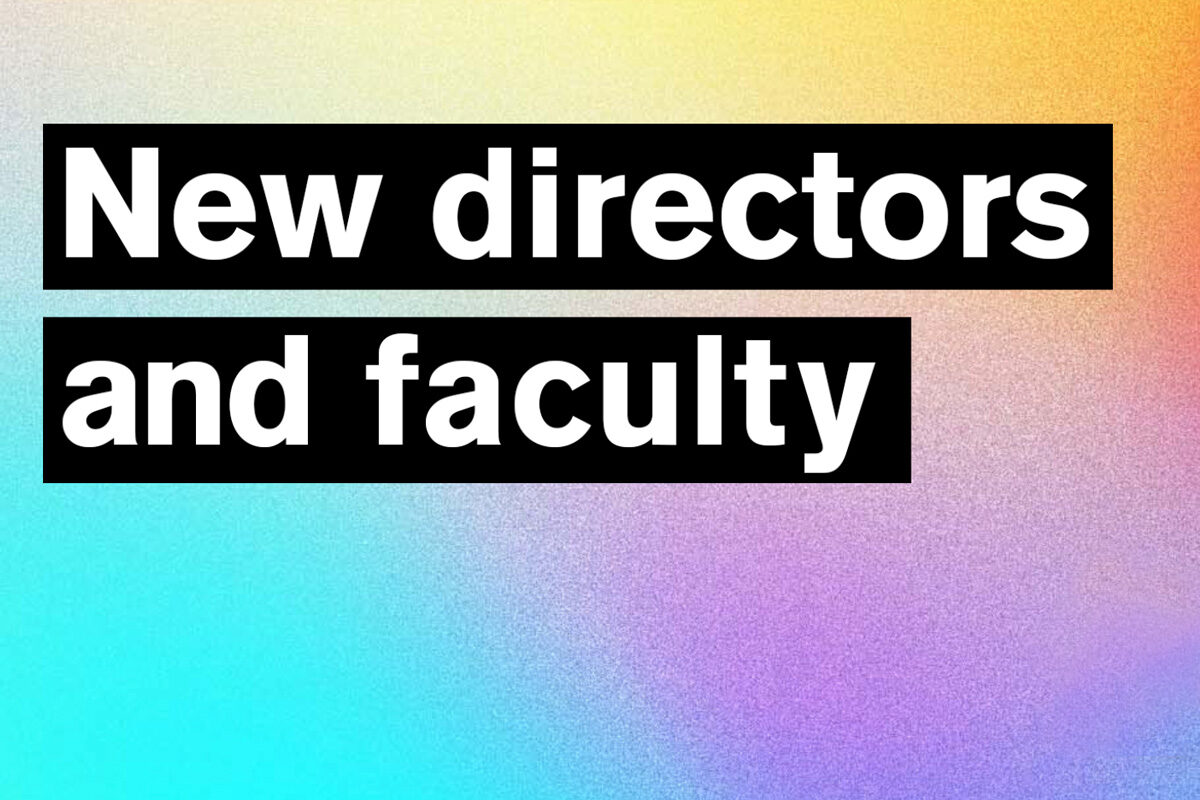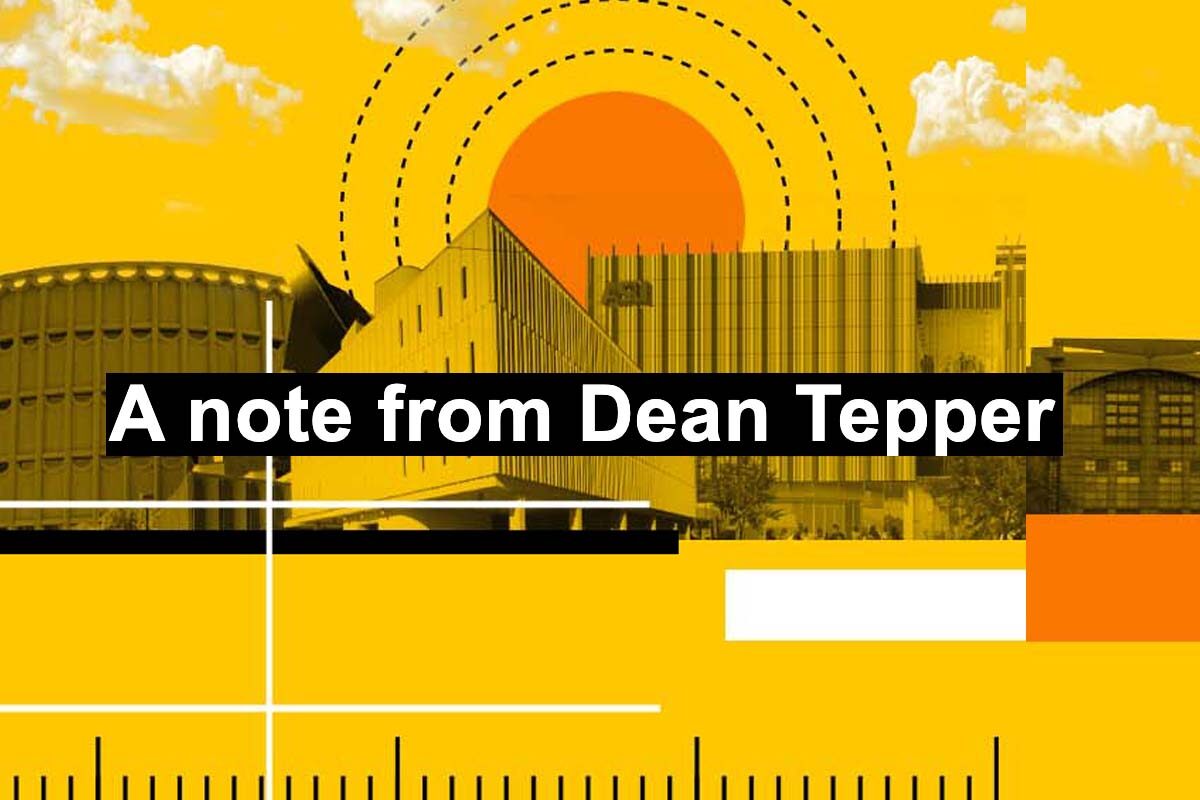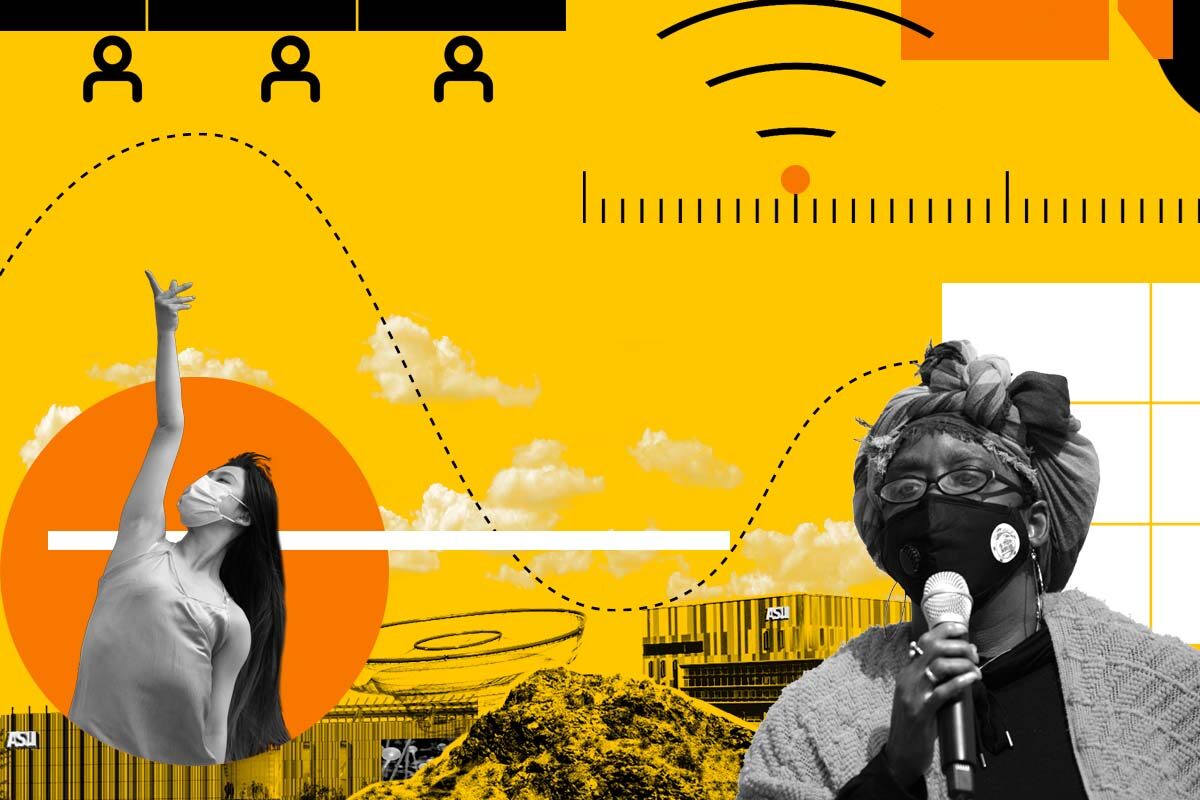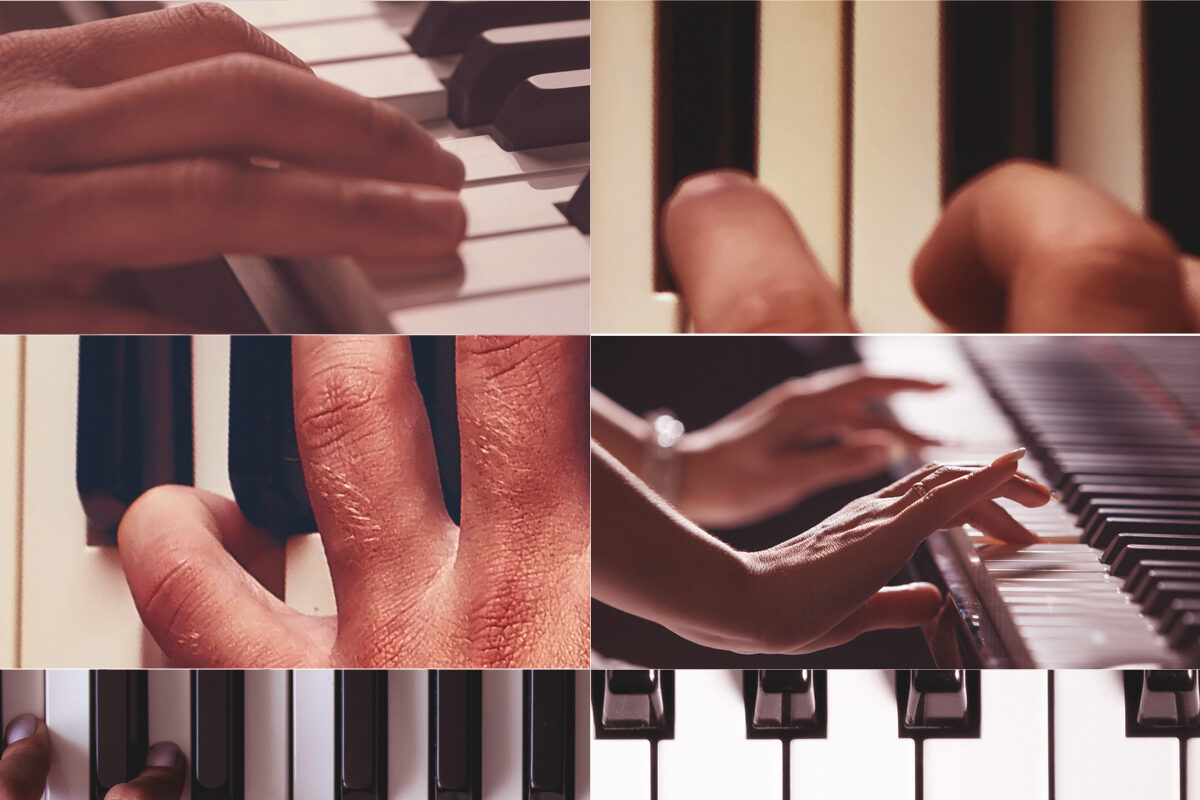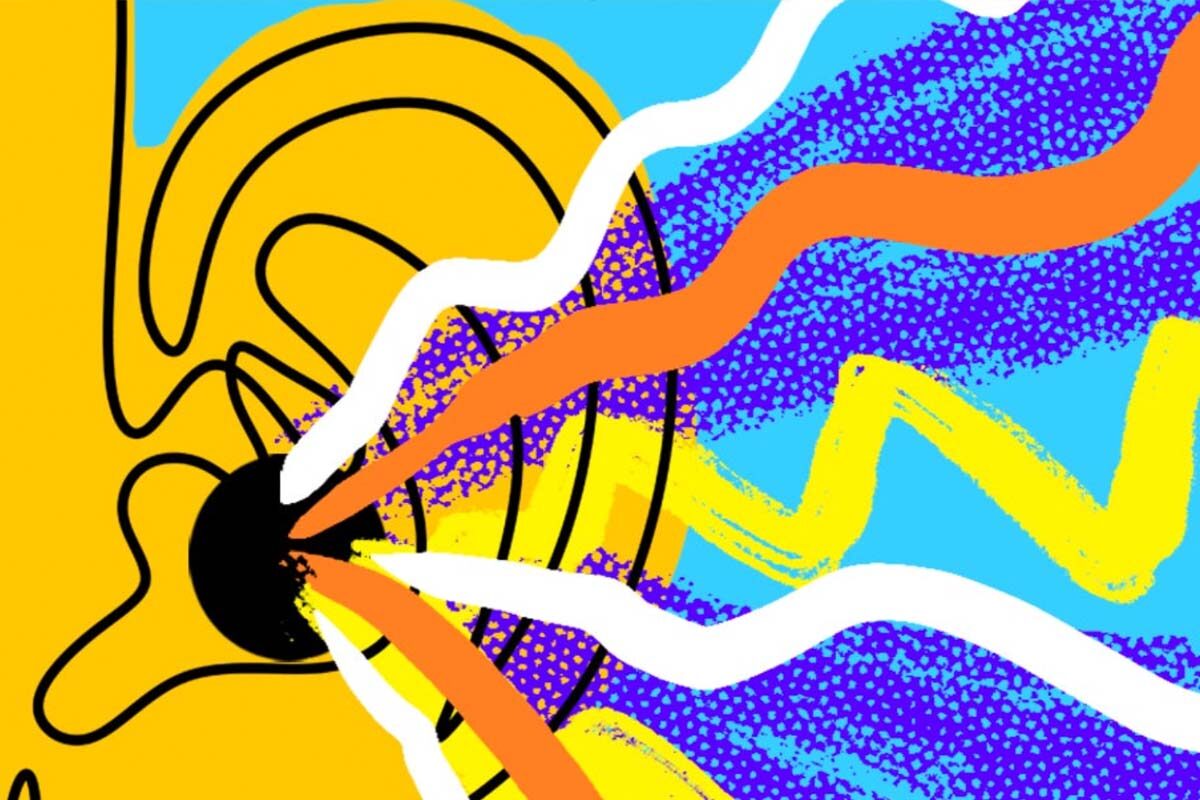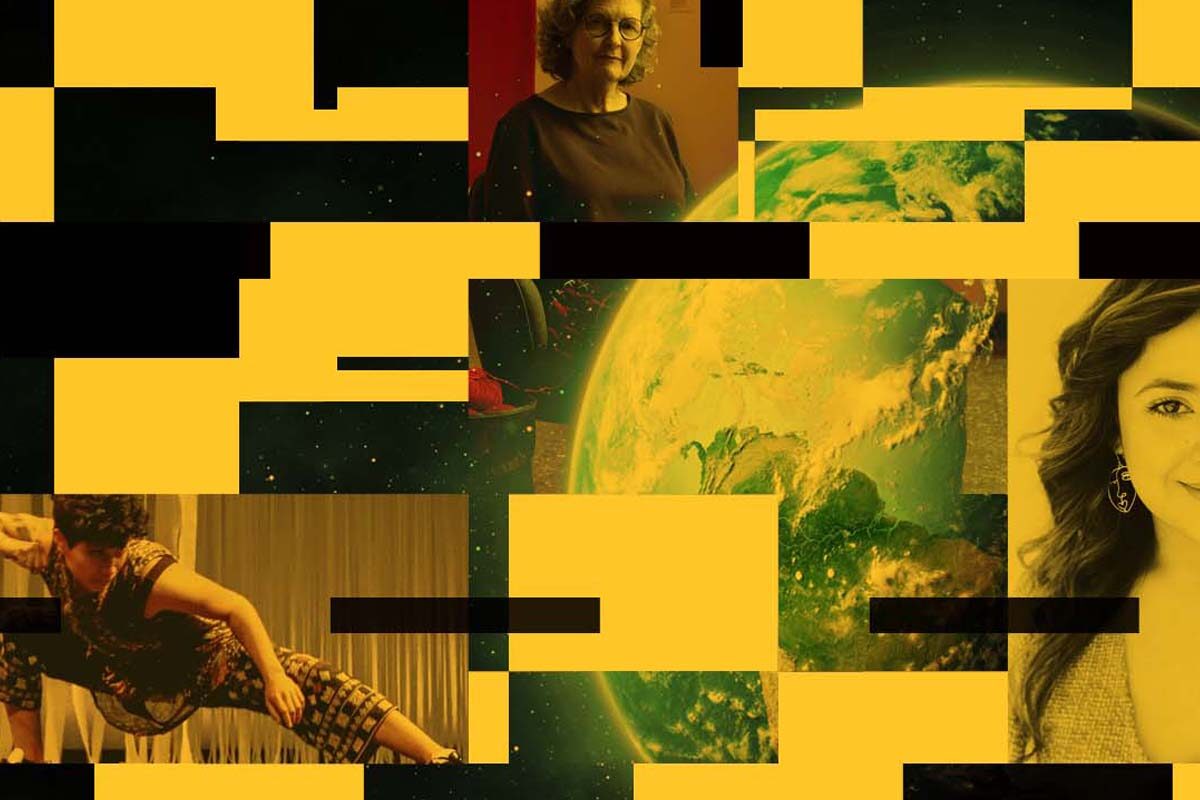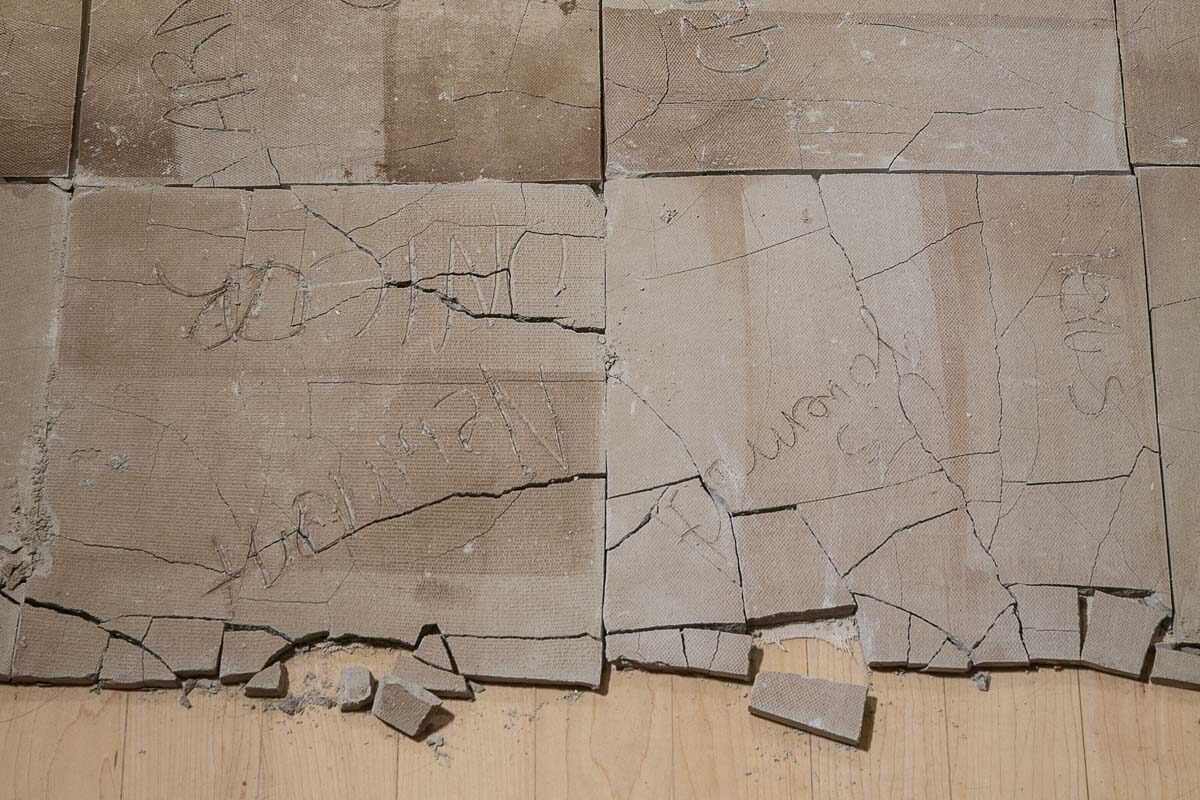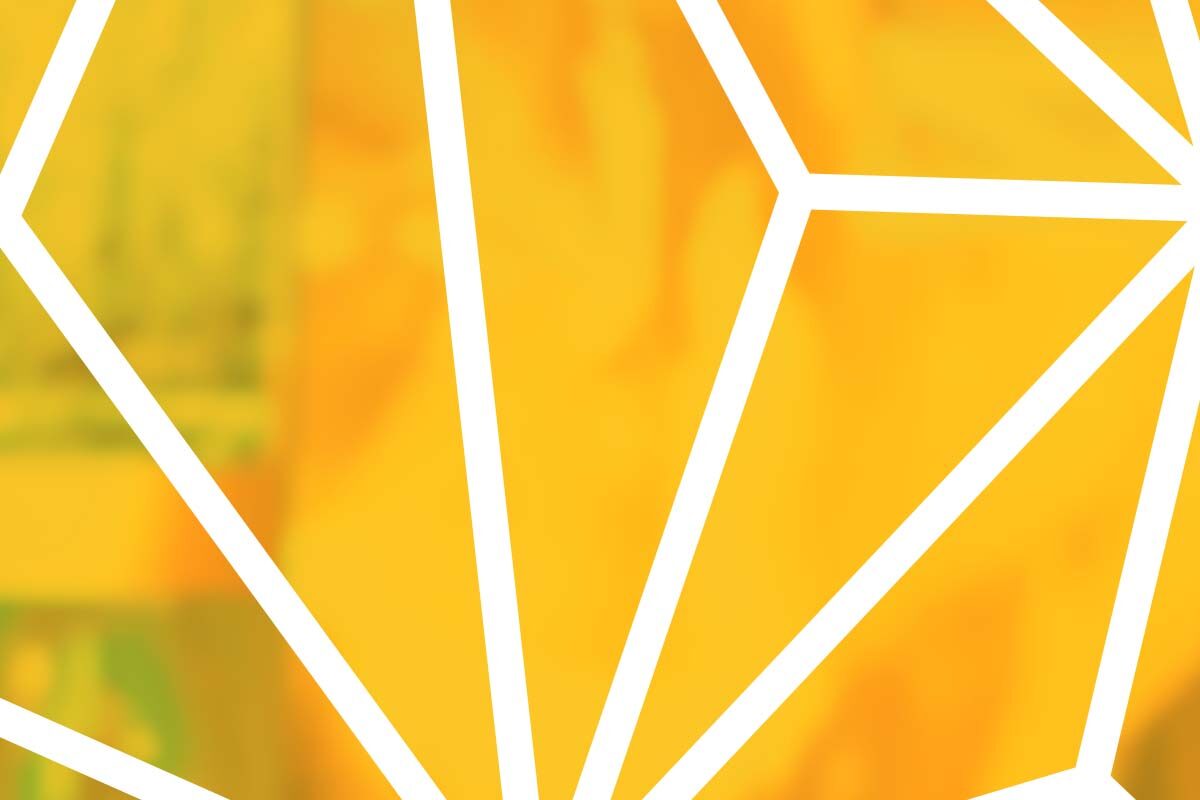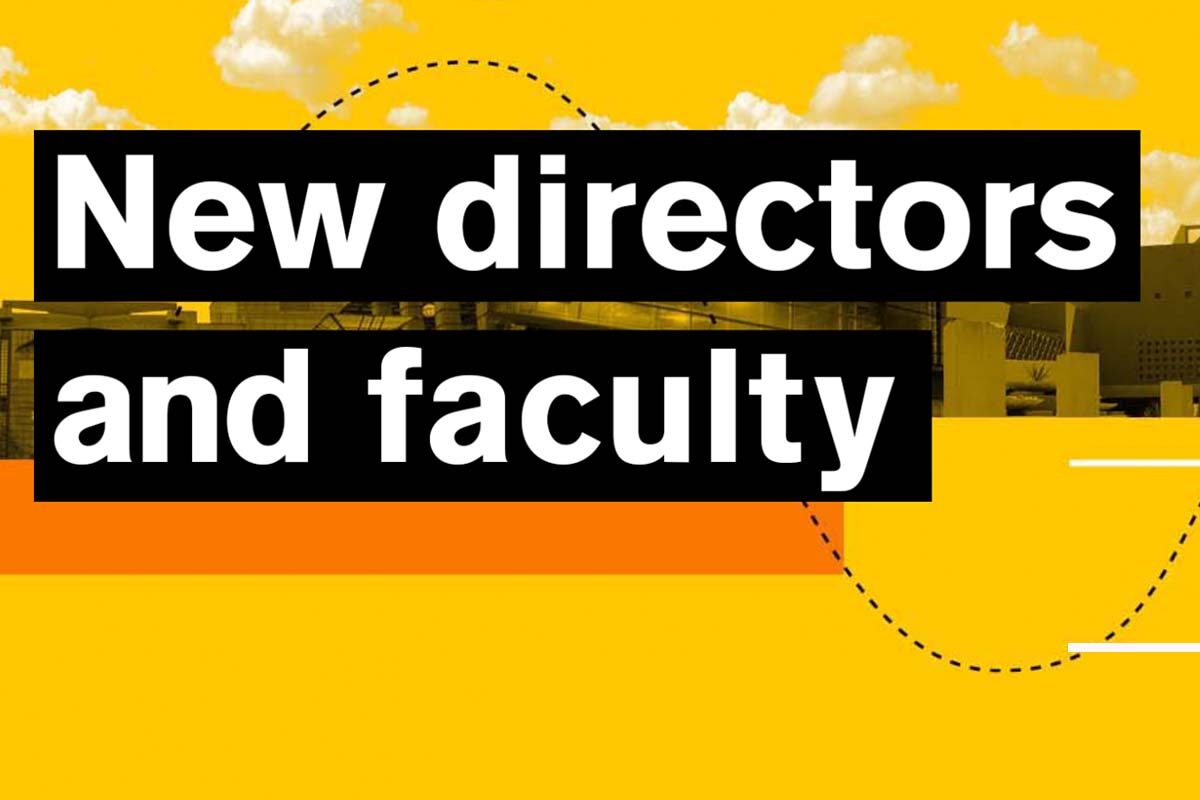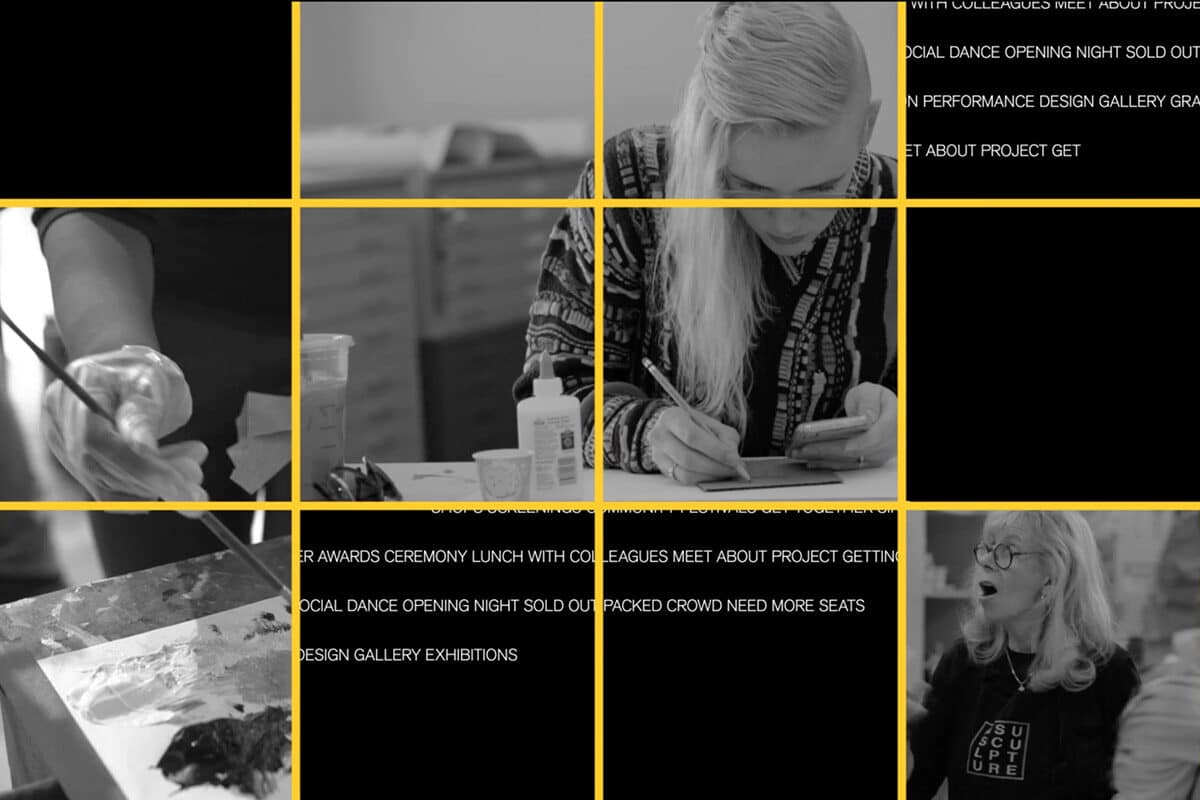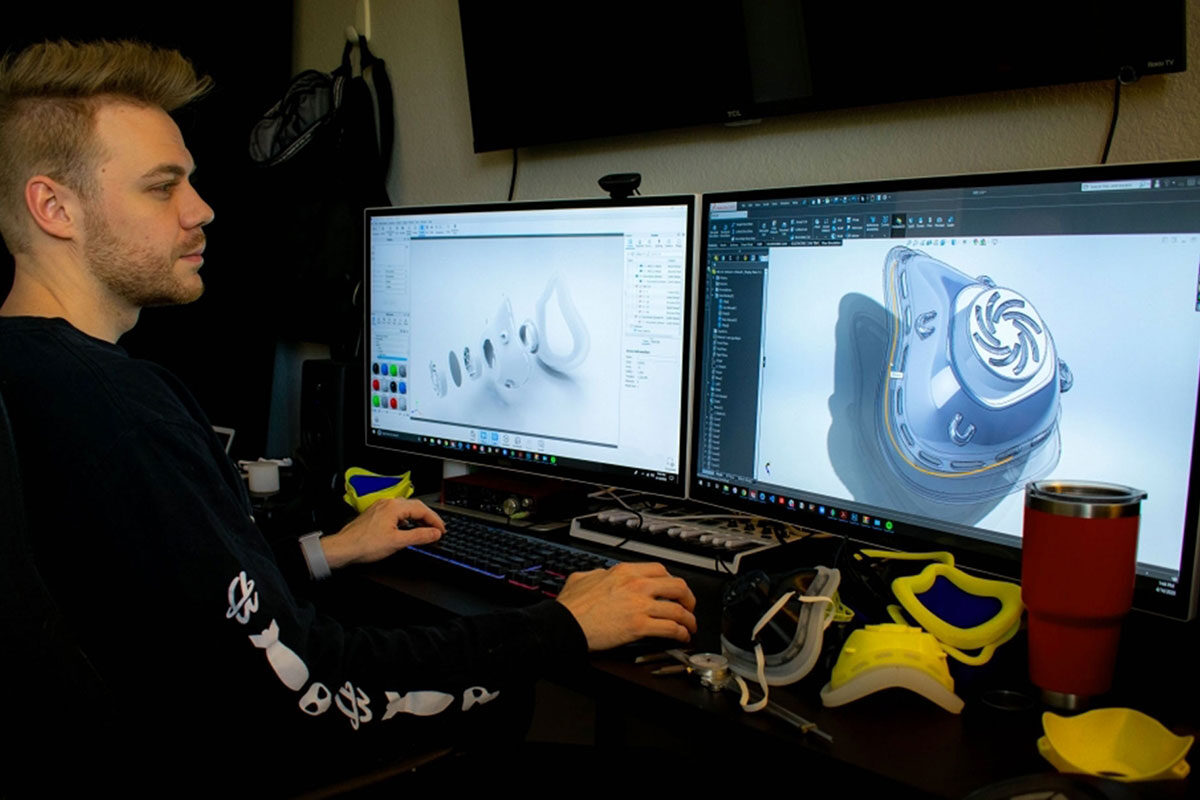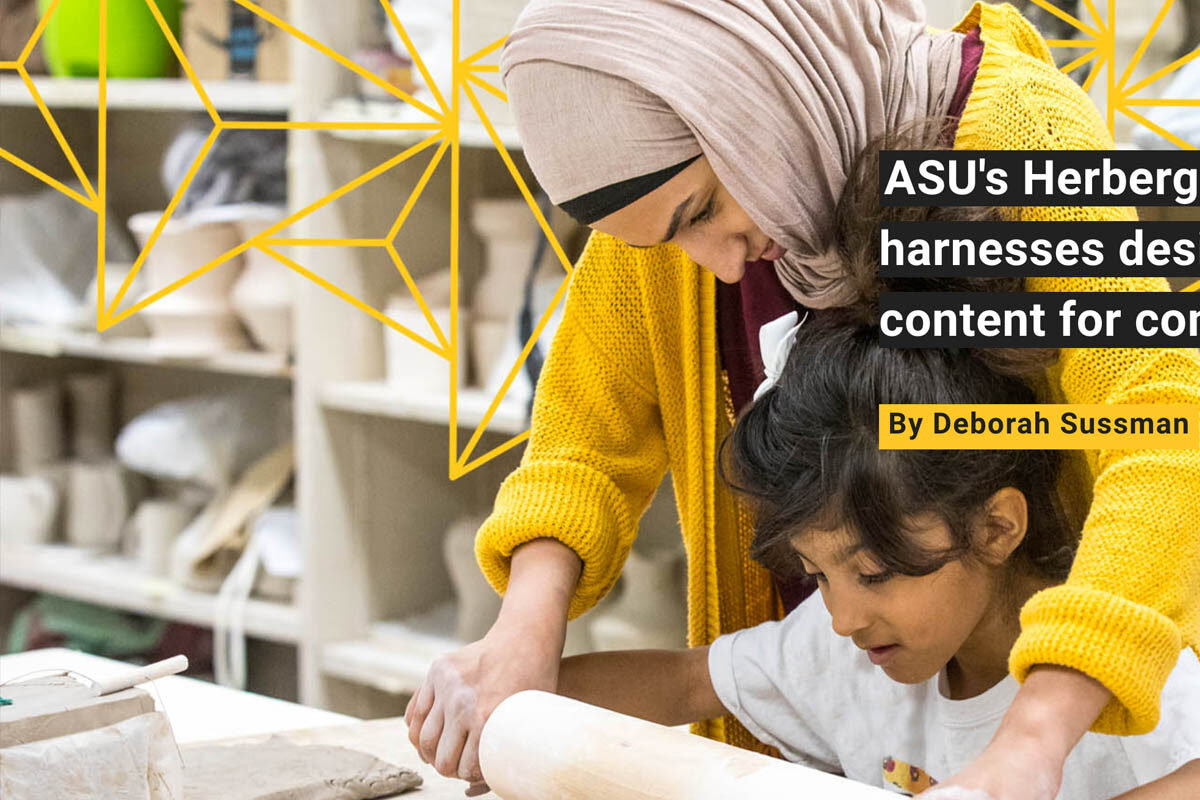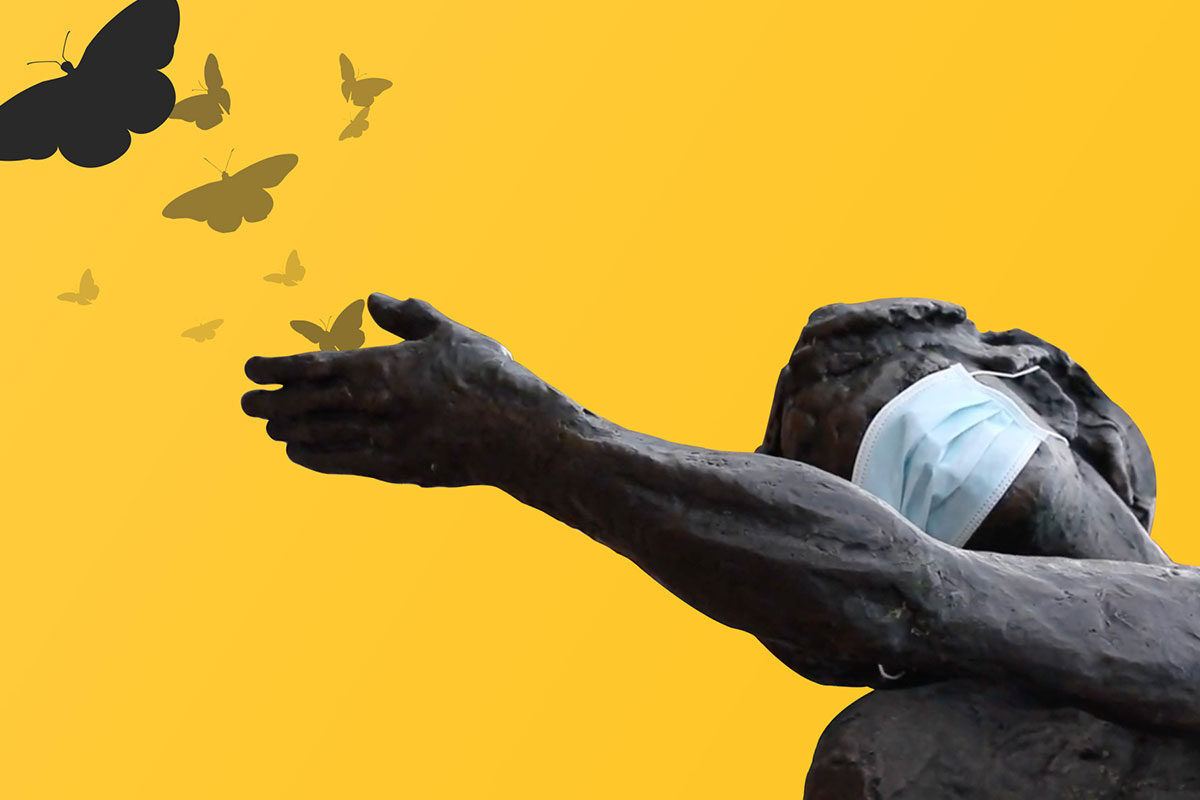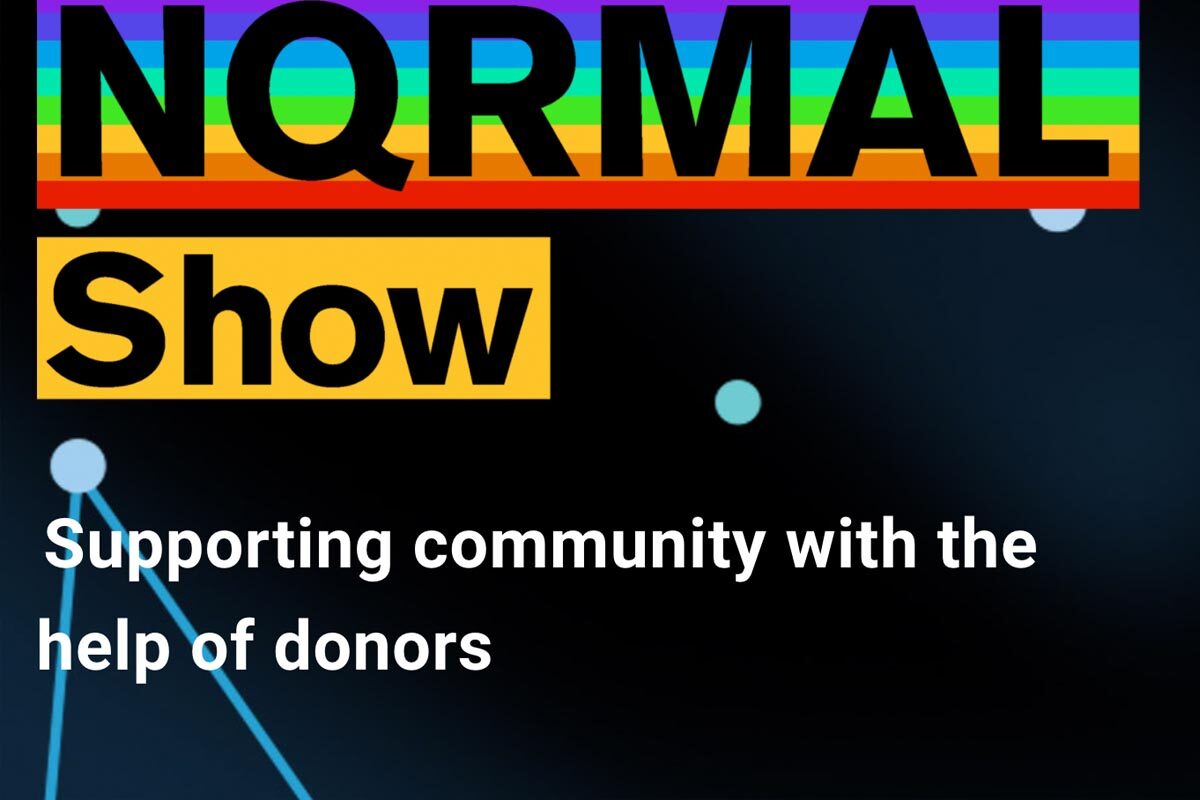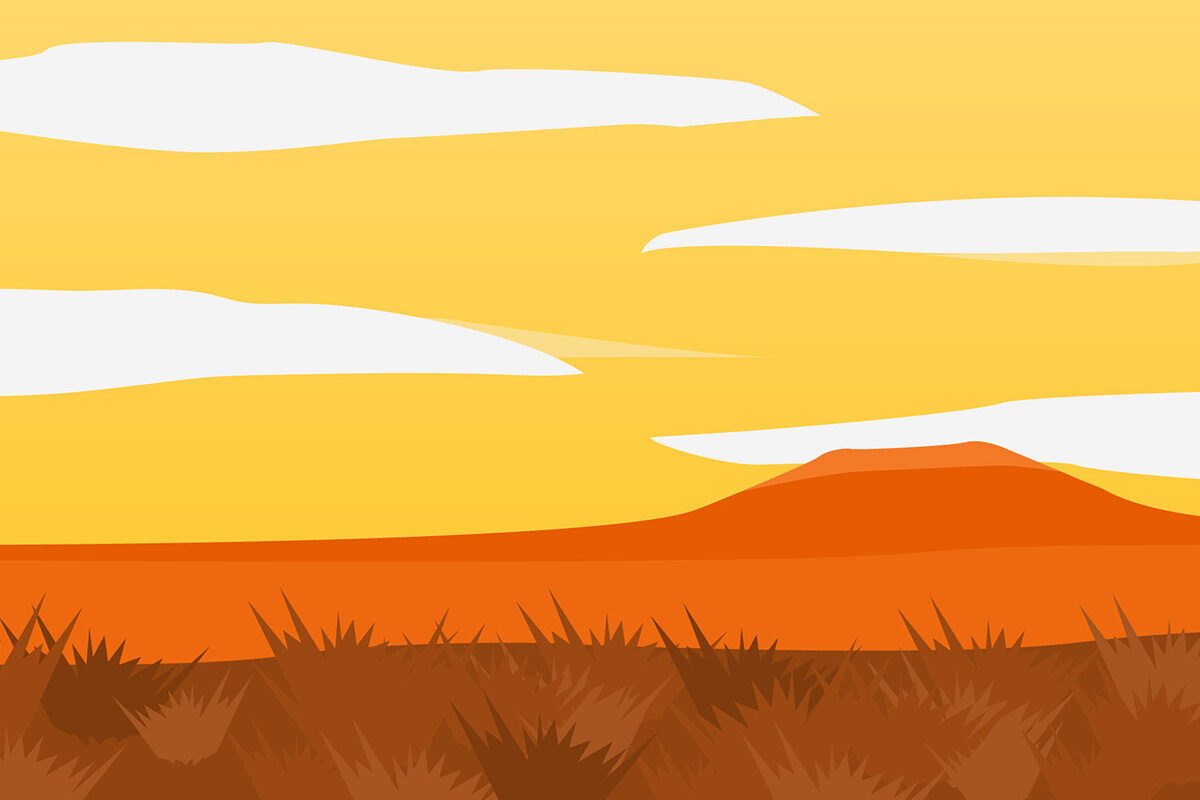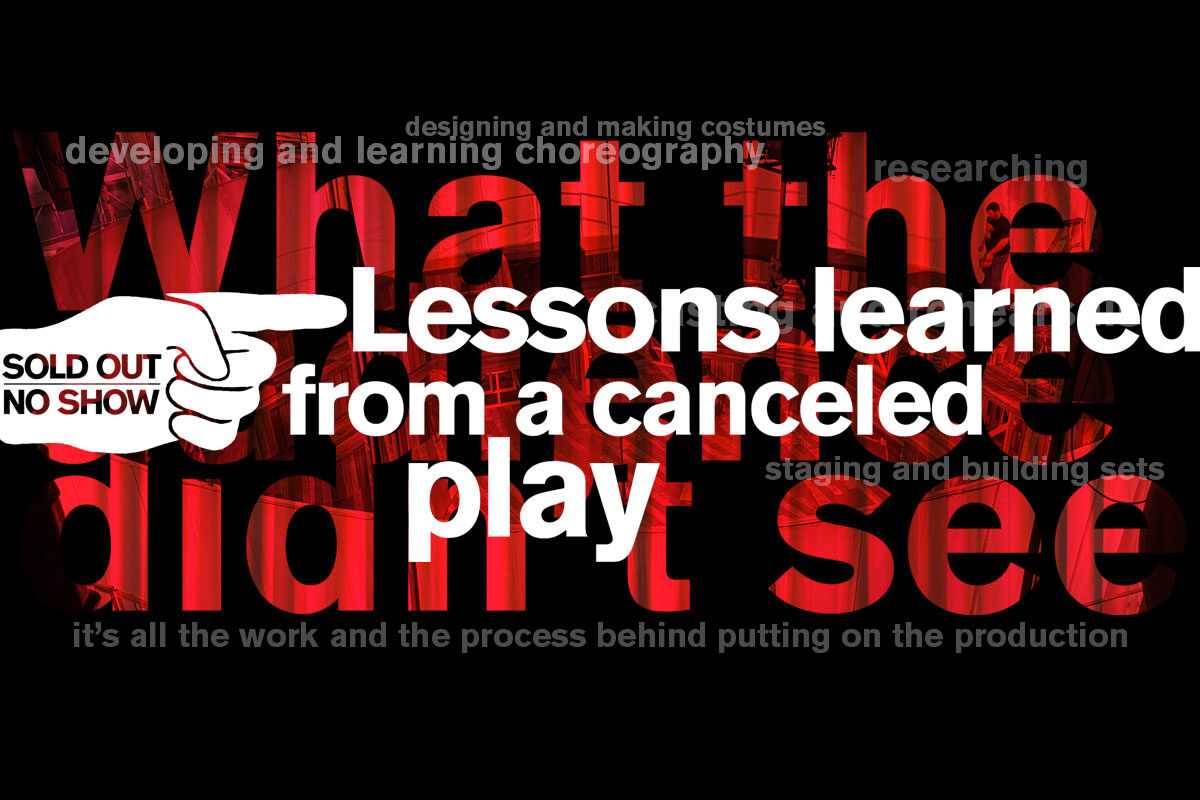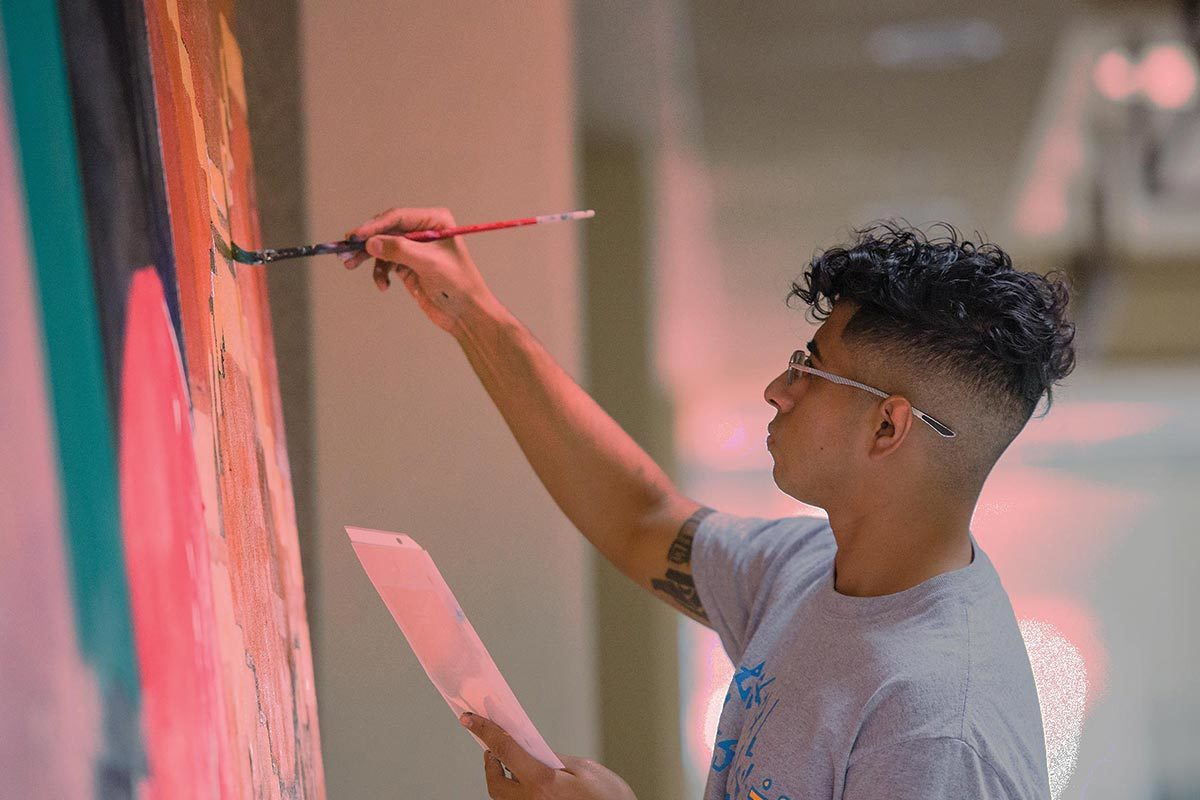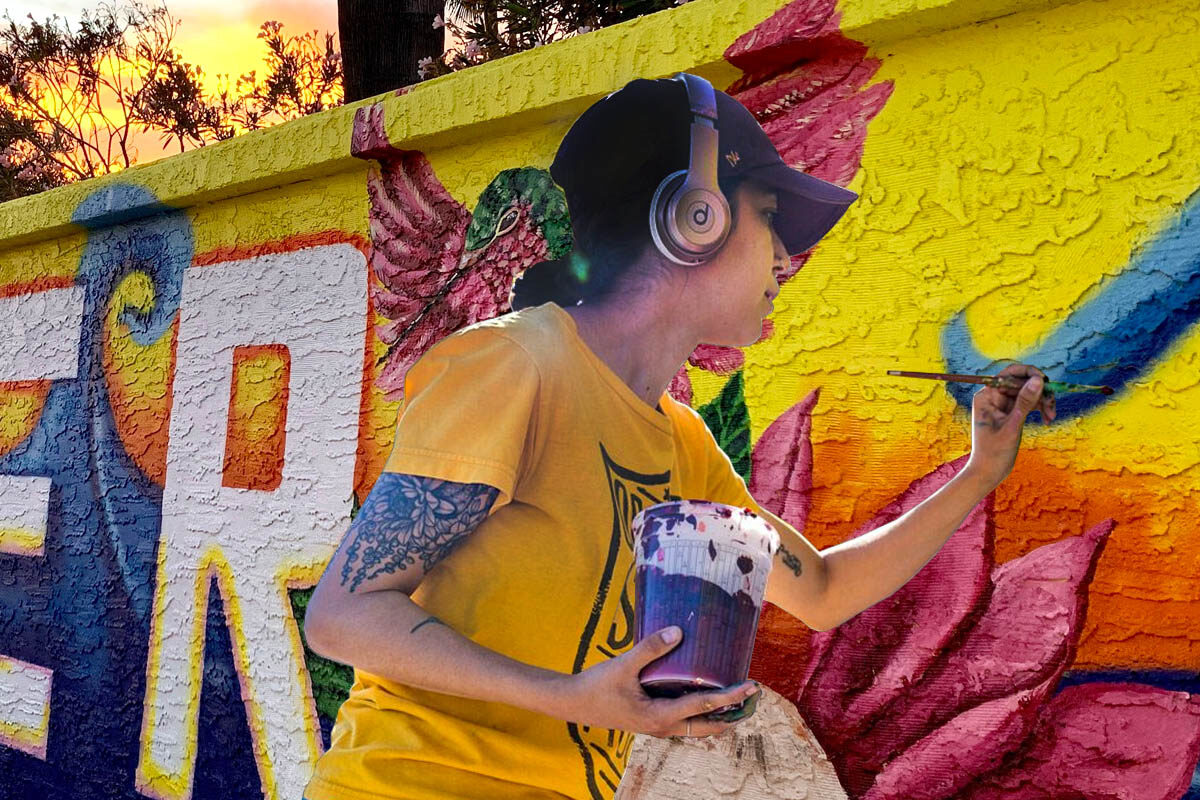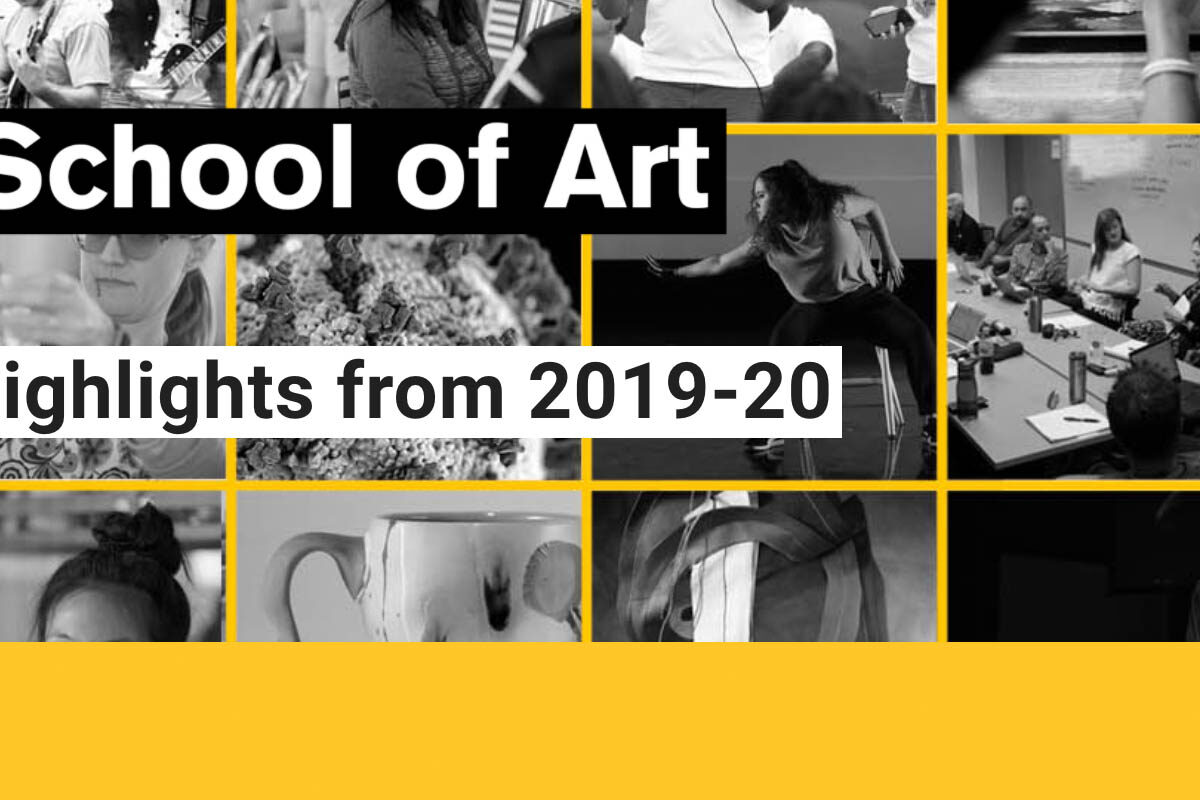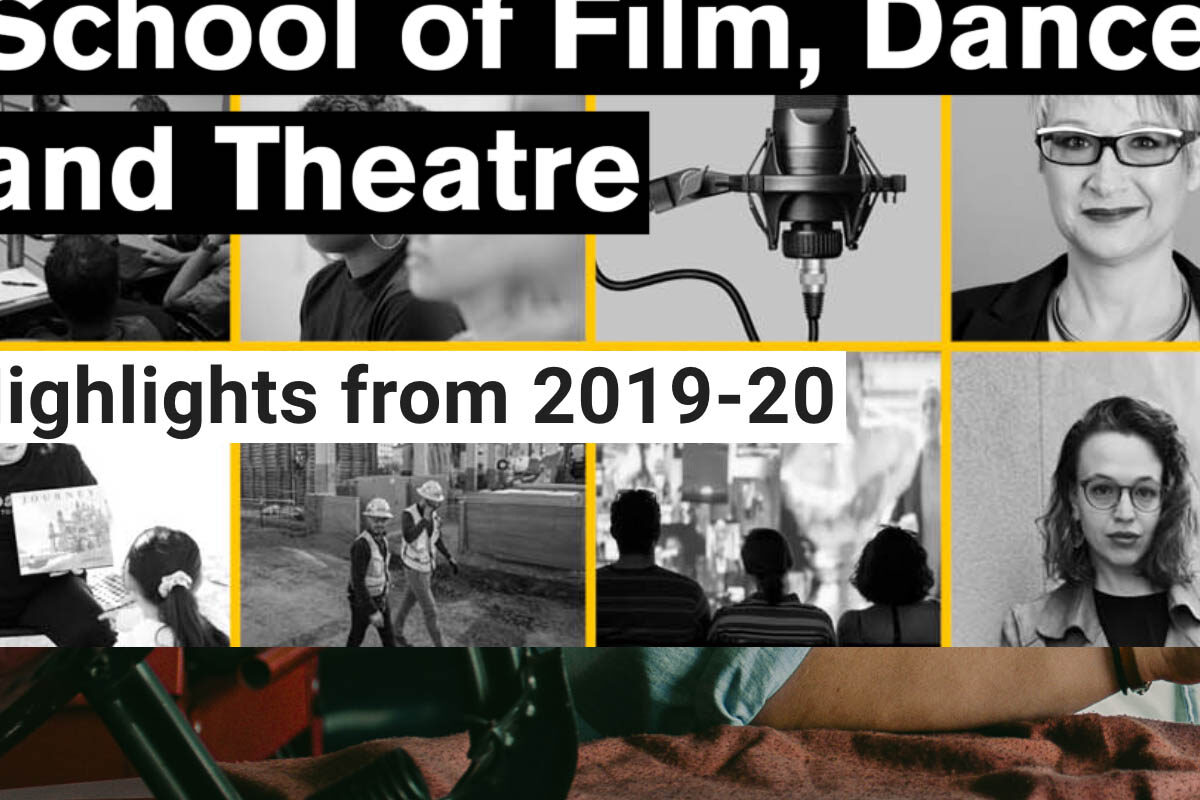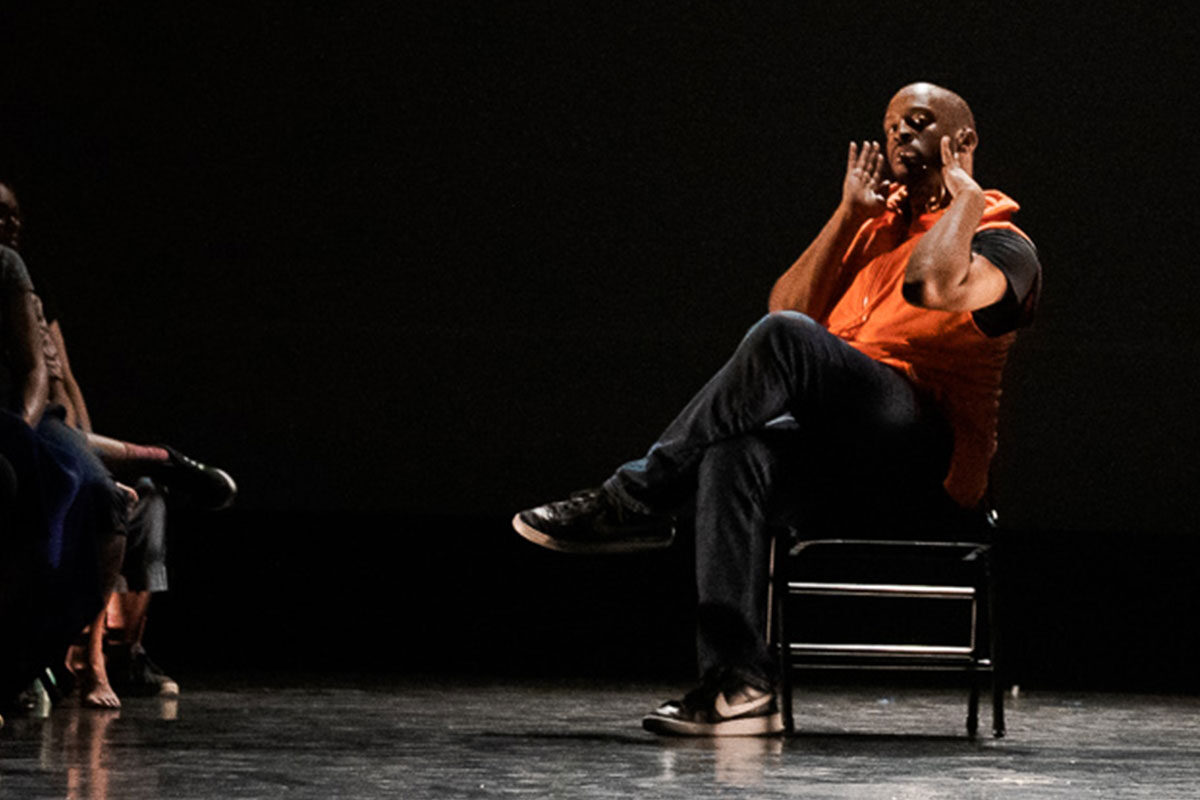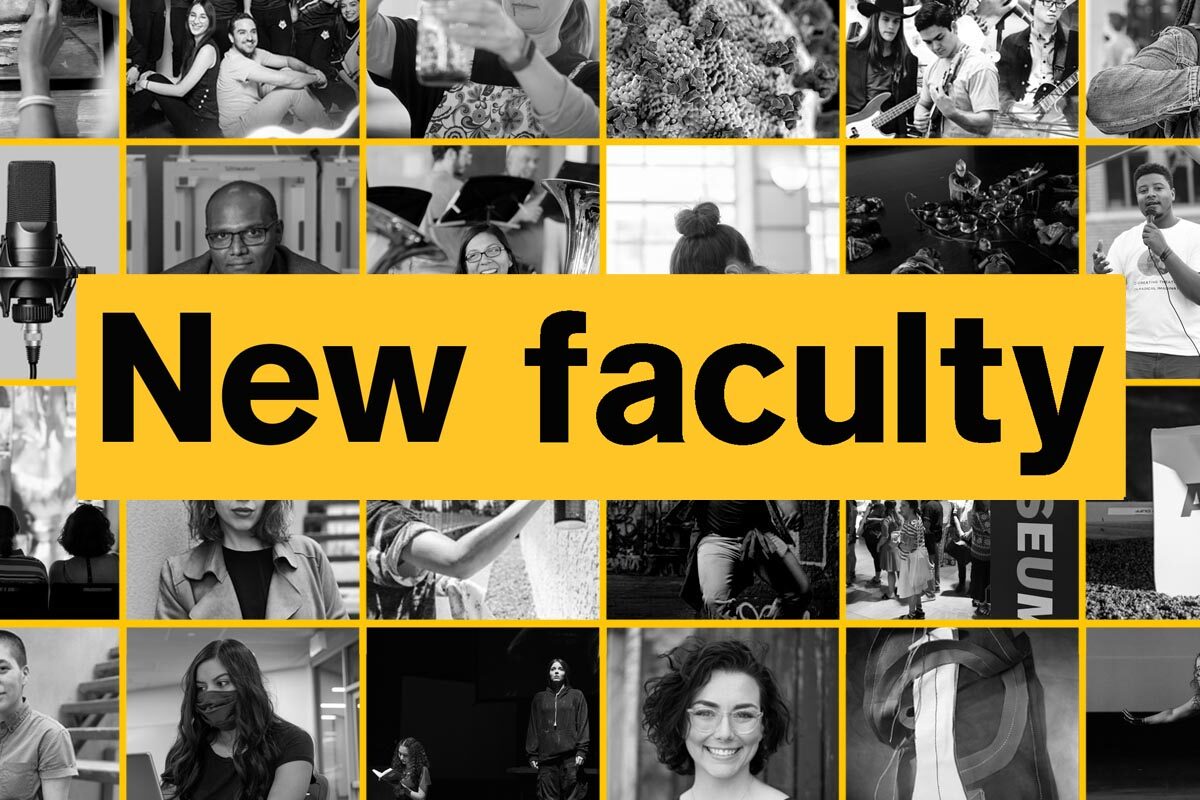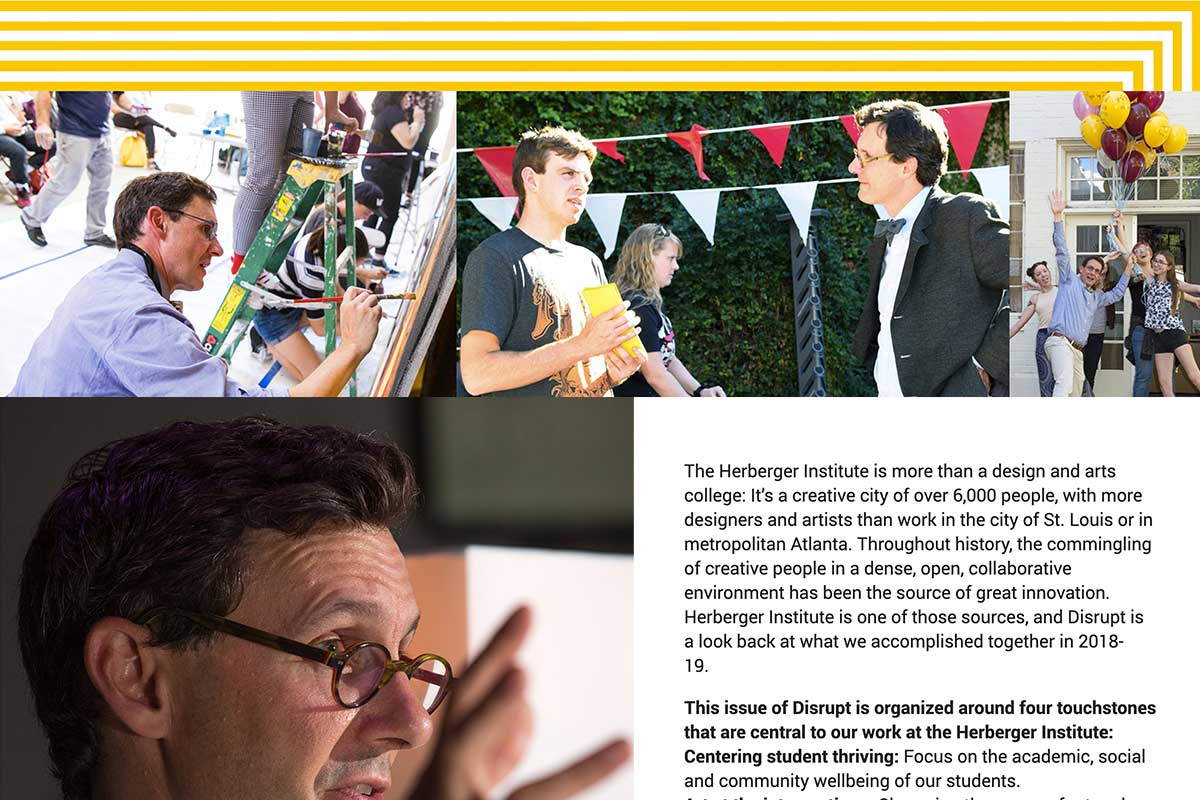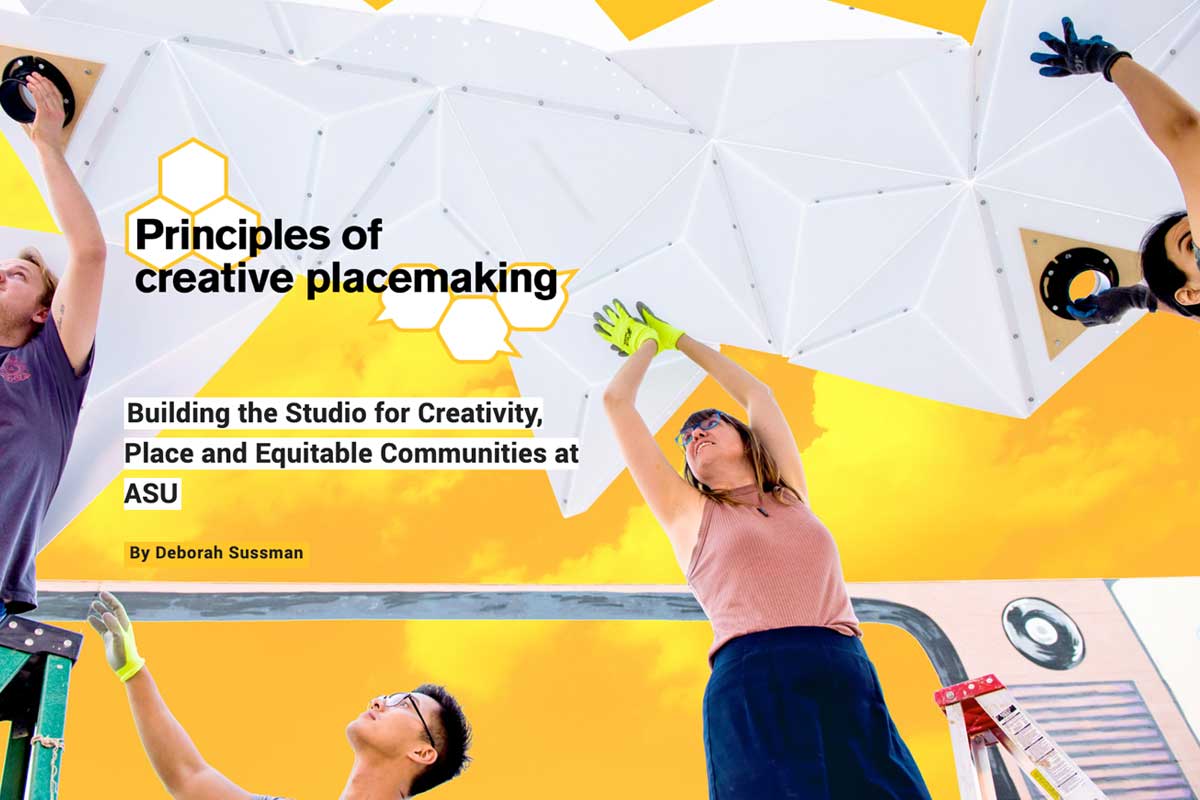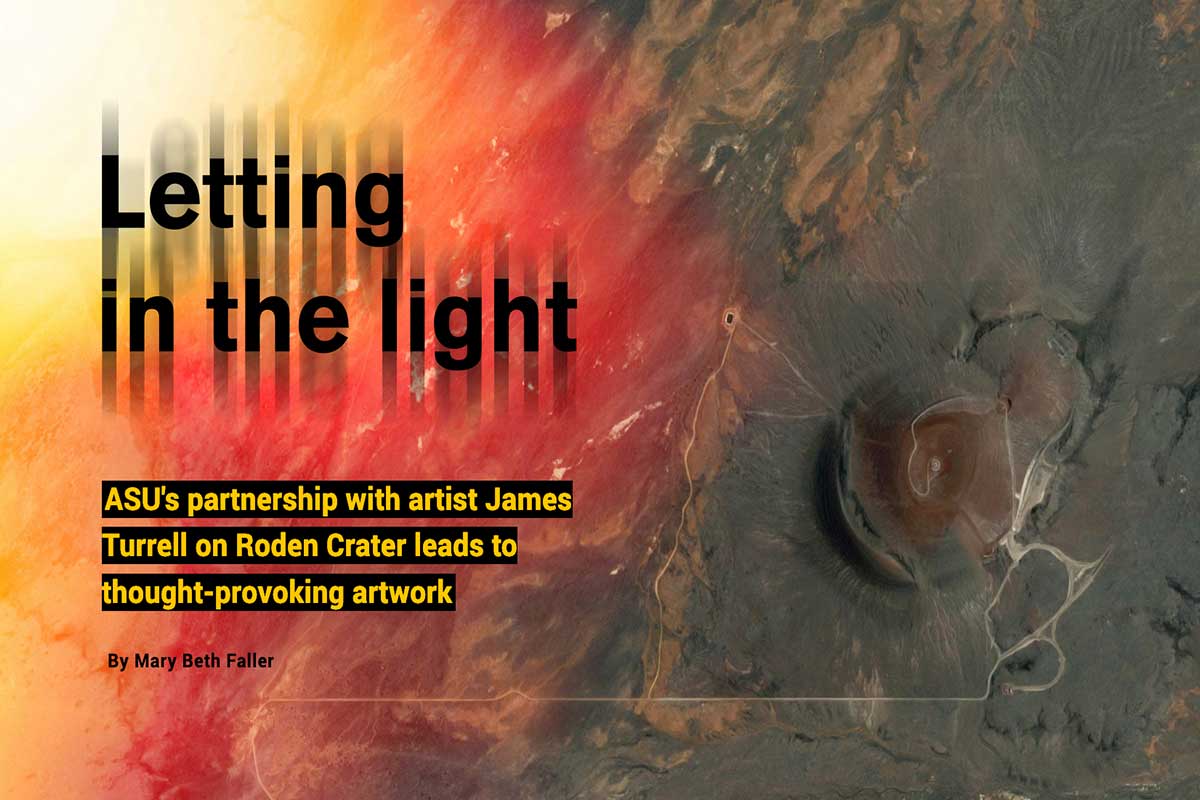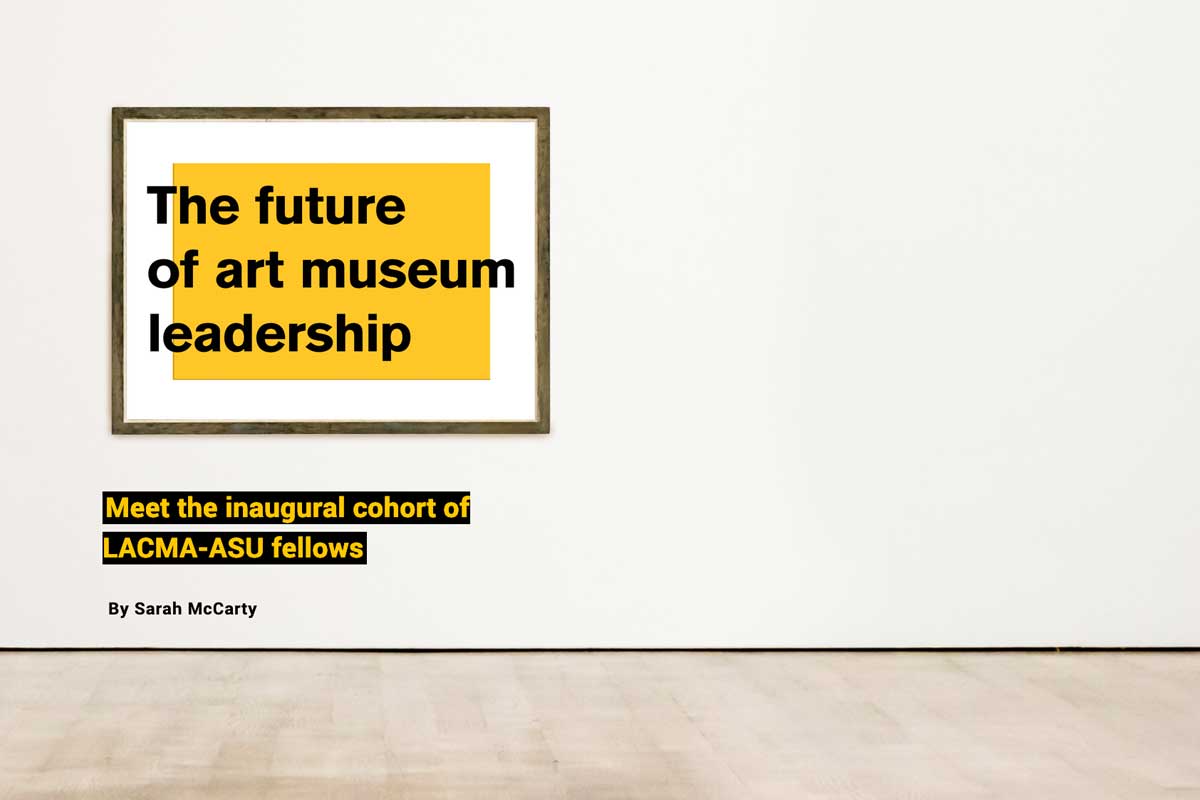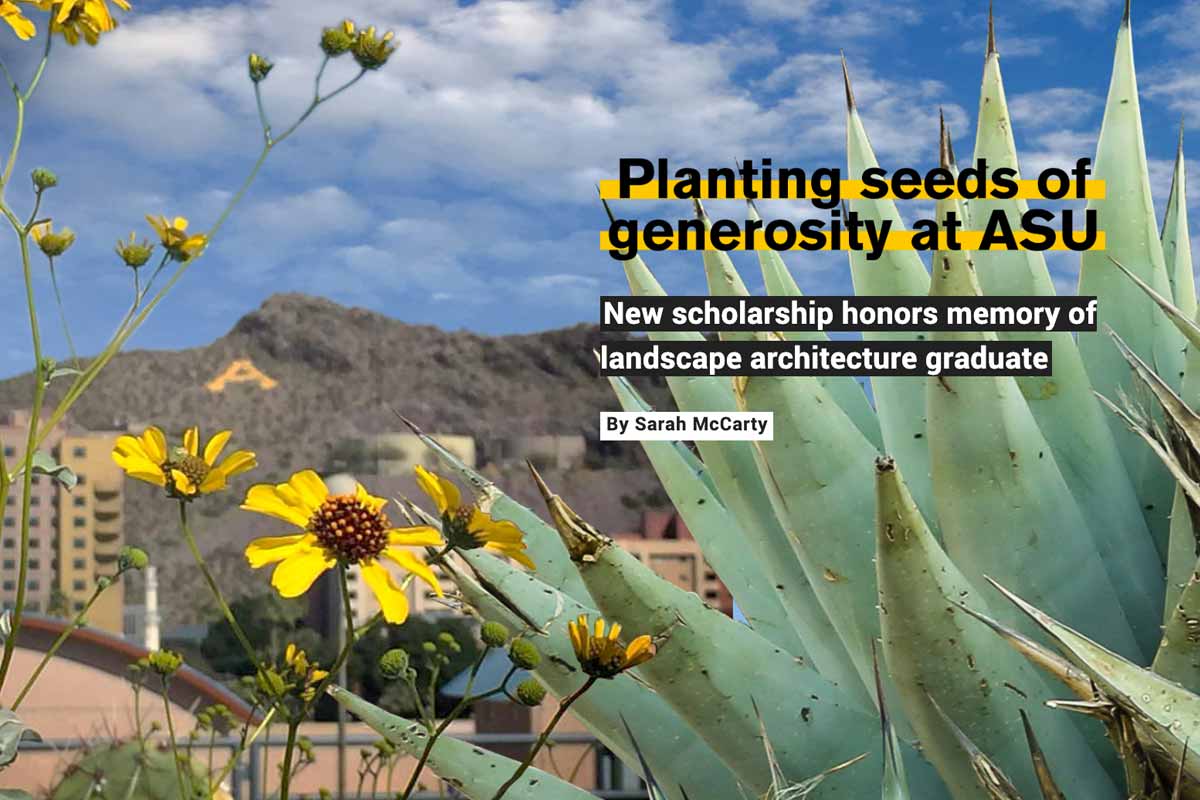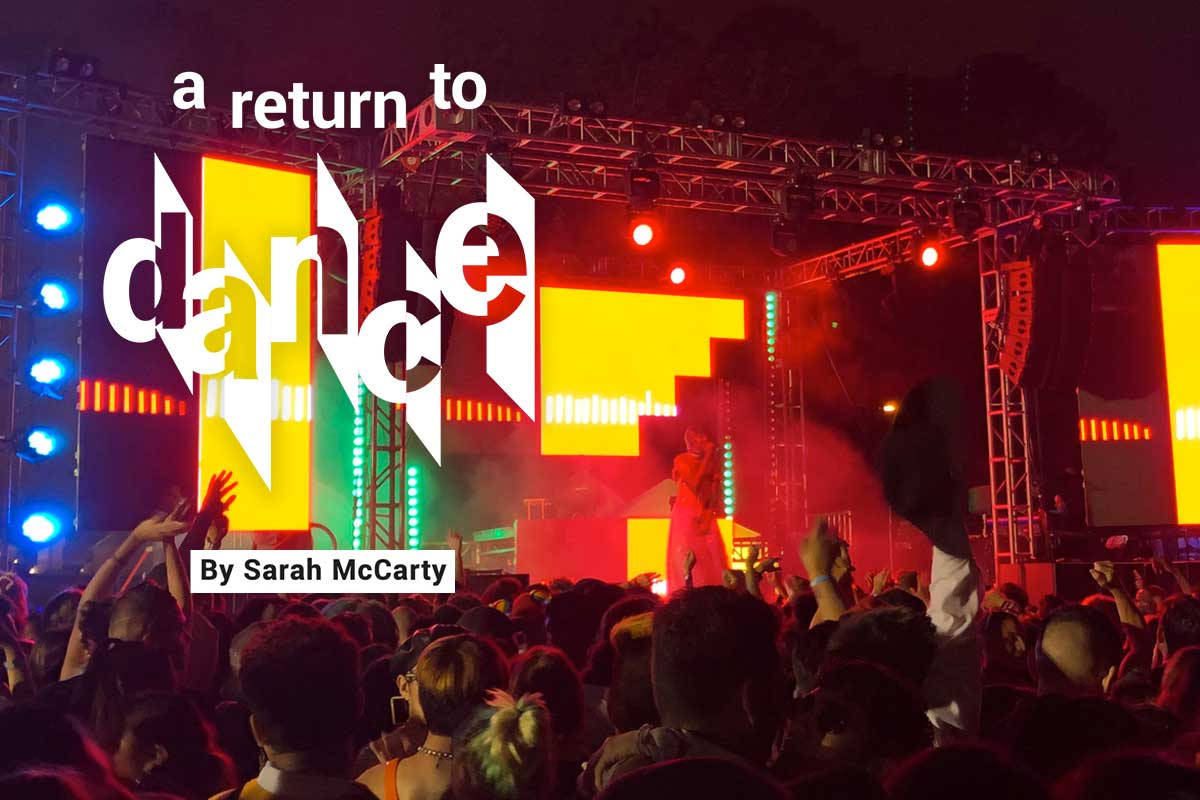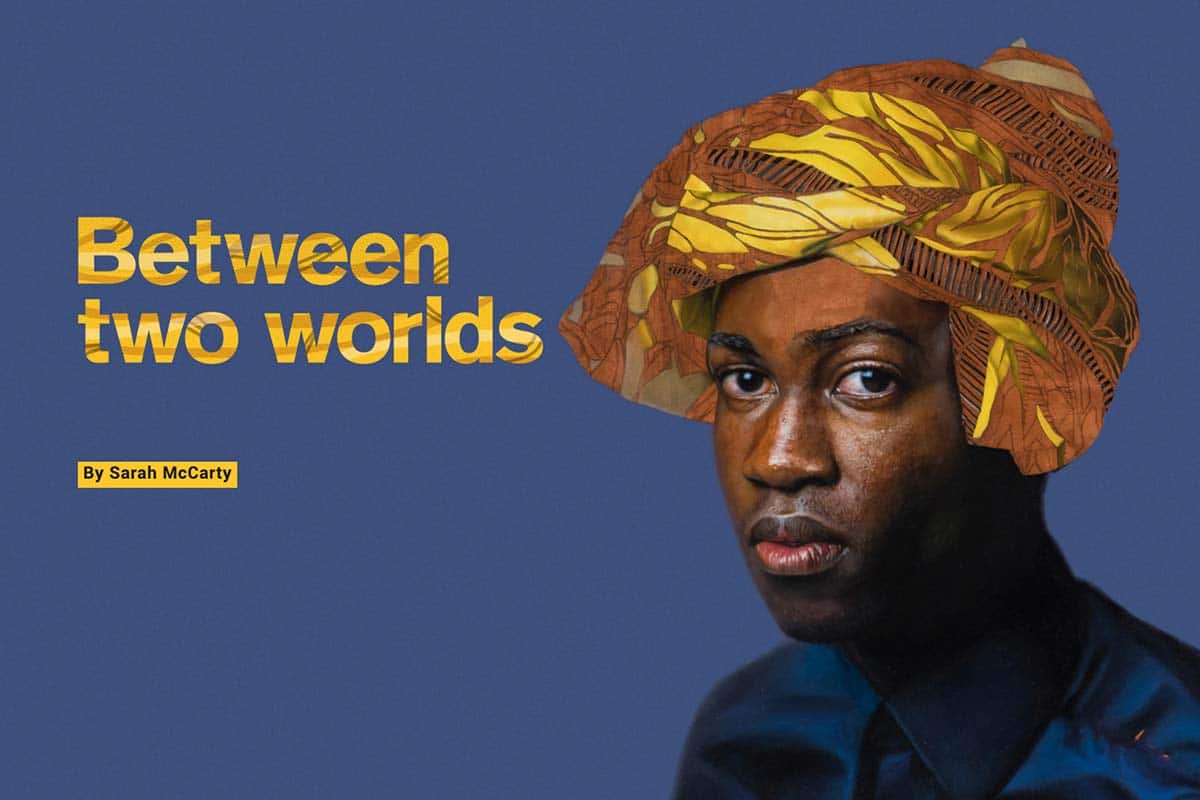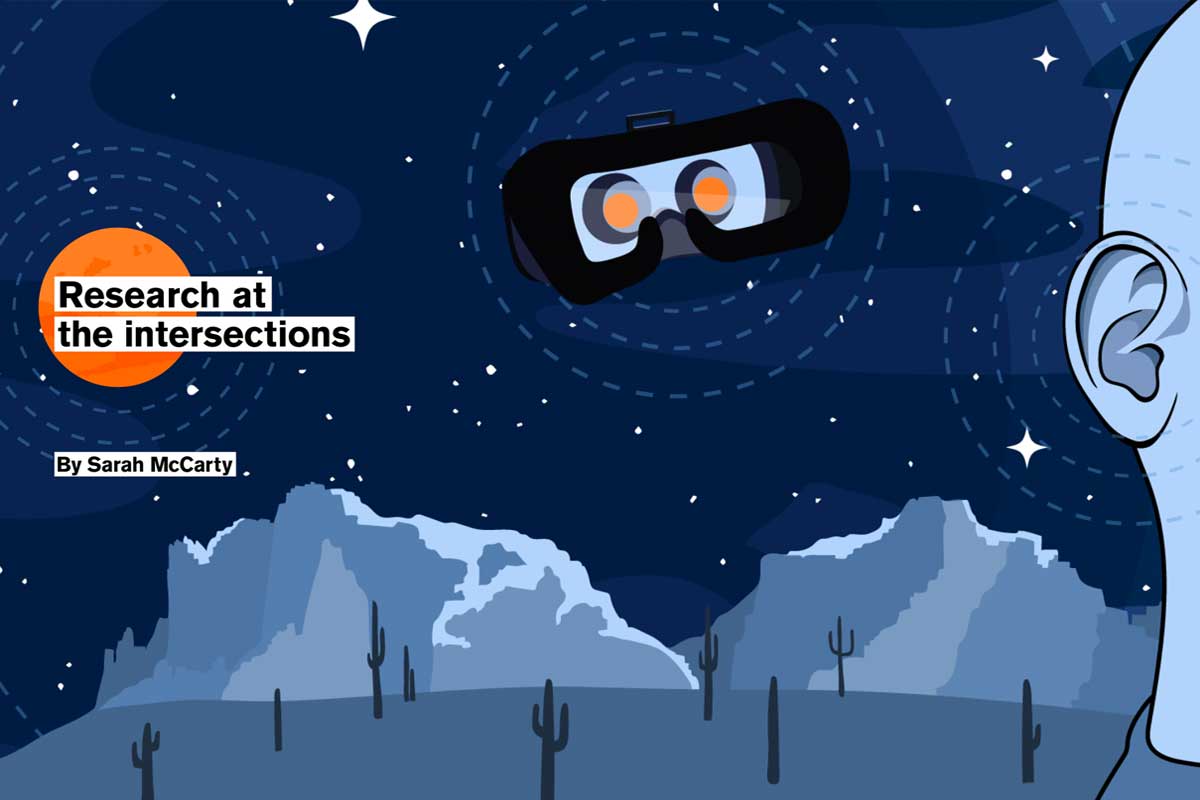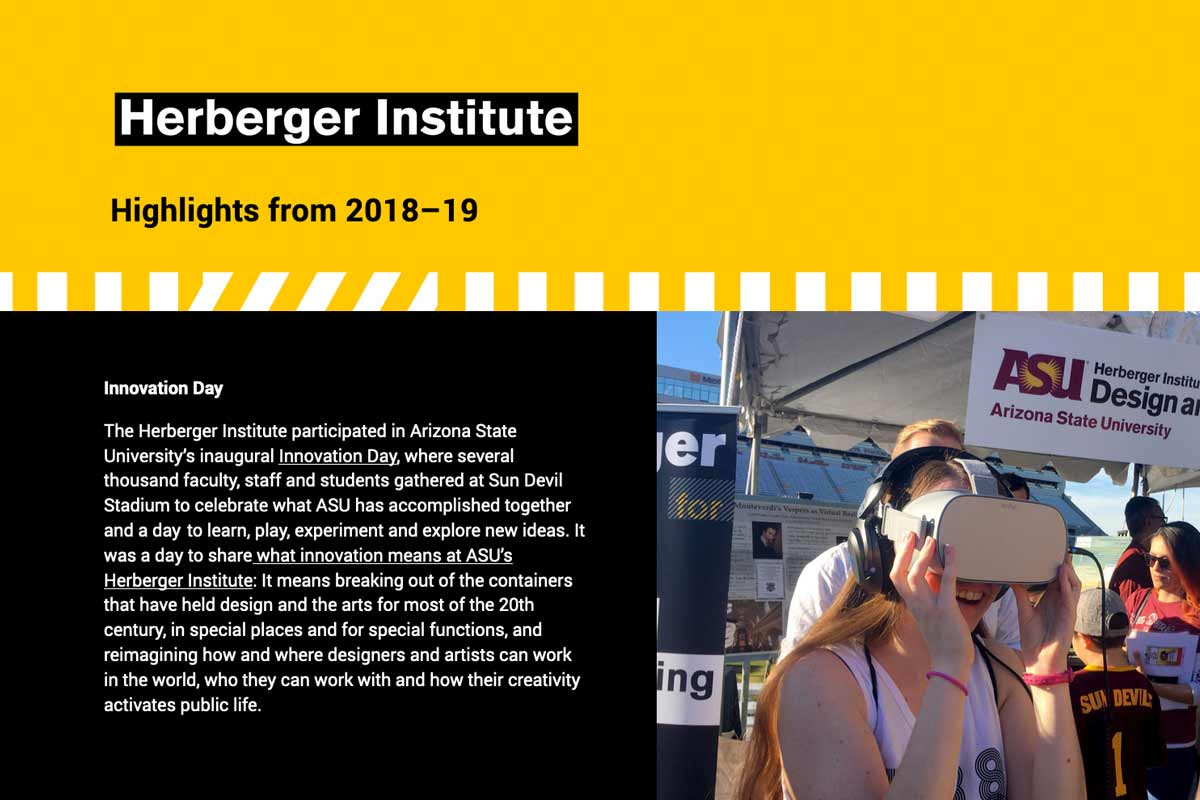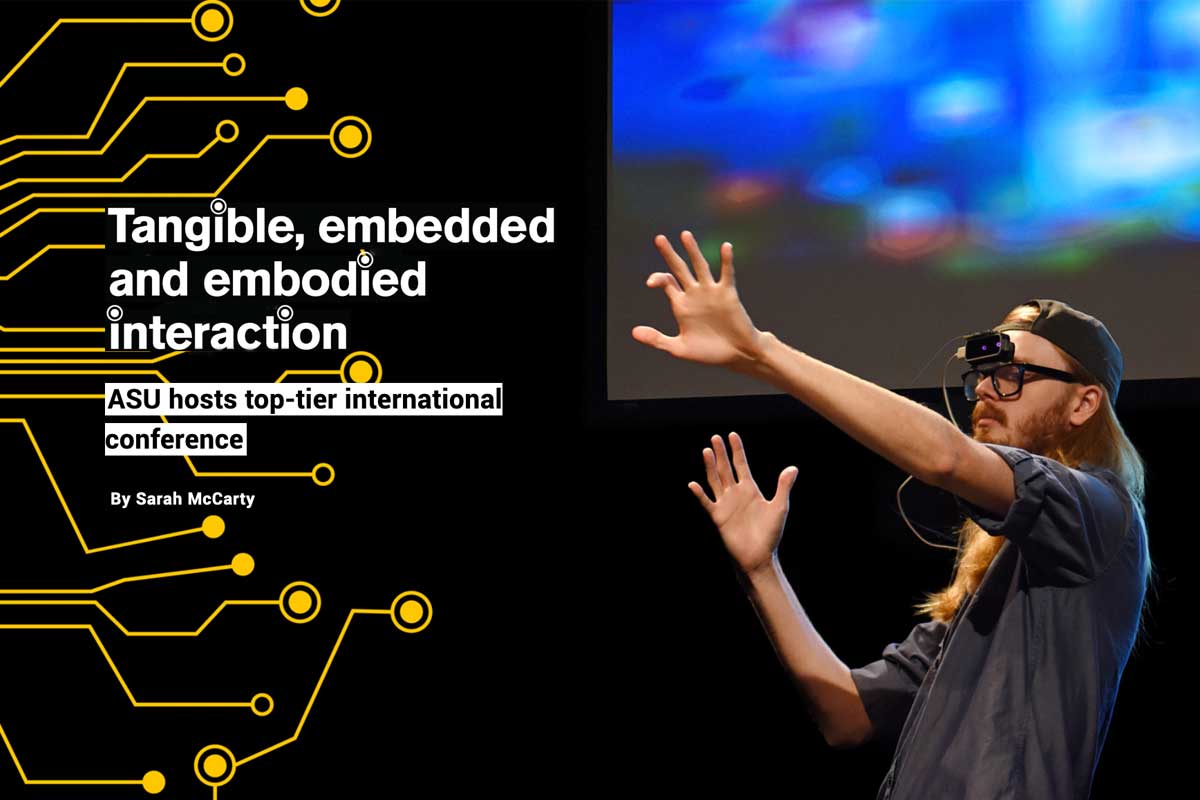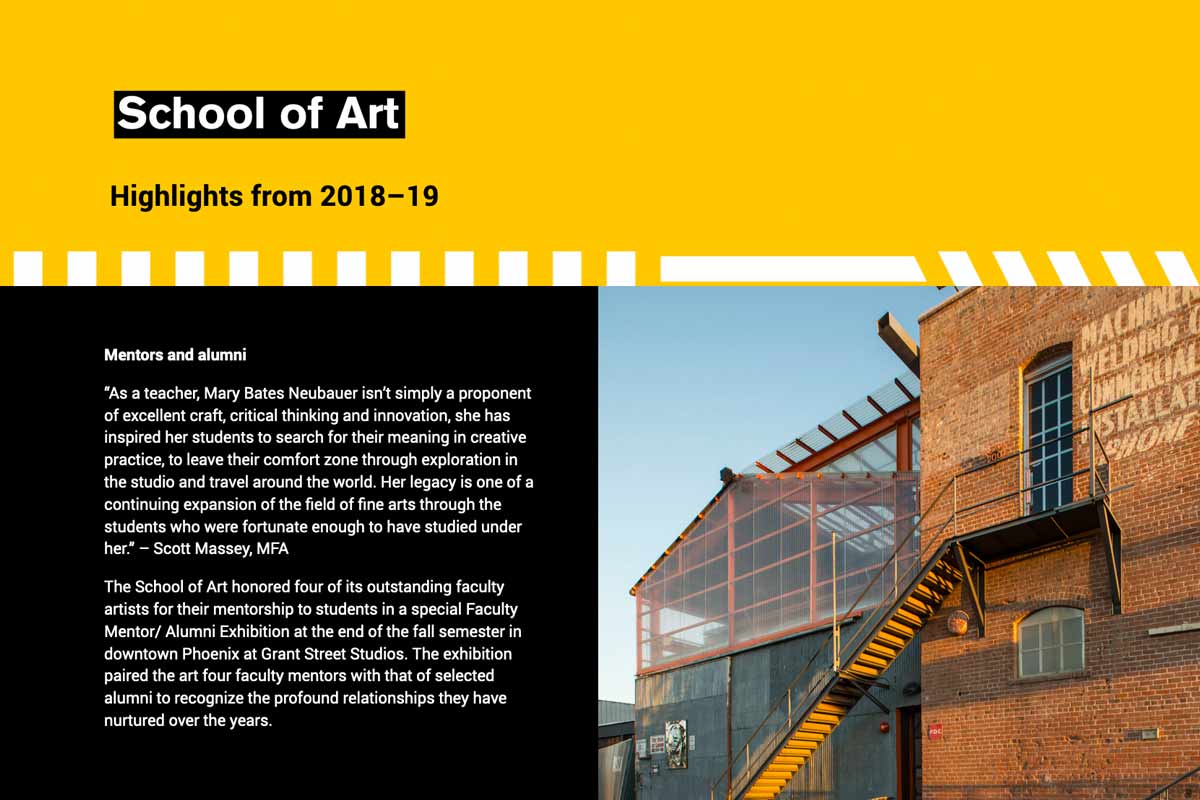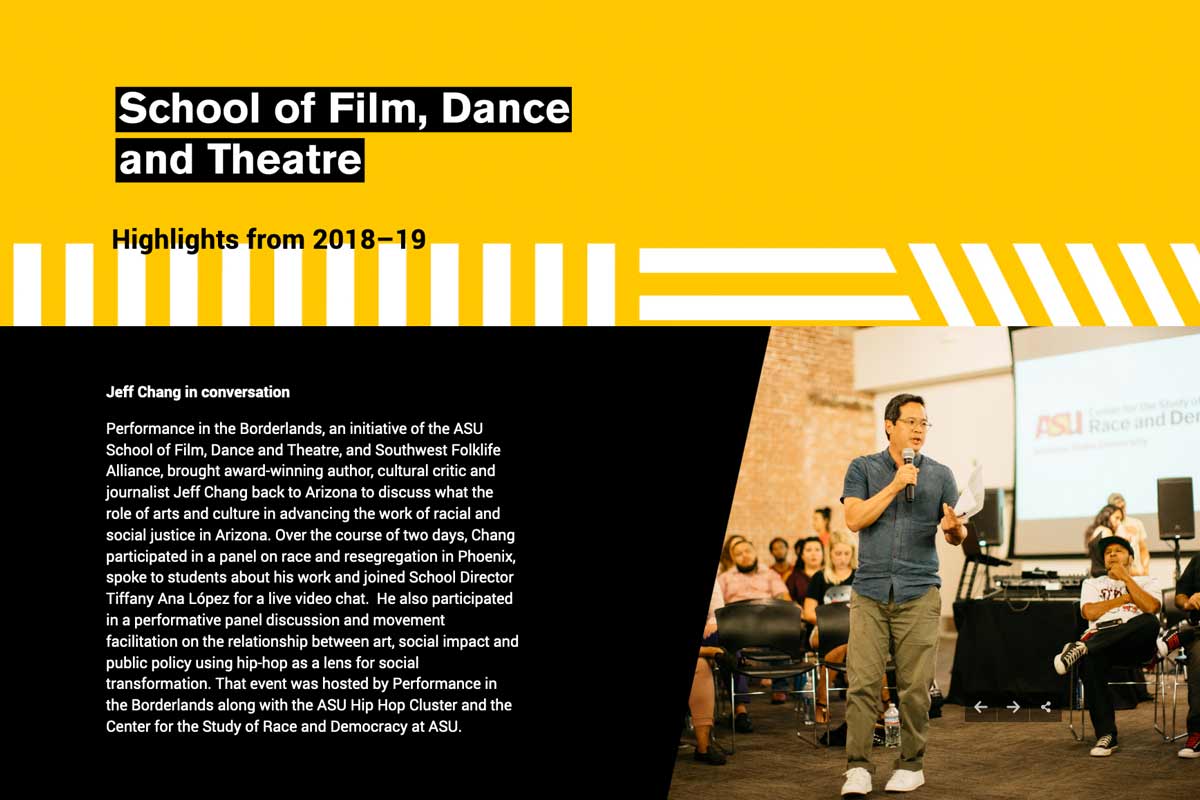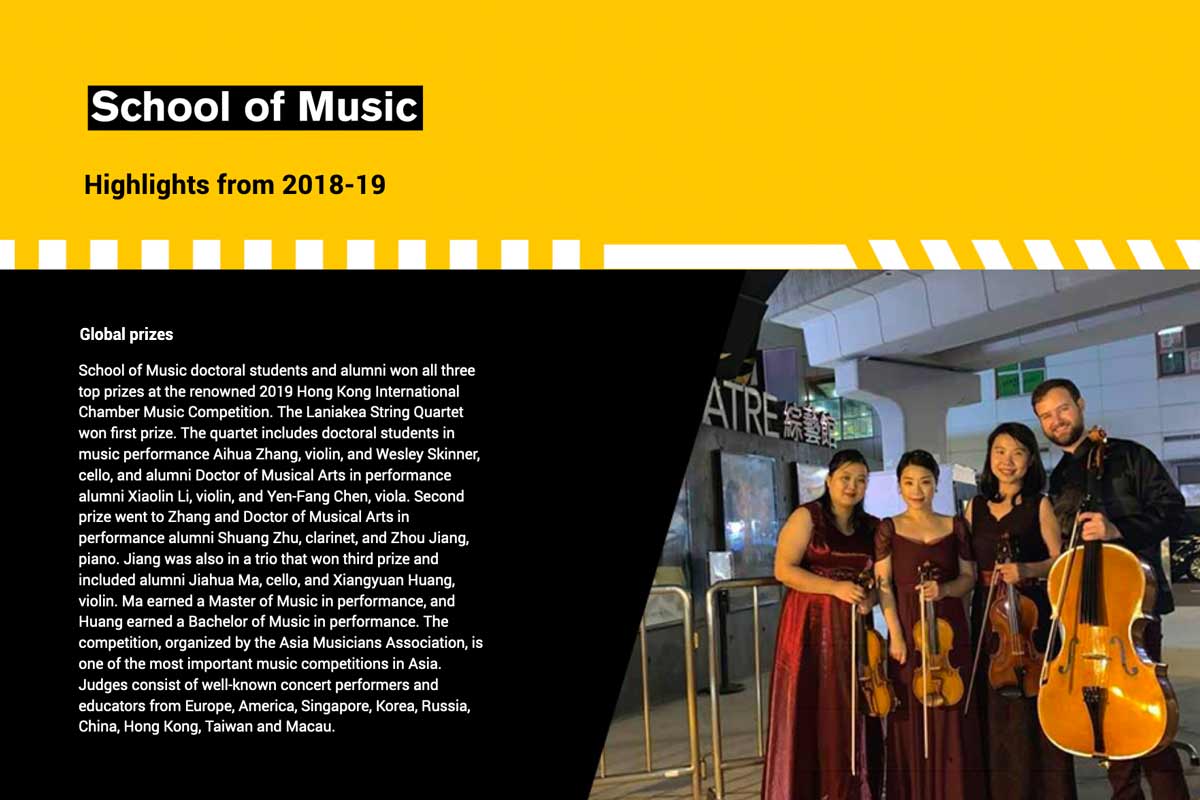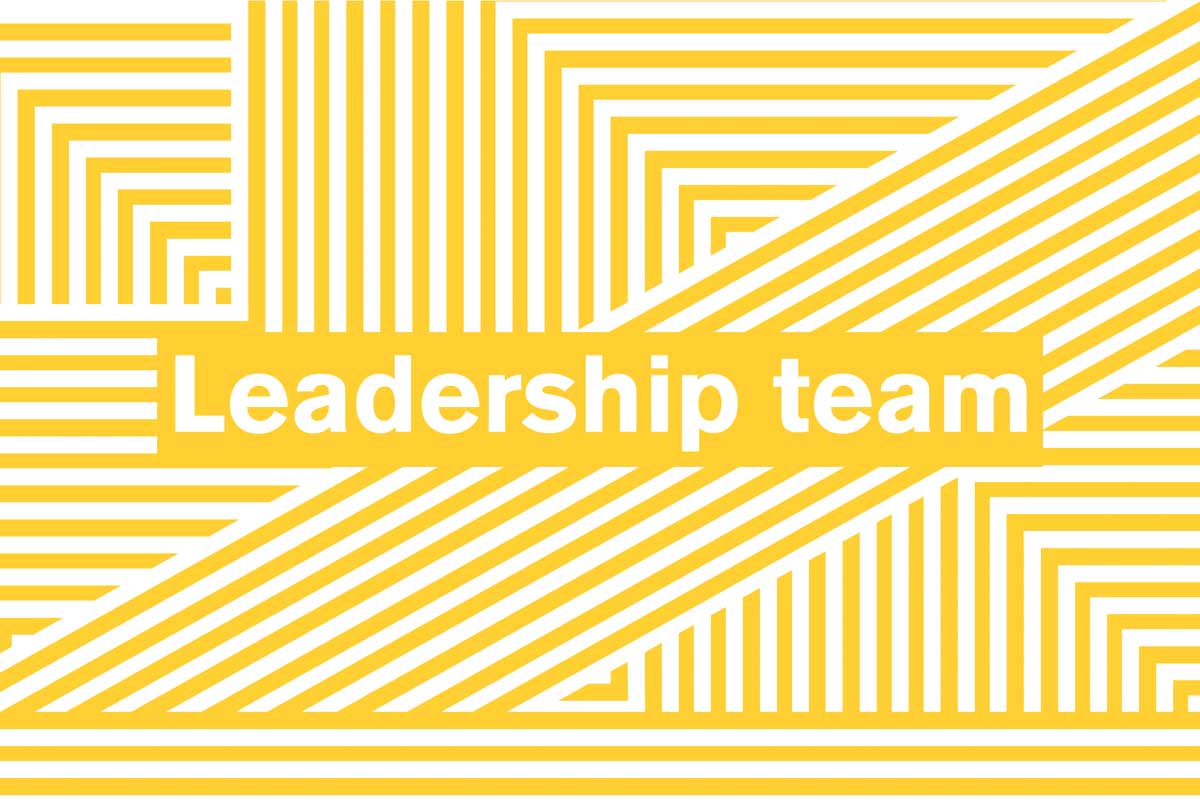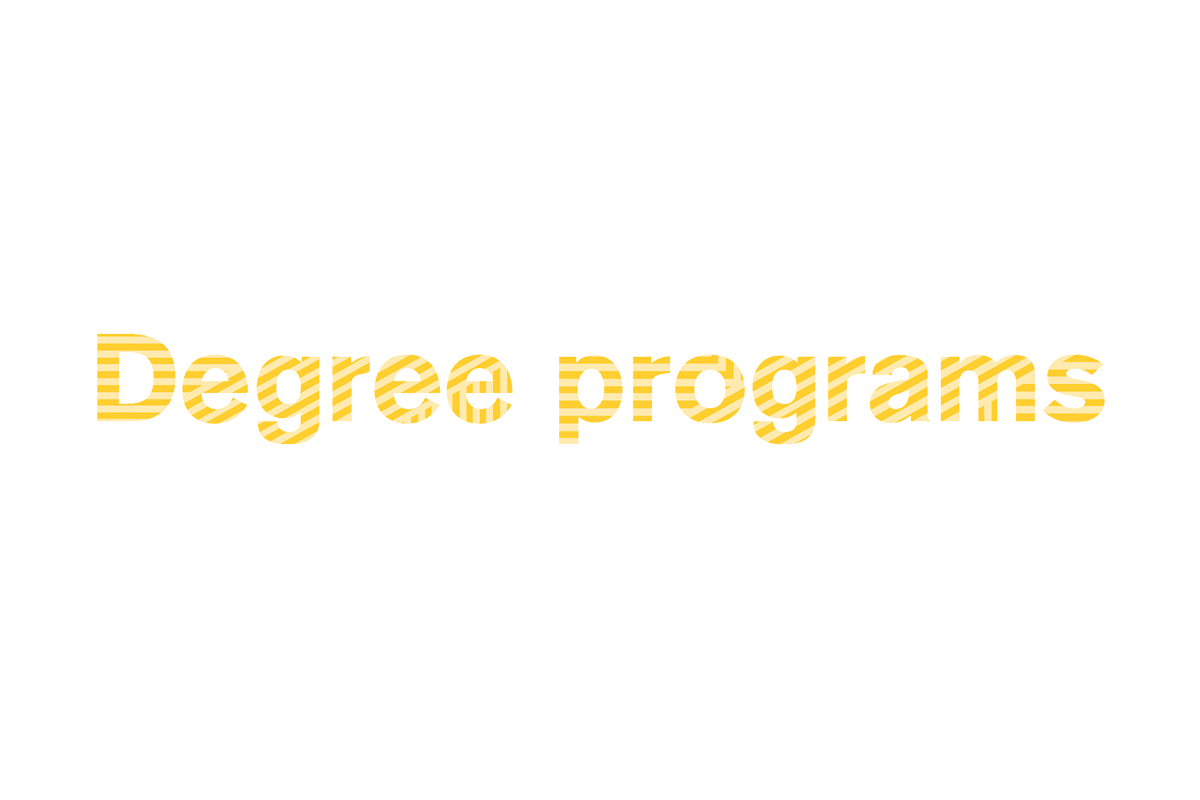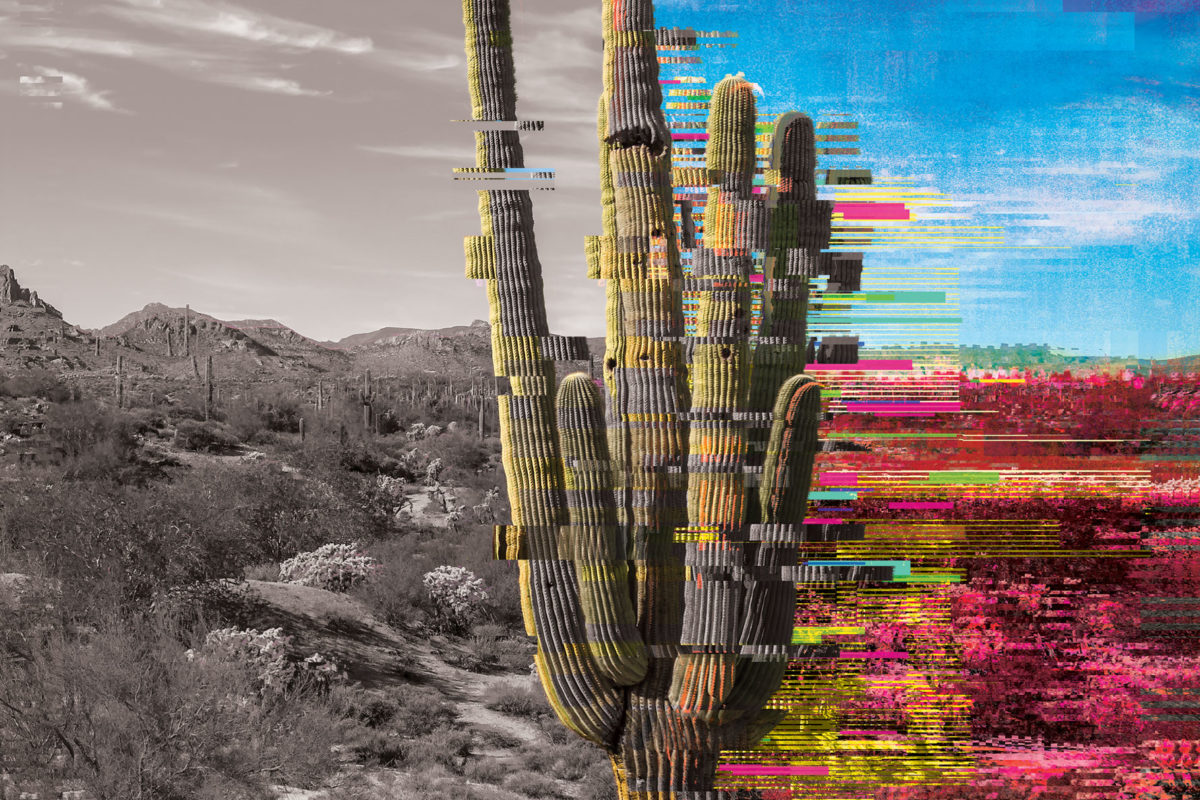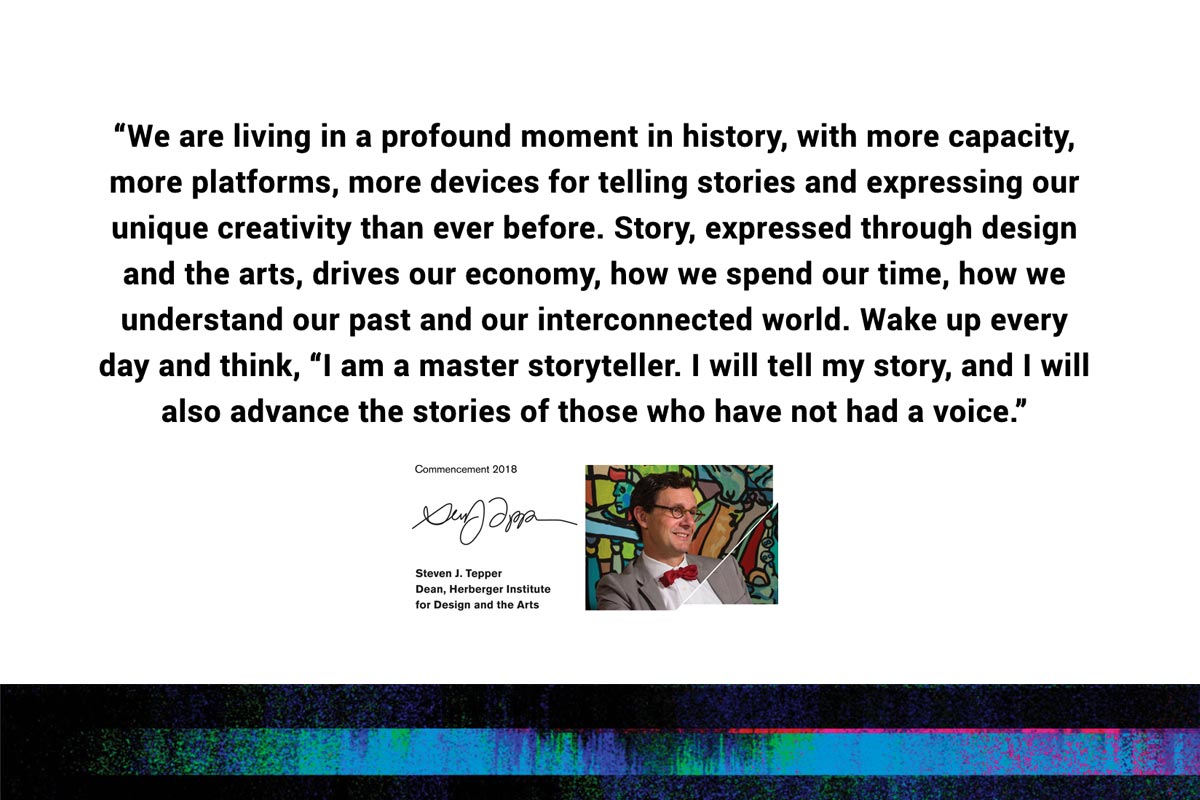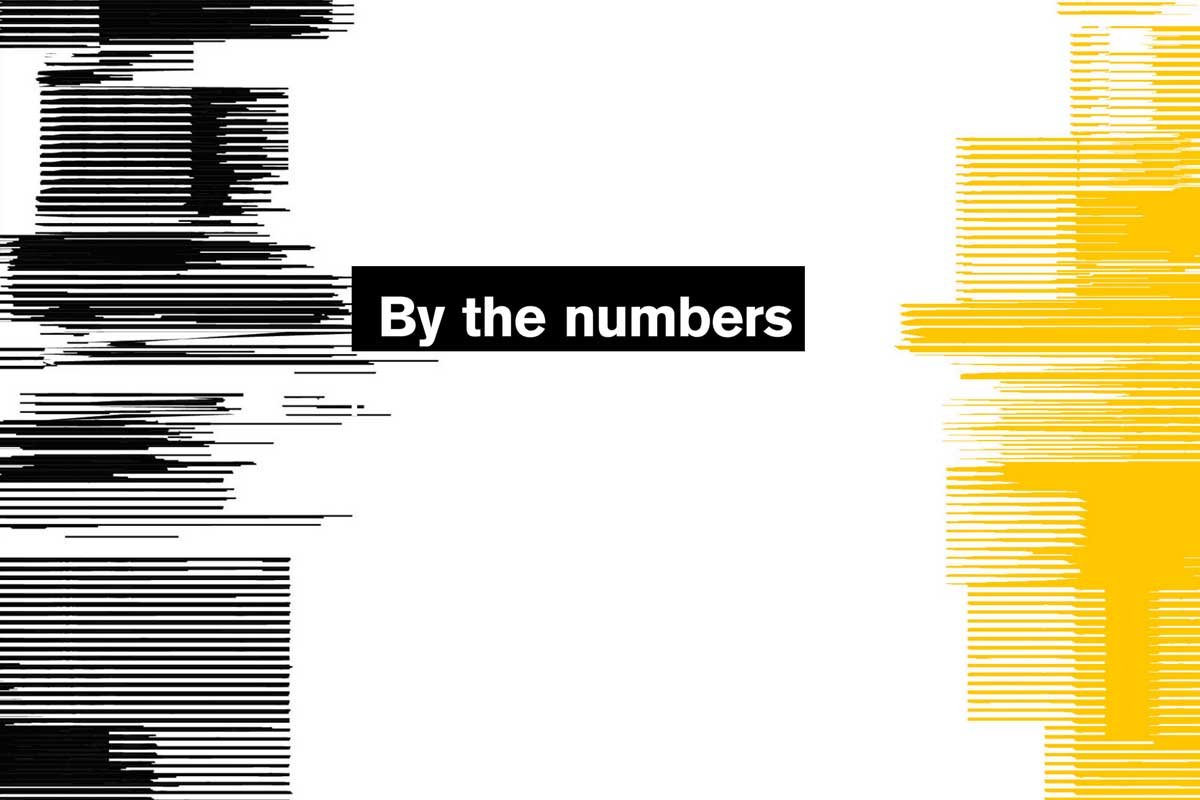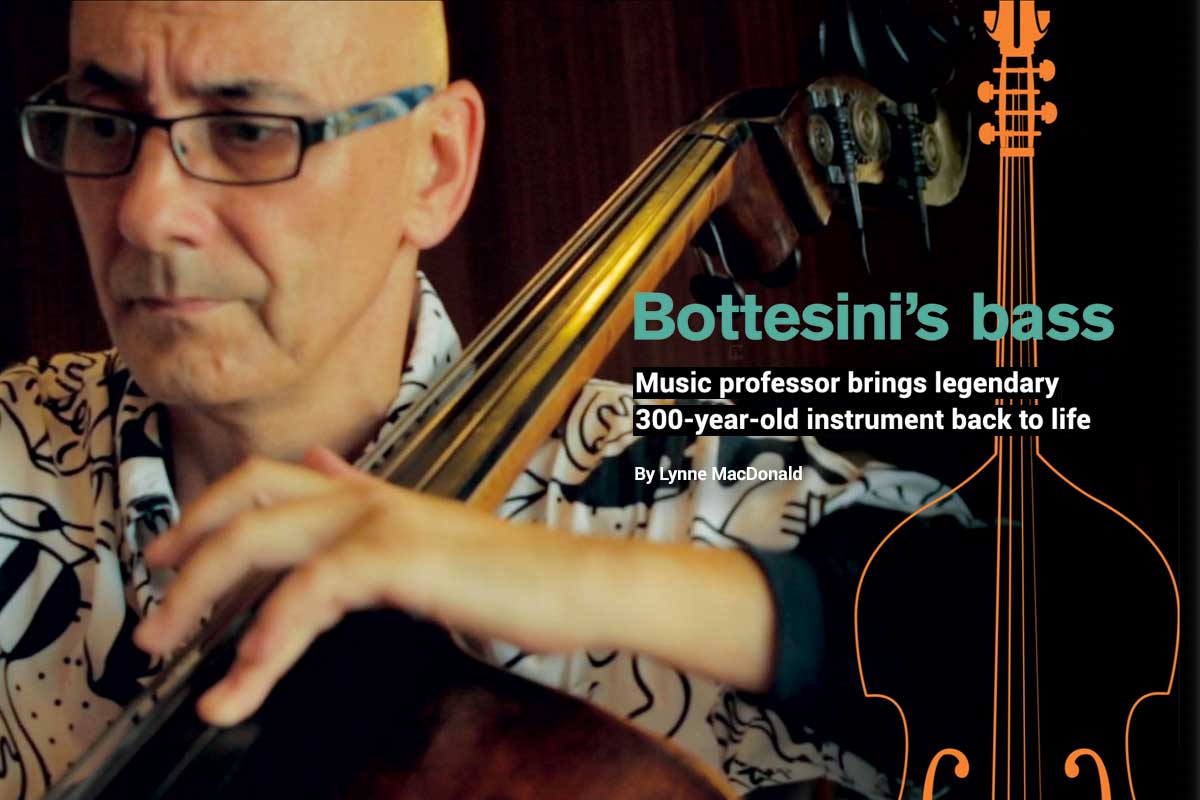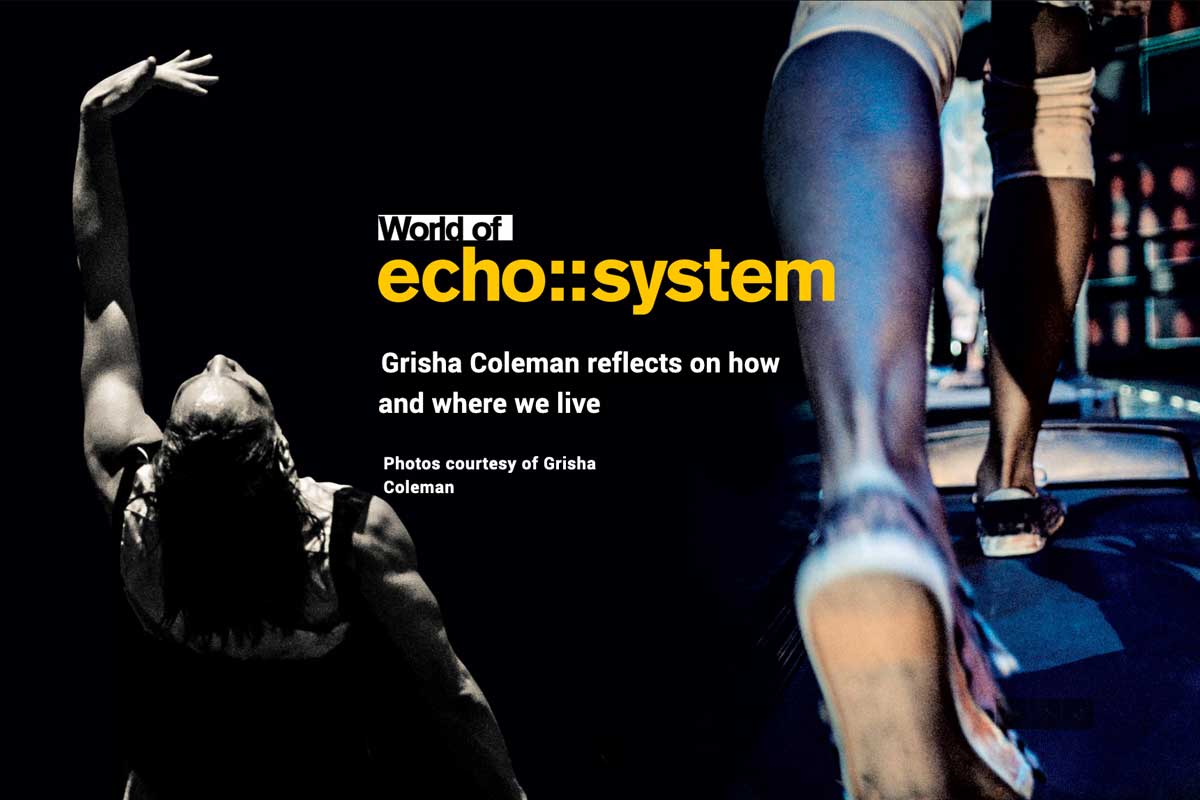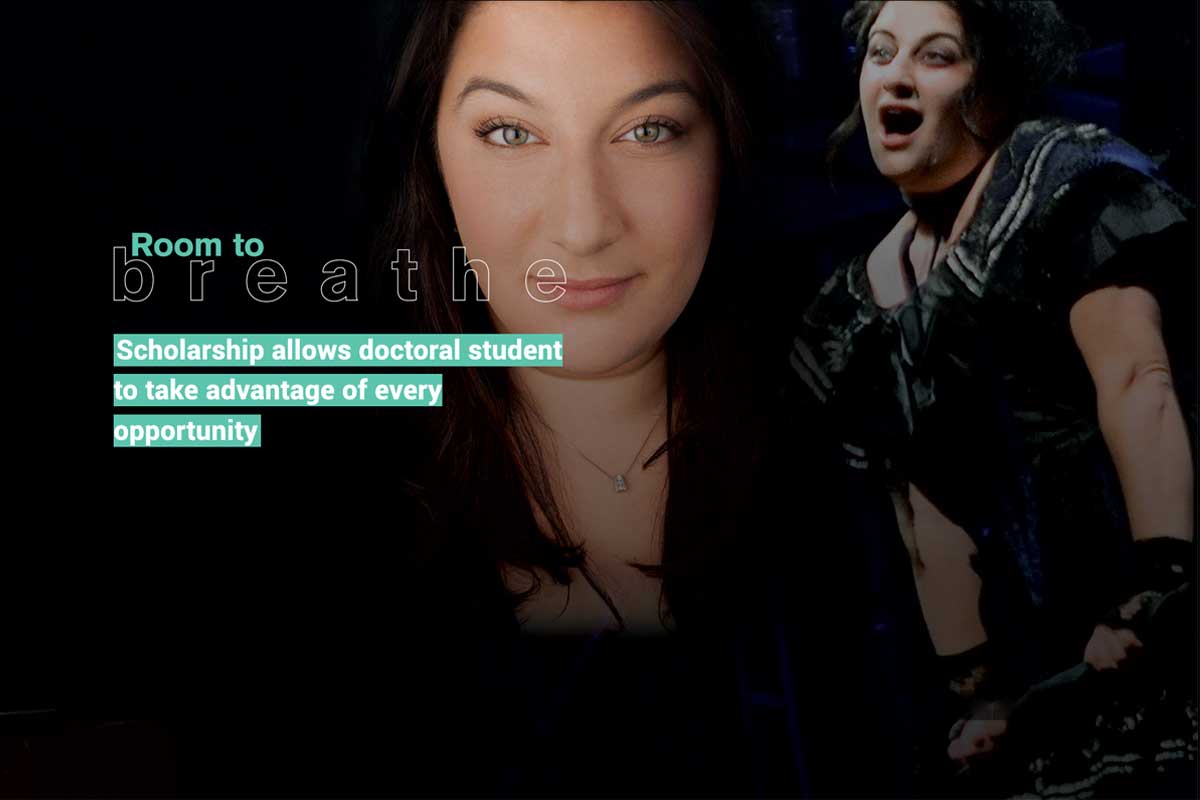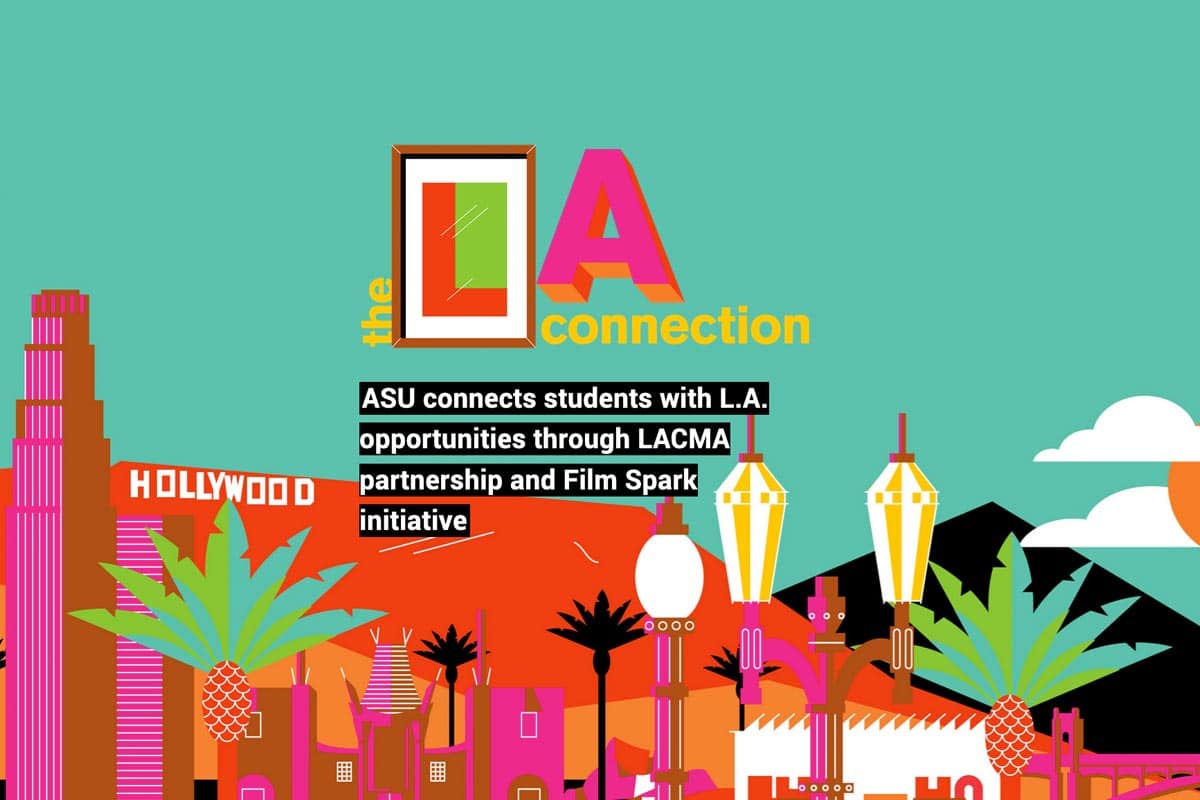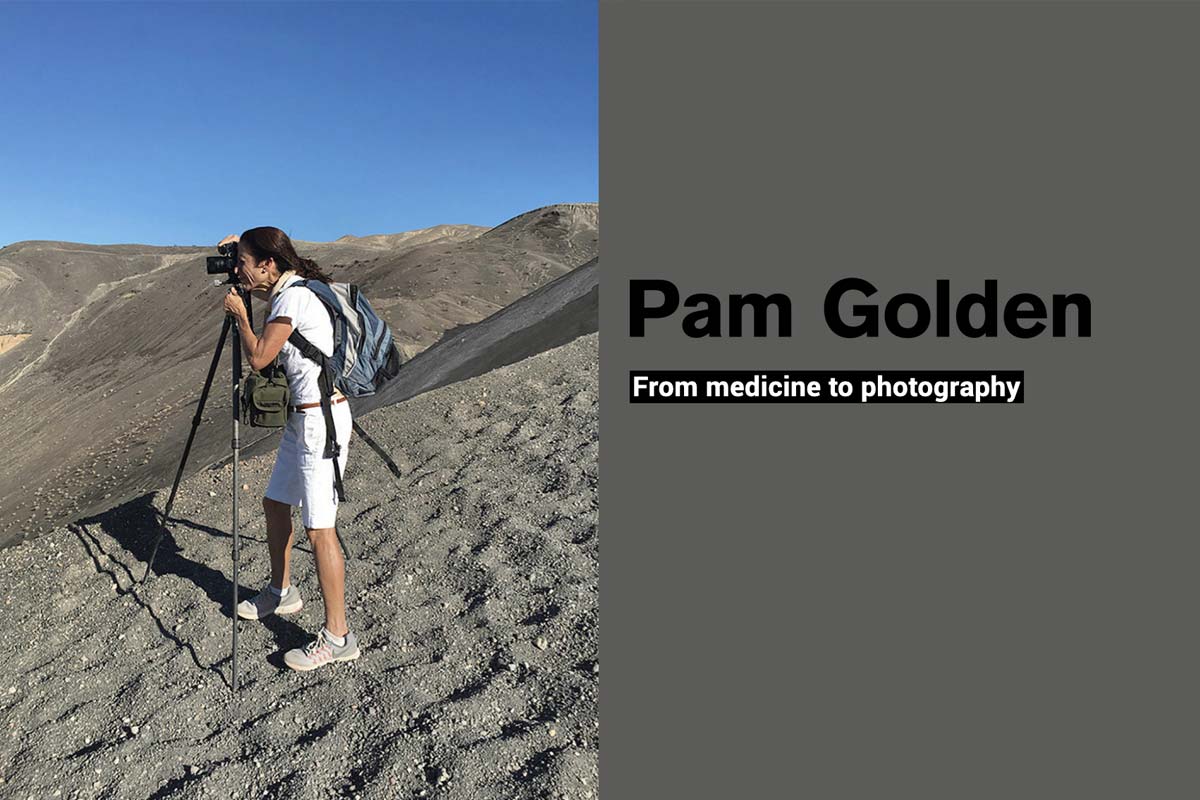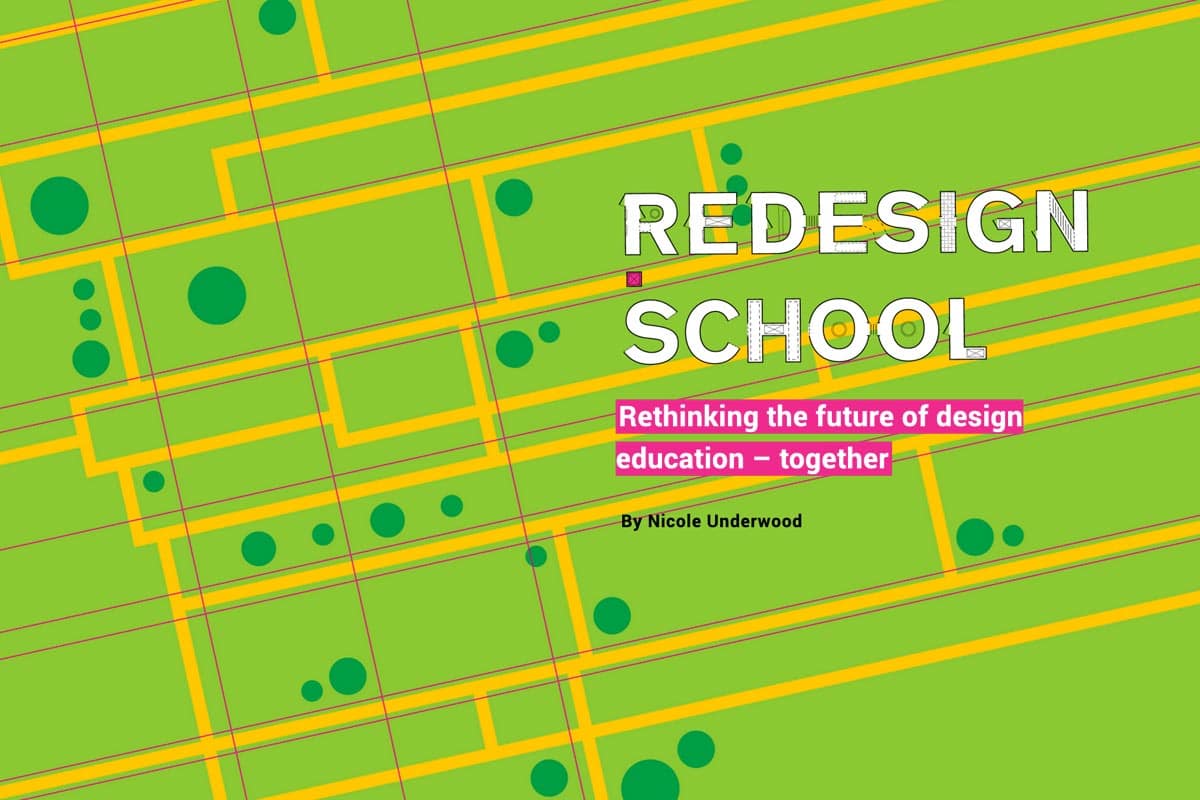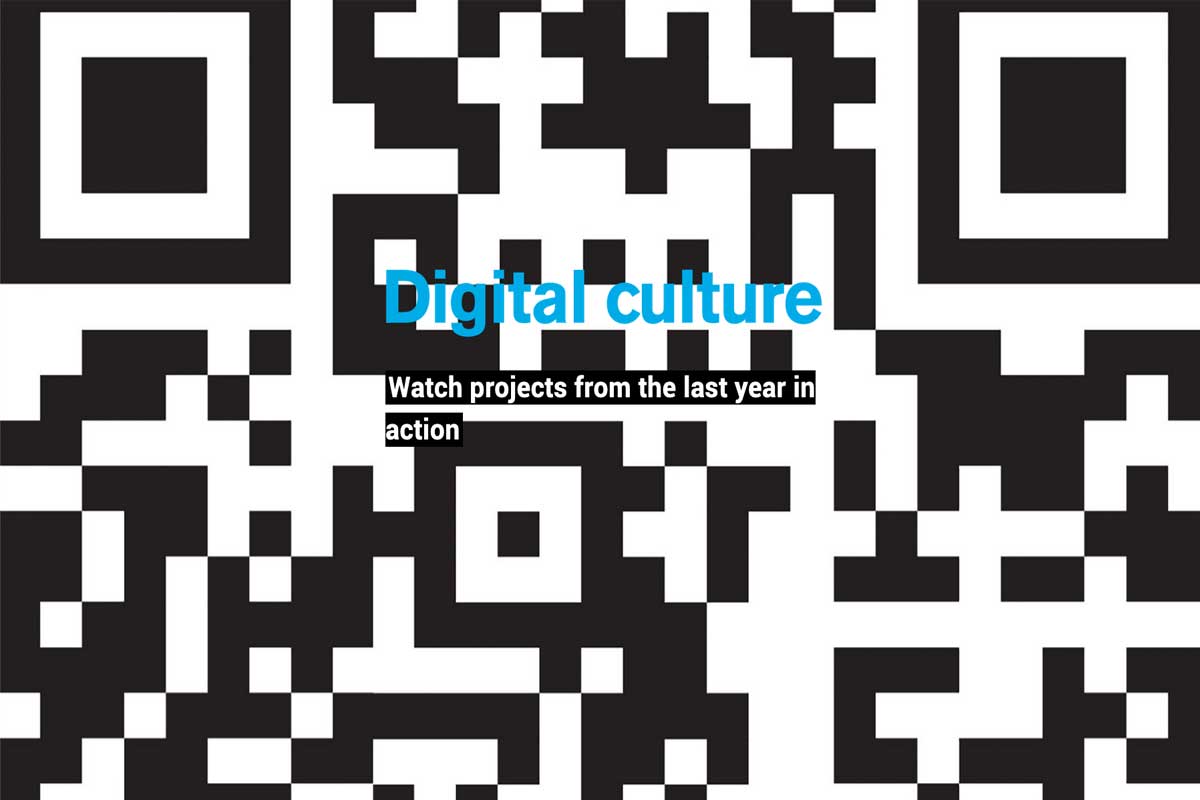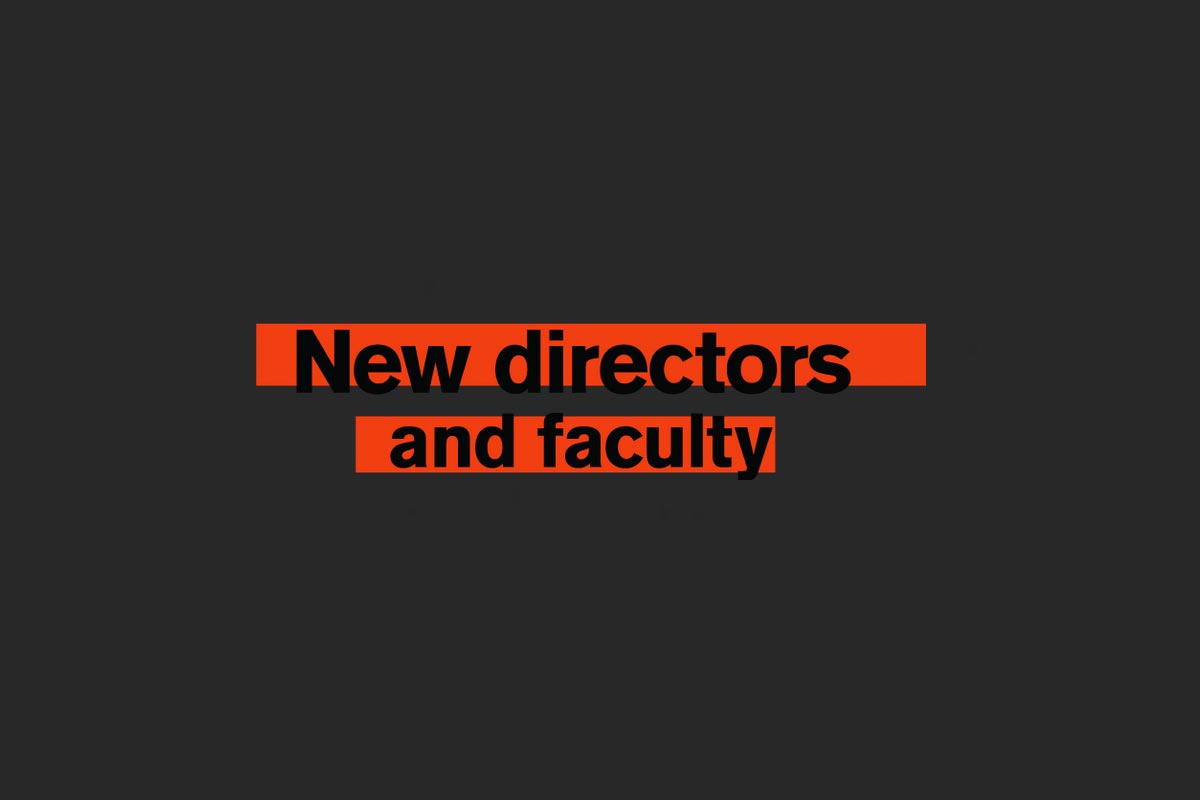“I’M NOT WALT DISNEY,” says composer, dancer, choreographer, writer and technologist Grisha Coleman. “But I want to create worlds, too.” As inspiration, Coleman cites the great science fiction author Octavia Butler. Like Butler, Coleman says, “I’m trying to create this other world that can have a pull — in my case, a kinesthetic pull.”
Movement is key for Coleman. In The Movement Undercommons, research she presented at ISEA2018 in Durban, South Africa, she looks at how digital motion capture technology can be used in the field to create a repository of motion capture “portraits.”
“This project explores how identity can be recognized through movement,” she says. “The data is important, and more, what we do with the data is important. Artists have a history of re-imagining technology that was built for one thing and making it speak to another. In this case, it’s about visibility, who gets recorded; do they have agency, or sovereignty over their own images, their own sound, their own bodies?”
“You can’t always know what the use and depth of this kind of work could be,” Coleman says. “The data can be used by a range of people, by ‘creatives’ who make cool stuff with media, but also by geographers and anthropologists and people in dance studies and somatic research. We have never before had a technology, a process that can capture human movement at this level of detail and dimensionality.”
echo::system, another of Coleman’s ongoing projects, imagines a series of large-scale multimedia environments also rooted in movement and ideas of who we are in the world.
In Leonardo: Journal of the International Society for the Arts, Sciences and Technology, Coleman describes echo::system as “a fusion of art installation, choreographed multimedia performance and public engagement that looks to mediate a connection between art and science. The project creates alternative environments to promote reflection upon how and where we live.”
Coleman began exploring these themes in 2003 at the Banff Center New Media Institute, resulting in a live-art installation of “The Abyss,” set in a ravine beside a building at the California Institute of the Arts. In 2016, she developed “actionstation.2-the desert” as a commission from the Maggie Allesee National Center for Choreography (MANCC).
Coleman and her team of dancers, media artists, musicians, researchers, scientists and an architect explored desert environments through a dance-driven performance at the Yerba Buena Arts Center in which a nomadic tribe is “caught in a paradox of walking without traveling, by taking their treadmills on a vision quest to seek knowledge of the evolutionary future of their species.”
Marc Bamuthi Joseph, the spoken-word poet, dancer and playwright who serves as Yerba Buena’s head of programming and pedagogy, told the San Francisco Chronicle at the time, “The immersive media landscape that Grisha’s creating is a contemporary means to connect back to the outside.” In the future, Coleman envisions three more chapters or worlds for echo::system — “Forest,” “Prairie” and “Volcano.”
An associate professor of movement, computation and digital media in ASU’s School of Arts, Media and Engineering with an affiliation in the School of Film, Dance and Theatre, Coleman grew up on Manhattan’s Lower East Side, surrounded by musicians, artists, writers and dancers.
After college, she joined the renowned dance group Urban Bush Women, formed her own music and movement company, HotMouth, and then went on to earn an MFA at the California Institute of the Arts.
Coleman brings her curiosity and her richly varied background to bear on her work. During her residency at MANCC, she made a point of meeting with professors from the art history and English departments, who provided dramaturgical context from their respective disciplines.
“It’s a two way discussion, what one field has to contribute to or receive from others,” Coleman says. “I think that kind of hybrid research is very potent.”



